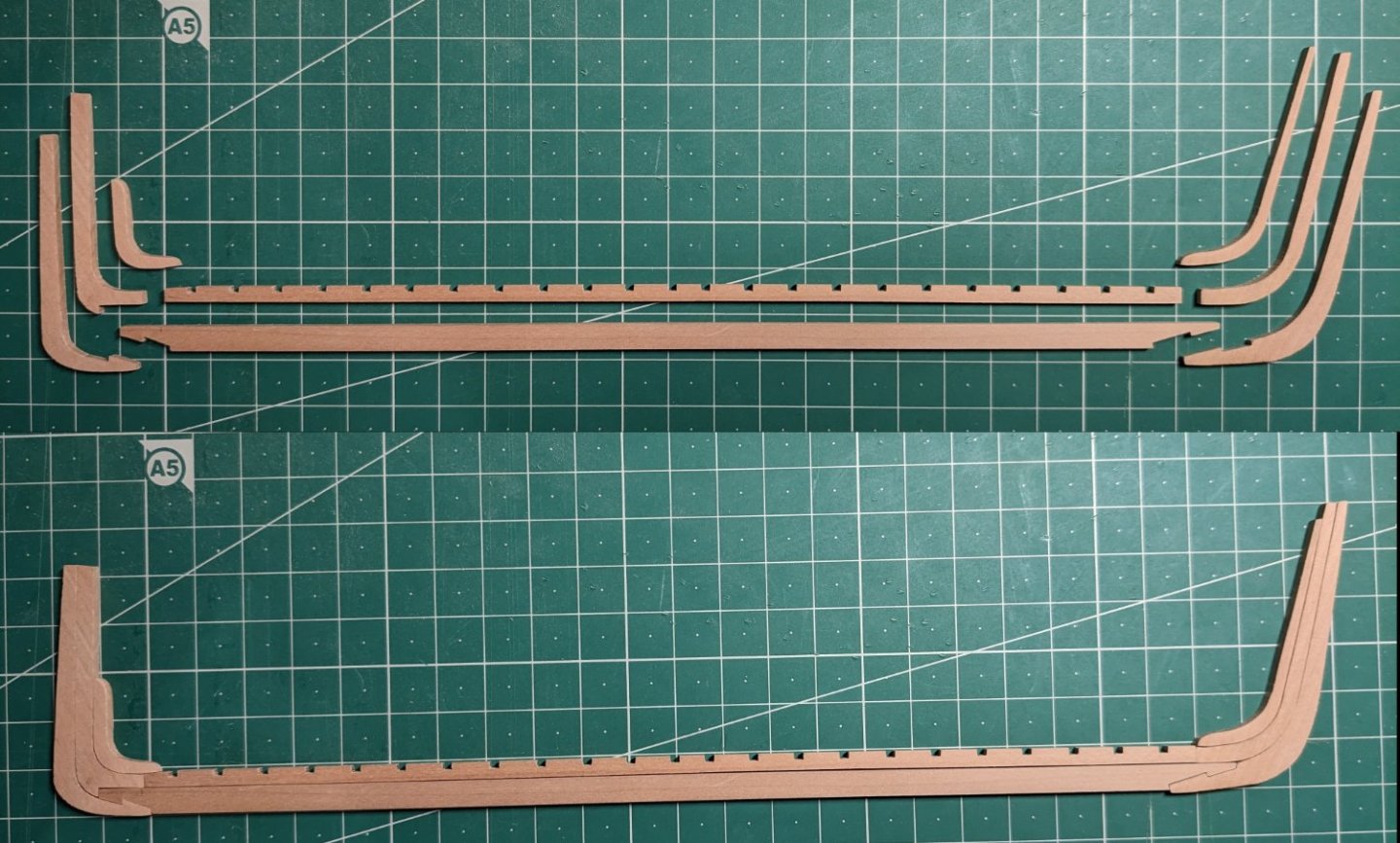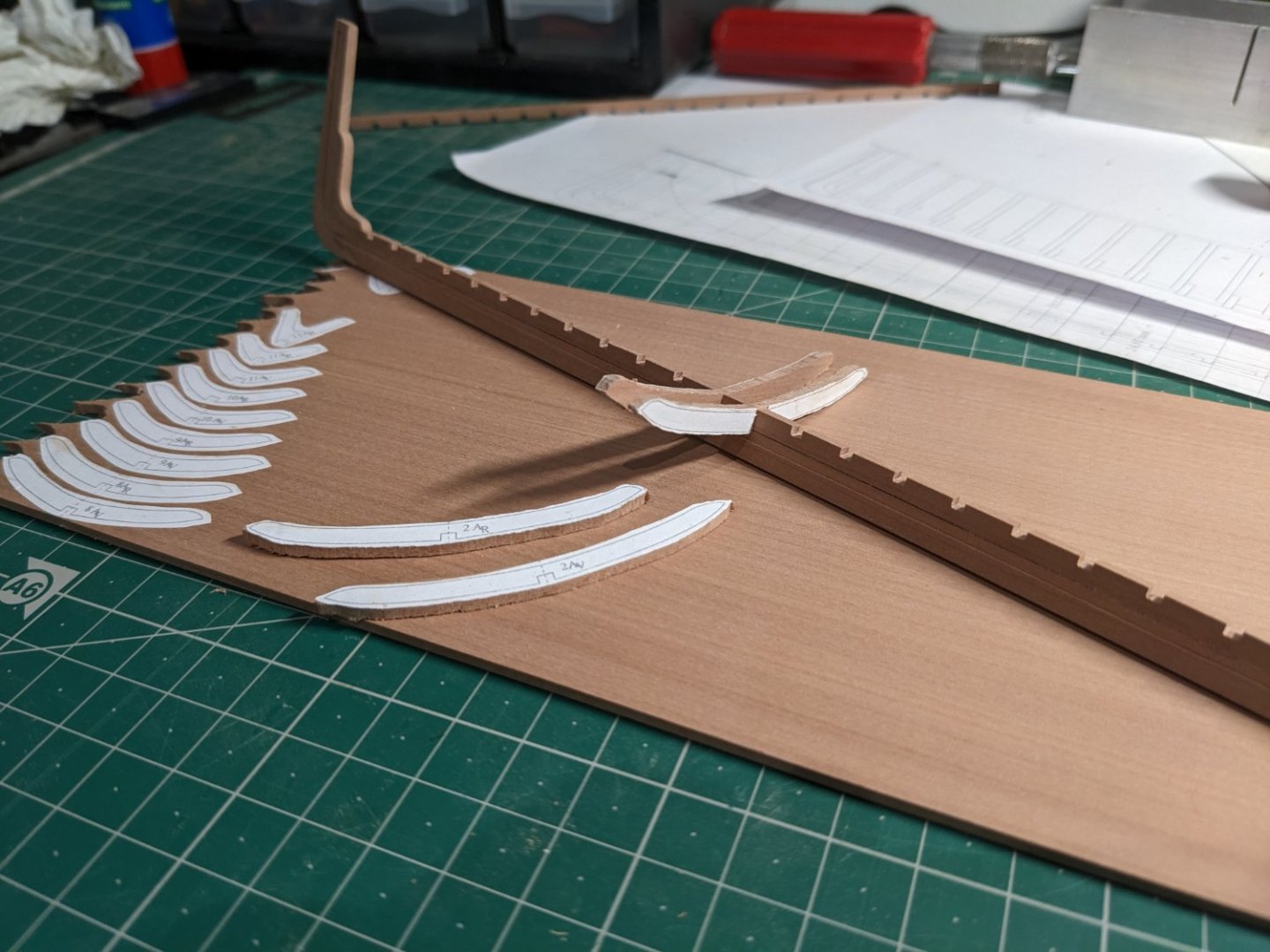Search the Community
Showing results for tags 'Ancre'.
-
I wasn't sure whether to put a build log on here as this is my first POF build and I'm not sure how it will go. I keep on asking random questions about issues that I've had, and to me it would be better to put them all in one place. So I've taken the plunge and I'll give it a go. I'm building Le Rochefort using the Ancre Monogragh which in itself is a lovely piece of work. I'm also using the book by Adrian Sorolla called Model Shipbuilding Dockyard Style. So why Le Rochefort and also at 1/24th scale? I chose this ship after having communicated with a few people on this forum as to what a good first ship would be. I didn't want to start something that I would loose interest in due to my lack of skills and experience. I only ever build one ship at a time and my last two boats have been POB builds at about the same size as the 1/24th scale version. So building in this size will feel familiar to me and let's be honest we all like a big ship! Time is one of my biggest issues as I'm a truck driver and my job takes me away from home all week, so I only get to work on it at the weekend which also has to fit in family time. So thats an introduction of me and why I'm building this lovely ship so I believe its the right thing to put a bit of history on here too. Le Rochefort 1787 This is the third ship of this name and was built in Rochefort France in 1787 on the plans of Hubert Penevert. It was classed as a yacht and was designed to navigate the shallow waters of the Charente. Its job was to carry powder from the safe port of Rochefort to the larger fighting ships that could not sail the Charente and as such had to wait in deeper water in the estuary. Its design was very detailed such as specific instructions on how the hold must be fully planked and caulked and a floor above the keelson. This details were all about keeping the powder dry. One funny reference is to the ships kitchen and how it says that it may not be used with powder on board. So I hope all of the above makes sense as I'm certain that I will need to ask many questions. The good news is my kit has arrived in the form of Castello planks Mark
-
I have finalized my decision to build the French four-masted privateer L'Invention based on the recent ANCRE monograph authored by Gerard Delacroix. The ship was built 1799 - 1800 and sailed its first campaign in 1801; unfortunately just 9 days later L 'Invention was captured by a pair of English frigates. It was soon sold, reconfigured with three masts and put into use as a trader. Later it was captured again, resold, and was lost in 1810. When initially captured by the English (in 1801) and evaluated by the Royal Navy, L' Invention was highly regarded for its construction and sailing qualities. While not having an exceptionally long life, L 'Invention appears to be unique in design having 4 masts and a very streamlined hull shape. The ratio of length to breadth was 5.28 - typically frigates of the time had ratio s between 3.7 and 4. Importantly, Delacroix notes that the hull shape and masting foreshadowed clipper ship design that would appear 50 years later in the U.S. Over the past couple of weeks I have immersed myself in the monograph and the included 34 plans in order to visualize the order of construction that I will follow. I have decided to begin with frame construction. In particular I will first concentrate on the frames from 13 to 37. These should be the simplest to construct. I will then move fore and aft was the frame construction becomes more complicated. Once that is done, I hope to have become familiar with the qualities of the Swiss pear wood that has been chosen for the model. I will then move to, what I expect to be much more challenging, the axial framework; i.e., the stem-keel-sternpost structure. This order of construction should also keep my work area more open for quite awhile as the big building board will not be needed initially! I am currently milling sheets of pear that will be used to create the frames. Pictures of progress should appear soon!
-
Before I start my build log some information about the real La Créole and the data from which my model will build. The La Créole was a 24-gun corvette of the French Navy. The corvette carried 4 x 18 pdr guns and 20 x 30 pdr carronades. Her plans were drawn by P. M. Leroux in 1827. She was launched in Cherbourg in May 1829. The ship took part in the French invasion of Mexico in 1838, and most notably in the Bombardment of San Juan de Ulloa before French troops disembarked and captured the city of Veracruz. There is a fine shipyard model on display at the Musée national de la Marine in Paris which is shown by many photos in the book of Jean Boudriot (in French). I use the following sources for building my model of the corvette: Jean Boudriot - Historique de la corvette 1650-1850: La Créole, 1827 Now the images of beginning: To be continued... Best regards Johann
-
With my Lancha Chilota build about to shift from wood-working to rigging, I decided that it’s a good time to start another build. Once again, I’ve selected a relatively small, “traditional” workboat. This time, though, I have a complete plan set, which in theory should cut down on the second-guessing I’ve experienced in many other builds. There’s also a fair bit already written about this vessel, so I will not be doing as much research as on my Latin American builds. This will be a major step up in complexity from what I've built before, but I'm looking forward to the challenge. Since I started modeling, I’ve wanted to do a Plank-on-Frame build, and I’ve been fascinated by Ancre’s monographs. I was lucky enough to be able to access a few, mostly for warships, via the library, and I was amazed by the level of detail they show. But the ones I was really interested in were for the small and mid-sized working boats. I initially thought I might build the Gozzo Santa Caterina, but the model would be quite tiny in my preferred 1:32 scale, plus a few existing build logs pointed out a few issues with the monograph’s plans. Instead, I decided to go with the Bateau de Lanveoc. The monograph has a lot more detail on the type’s history than is given for the Gozzo, although unfortunately I could only get it in French—my phone’s translate function will be getting quite the workout. The Bateau’s hull is very simple, with fewer parts than even the Gozzo, which makes it ideal for a first full POF build. More importantly, I think it’s a very interesting vessel. The single square sail looks almost anachronistic on a boat from the 1800s, and the hull, while far from sleek, looks quite charming to me. To my eye, the keel/stem/sternpost assembly look reminiscent of what I’ve seen for earlier, much larger Atlantic vessels, while the framing looks more like what I’ve seen for Mediterranean vessels. I’ve rescaled the plans from 1:36 to 1:32, bringing the model in line with my Canoa and Lancha builds. After considering several wood options, I decided to build primarily out of alder, with cherry for the mast, yard, and bowsprit. From what I’ve read, alder is harder than basswood and not as hard as cherry, and it sands and holds an edge well without fuzzing like basswood. Its Janka Hardness is comparable with Alaskan yellow cedar. While I know that some recommend against using Alaskan yellow cedar for framing, saying that it’s too soft, this model has fairly bulky frames that should mitigate against this. It seems like it should be very workable with hand tools. I’ve actually had the alder for quite some time, as I placed an order for the wood from Ocooch Hardwoods last year in Chicago to celebrate finishing my most intensive quarter of teaching yet. Ocooch was able to mill the wood to custom sizes down to a minimum of 3/64-inch thick for the planking, and I found their customer service and shipping to be excellent. The cherry for the mast (plus some sheets) I got from Modeler’s Woodshed, where Joe also did an excellent job with the order. Unlike Ocooch, Modeler’s Woodshed and mill down to 1/32-inch-thick (or apparently even thinner). In my experience, both businesses are good options, and you can’t go wrong with either (at least if you’re in the US, I have no idea how international shipping would go). I foresee this being a pretty slow build. Things are going to ramp up at work soon, so I’ll be pretty busy. Plus, much of the work of cutting out frames and other parts will have to be done at the carpentry workshop I’ve been participating in—where I can access a fretsaw and other tools that I don’t really have the space for at home—which I’ll probably only be able to attend once a week for the foreseeable future. I should also note that I’m considering a few different ways of building this. One option is to do a complete build, painting the exterior black (as the actual vessels were tarred on the outside) and leaving the interior natural. Another possibility is to do something like an Admiralty-style model, leaving it unplanked below the wales to show off the frames and construction methods, and leaving the wood all natural. In this case, I could either build it with the mast and rigging (which would be interesting but takes up quite a bit more space) or do it as strictly a hull model. I’ll have to decide eventually, but there are a lot of frames to cut before I get to that point. For this first post, I want to leave things on a question that I have before I make any sawdust. Looking at the drawings, it seems like the rabbet in the keel is quite different from what I’m used to seeing. Generally, the keel rabbet is a v-shaped notch (with the angle of course changing over the length of the keel). But from the plans, it seems like the rabbet over most of the keel is simply a 45-degree angle cut along the top of the keel (see simplified drawing below). The rabbet runs directly into the frames. Moreover, there do not seem to be any notches in the keel for the frames, or in the frames for the keel, which would bring the bottom of the frames a bit lower on the keel. Finally, the keelson is also not notched and seems to just sit on top of the frames, leaving space between each. This means that there’s nothing (except the spaced frames) to seat the end of the rabbet. To me, this seems like a very strange design that, on an actual vessel, would very easily leak along the seam of the keel and the planking. Yet this seems to be what the plans show (see below) and what was done on this build: https://www.alexshipmodels.com/2016/12/10/le-bateau-de-lanveoc/ Below: Cross-section of hull showing keel and frames. The lack of frame notches is apparent. Below: Side view of the construction showing the lack of keel notches and the space between the keel and the keelson. Below: Side view of stem and fore part of keel with rabbet marked in dashed line. You can see how the rabbet is a notch along the stem, but then runs straight into the top of the keel. Below: Frames, once again the lack of a keel notch in the floors is evident. (Sorry for the blurry photos, I’m not very good at close-up photography on my phone). So, am I reading the plans wrong, or is this how I should actually build it?
- 65 replies
-
- ancre
- Bateau de Lanveoc
-
(and 2 more)
Tagged with:
-
I have it in mind to build a 1:48 scale fully framed model of the french gabare Le Gros Ventre. This will be based on the excellent plans by M. Gerard Delacroix published by ANCRE Press. This is of particular relevance to me, as a western australian, since this vessel, under the command of M. St. Allouarn, was part of the Kerguelen expedition of 1772. He in fact laid claim, in the name of the french King, to the western australian coast and left a message to this effect in a bottle at Shark Bay 30th May 1772. Unfortunately, M. St. Allouarn died at Ile de France 5 months later. Le Gros Ventre ended its life as a hulk in 1779. As a start, I present the building board. Dick I plan to use only western australian woods for this project.
-
Having just finished my first Ancre monograph scratch build, the Santa Caterina, I'm ready for something a LOT more ambitious: a stern cross section of La Mahonesa, a Spanish frigate (or possibly one of the other frigates built from the same plans, I've yet to decide on that). She'll be built from swiss pear only and be half planked, showing as much interior detail as I'm capable of doing. Initially I wanted to build La Belle from Ancre, but got completely overwhelmed when I studied the plans. Instead I decided to focus on what seemed to me the most difficult part of a hull, the stern section, and decided on La Mahonesa due to her size. However, I've already run into trouble and am unable to decipher the plans. 😂 The space between the angled stern frames doesn't seem to be consistent between plans. On plan 3 (frames) it's shown as 8mm, which is strange since the keelson is 7,3mm over the rest of the frames. Is the keelson supposed to be wider at the stern, even wider than the stern post? Somehow that doesn't make sense to me and is not how it's depicted on the other plans nor on the photos of the prototype model. On the overhead view the distance from the frame to the centerline is 2,5mm, making the space 5mm. Which plan should I trust here? Another point, the frame on the top photo is wider than when shown here on the overhead view. This leads me to believe that the frame is shown at 90 degress to its flat side, not from the stern of the ship. In that case, I suppose I can't trust the cross section of the keel and keelson as it's depicted but should take those measurements from the overhead and stern views? I hope I'm making some sense here...
- 90 replies
-
- ancre
- La Mahonesa
-
(and 1 more)
Tagged with:
-
I’m writing this build log four years after beginning this project. “La Belle” is very popular with modellers. My version is being built in 1:64 scale; it’s hull is 30 cm long and 7 cm wide and still not finished. But it was a source of pleasure and sorrow – I learned a lot about ship construction and modelling. Actually, may main problem is that early mistakes tend to accumulate. It’s like poison in the food chain… But there are ways around that. Over time, she’s really grown into my own interpretation of a ship of which we have only parts of the hull as a base for a scientific reconstruction. The following is in fact a free translation of my build log on a german-language forum. I invite you to go there for a visit. You have to log in to see the images, it’s free, and easy with modern browsers and translation tools (as I do here, with all apologies for my mistakes). But how do I get components that can be produced at the touch of a button? 3D drawing doesn't work for me - wrong genes and wrong educational background. Building on previous experience with lasercutting, I decided to draw these parts in 2D. I used the graphics program Adobe Illustrator, which can export the files required for the cutter (dxf) (technically, the result is terrible data, but the cutter obviously doesn't care). Jean Boudriot's reconstruction is based on archaeological finds and contemporary archive sources. It is now outdated in parts; the port lids are a clearly visible example of this. The masting and rigging are also interpreted differently today, based on finds that were not yet available to Boudriot. And the decoration is fictitious and seems somewhat generous to me - but after all, a historically important wreck must also represent something... The really exciting thing about this ship is that, firstly, it contained reused components that were dated back to the 16th century. And secondly, it was originally intended to be transported to the New World "as a kit", as the markings on the frames show. This did not happen; it was assembled and fitted out in Rochefort. It all started with the opportunity to have parts milled by a friendly hobbyist. Which, of course, immediately got me dreaming: would I end up with a frame model that could be built in a city apartment? In a room that was converted into a mandatory home office in March 2020? The "La Belle", a simply constructed ship with a moving story of a tragically failed expedition, seemed ideally suited for those purposes.
-
Hello everyone, some know me from the construction of La Palme. On December 24, 2022, I received two more monographs from Ancre, Le Gross and Le Rochefort, from my wife and my two daughters. There was also another package under the tree containing a few pear boards, this was my son's contribution. My loved ones have known for a long time that I am very interested in both ships and have decided to make me very happy for Christmas. Many are now wondering why do two projects at the same time? Well I want to use Le Rochefort to learn more so as not to mess up La Palme. Yes, I admit it is not easy to close both projects at the same time and requires a high level of concentration and you have to separate the two. Anyway, Le Rochefort started on December 26th, 2022 and I don't want to withhold it from you. A very big inspiration and role model is @No Idea, who with his wonderful construction is also a little guilty that I build this beautiful harbor yacht. Now some pictures of the construction.
-
Hi I’m Adrian Sorolla, I haven’t participated in the forum for a long time I’m building a 34-gun Spanish frigate, 1789, called "Mahonesa", I am building it on a 1/32 scale and for its realization I am following the plans drawn by Fermín Urtizberea. Although its construction is already under way, but since there is still a lot of work ahead, I want to present it now in this fórum. I’ll put an excerpt of photos from the previous construction, so you can get an idea of how it is. Cordially Adrian
-
I have been a member for years always viewing other members builds to get an idea how something was built or how it was made to help me on my own builds,I have been kicking around the idea of a doing a build log for some time now, but my last few ships were already done are not documented with pictures , so when I finally received the Mahonesa from Ancre I figured I would start a log for all to follow my progress.
-
A litte more than a year ago I started a side-project. I bought the plans for this small boat on a whim, after visiting an excellent exhibition at Rochefort, France (thats where the famous frigate Hermione has its home port). The model is about 22 cm or 8.66142 inches long. Building this little gun-boat gave me great pleasure and quite a few headaches, mostly due to my choice of a small scale of 1:62 (I scaled the plans down to fit the gun barrel from rb-models in Poland). The plans and explanations (ancre.fr) are excellent, available in several languages - even in my native German. Here I will keep my explanations short. I recommend the - as always - very instructive log by Tony with further references. My chaloupe is made from pear, painted in French style of the time (with the exception of the imperial green on the inside, which would made it more historically accurate). So here are the first steps: Keel parts assembled (2 mm pear) The frames (1.2 mm pear) were watered, bent over a soldering iron and pinned on the form (with a shortcut at the stern, where no frames were needed for this model), covered with glossy synthetic-resin varnish. Planking was done with 0.5 mm pear planks To be continued soon...
- 15 replies
-
Hello from the Netherlands! In this build log i will post the updates of my scratch build of Le Fleuron. Bought 4-5 years ago the book and plans of Ancre, very nice and helpful!🤩 This is my first scratch build of a ship, and i started today with the real build. I've read and study for about 3-4 years about this ship, and made the drawings to start my build. I use the method a lot of Russian modelers also use, didn't see it often on forums. I have never had my own build log on a forum, but i thought i give it a chance. I also need some help i think in the future😉😁 Greeting Robin.
-
Hi all shipmates. Short story about laziness. It took a very long time before I finally decided to start a new model. I really enjoyed the time I spent on the previous build - HMS Triton cross section. After that tried to start something new for a while but unfortunately I failed because of my laziness Folowing the MSW site for many years, I had seen Armed Longboat -1834 by Ancre monograph model that I really liked. There are several really nice boat model builds on the site, that for me personally gave inspiration./tkay11 build is my favourite/ I bought a monograph from Acre store, but the book remained untouched on the shelf for some time afterwards. Again my laziness. Don't really know how, but I got rid of my sluggishness and decided to finally proceed to the start of the build. And I not even imagined that I could be so happy to return to drawings and saw dust. In first place as I like to make everything over complicated I decided go to different way how to create the mould. Not don’t know how i get that idea and definitely not sure is it will works. However, in the end, I have decided to take a risk and hope that everything will works. I have already moved a little forwards, but I had not took any pictures of process. Therefore my topic start with tiny delay. End of the, hopefully everything will work out and laziness will not return🙂 Few pictures for the start. That's all for a moment, to be continued.
- 12 replies
-
- Armed Longboat
- Ancre
-
(and 1 more)
Tagged with:
-

La Palme by Tobias - 1:36 - POF
Tobias posted a topic in - Build logs for subjects built 1501 - 1750
Hello dear forum members, I'm new to scratch building and would like to build my first ship in POF style. Regarding my project: I am building the La Palme 1744 on a scale of 1:36, it is the first Corvette of a 3-series, its sister ships are the L' Anémone (1747) and the L' Amarante (Dec. 1747) whose plans were drawn up by Joseph- Louis Ollivier, who was only 15 when he began construction. I use the monograph "L' AMARANTE" by Gérard Delacroix as a template. Well I hope that I get your support with tips and tricks, as well as constructive criticism. -
Good evening. I will start new log for 24 pdr french frigate Egyptienne starting new year 2024. There has been some intensive work ongoing as Im finishing pob bulkheads work from monograph plans. This is my first ancre build, but hull seem pretty straightforward, yet it is very difficult subject due to intense and advance carving at stern. Anyway, I wont go in detail about her history, however, its so little of her here for many reasons. Im fan of napoleoninc era etc. Its important to stress, that this magnificent vessel carried famous rosetta stone from egypt to england alrrady under english flqg as been captured in siege of alexandria and became english afterwards. designed by Faro, Two vessels were similar. I see one or two logs on her so there will hopefully be a lot to discuss . I already started but unusual. backwards so I have most difficult part behind me. I hand carved stern plate on boxwood, and painted black so its different that colorless prototype. you can see slightly simplified ornamentals as those acanthus leaves are beyond my skill. thus even with this omission I hope I stayed true to original as well as with female figure with mirror palm trees and pyramids. Floral element below is not yet fyluply completed but almost. Bow elements are verybdifficult but i hope to obtain some machinery in next year or so so I can simplify work. I intend to plank her with boxwood so light tone with black wales. But many to discuss later :). I will apreciate any comment suggestion remark etc...Sure im learing from more experienced builders here, and with experiences I already have. So excited to enter my first french territory. I count few years until completed, planned full with rigging and sails. Good productive week to everyone and MERRY CHRISTMAS, good health etc... Vlad
-
Greetings to all! Gaining more air in the chest, begin with an overview of the ship model "La Jacinte". Exactly one year ago I started this project, pre-assessing their own capabilities and finances. The choice of this prototype is primarily due to the fact that the model is repeatedly built by other modelers, reviewed many aspects of the construction, a simple mast and rigging, a small amount of artillery, and just a beautiful ship! Personally I really like the oblique sailing weapons! And so, to view!
-
It was in summer 2014 when I had the idea to build the French light Schooner “La Jacinthe” after the plans of Jean Boudriot. Together with five sisters she was launched in 1823, and in the following year five more ships were built, among them “La Mutine” (“The Rebel”). As my cutter HMC Sherbourne she should be in 1:64 scale, so I scanned the plans and traced bulkheads and false keel in a way so I could build everything with plywood of 3mm. For that I used Adobe Illustrator, so I could laser cut the pieces in the FabLab of the local technical university. “Printed out” in late summer, you can see here the bulkheads, false keel and deck, a few small parts and a piece for a jig that will help me to build a cutter. When I wanted to start building, alas, I saw that the false keel was totally warped. So I had to go to the university again, and cut everything again, but this time in MDF. And while I was at it, I did everything twice. Just for testing purpose I cut keel, stem etc., I will user these parts as templates when working with pear wood. In the upper left corner you can see a jig that will act as a bulkhead former. But why do everything twice? I simply couldn’t decide: build the “Jacinthe” or the “Mutine”? The latter is shown in Boudriot’s book, after a refit in 1835. The main differences are closed and elevated bulkheads, new deck layout, iron pumps and anchor chains, a steering wheel, new chains and a new bowsprit, set in a different angle – in general, the “Mutine” appears much more seaworthy than the very lightly built “Jacinthe”. So the plan is to build both: a fully rigged “Jacinthe” in natural pear wood, and a hull model of a black-painted, coppered “Mutine”. The twin build should not be boring or repetitive. Well, have to build two identical hulls, but all the other details mentioned promise to be sufficiently different from each other to make this a very interesting project. Here a look of the two schooners, “La Jacinthe” (1823) ans “La Mutine” (1835): The foundation is already laid: the two sisters can hardly be told apart yet. This will be a slow build, and quite an adventure; my only experience in building wooden models is the Sherbourne kit, which I modified to my liking and where I learned the pleasure of working from scratch. And as I have to do the heavy sanding outside, progress is dependent of the weather (yes, the with stuff is snow, for those having the privilege of living in a moderate climate). Cheers, Gregor
- 120 replies
-
- la jacinthe
- schooner
-
(and 2 more)
Tagged with:
-
Ciao a tutti, Ho realizzato lo scaletto e sinceramente è stato abbastanza difficile essenzialmente per due motivi. Il primo motivo: l'utilizzo della linea del ponte per realizzare la dima di pontuale per i riferimenti delle coste e la seconda dima per il cassero sovrapposta alla precedente. Il secondo motivo: il disegno in pianta del ponte, questa misura non tiene conto del cavallino del ponte, quindi se avessi utilizzato questo disegno senza le dovute modifiche delle quote in lunghezza avrei ottenuto sulla dima di pontuale con una sagoma più corta di circa 5mm. Alcune foto dello scaletto. Se notate da una parte ho messo il disegno con la chiglia a pari e nell'altra foto si vede quanto il disegno è stato allungato. Hi everyone, I realized the ladder and honestly it was quite difficult essentially for two reasons. The first reason: the use of the bridge line to create the pontic template for the rib references and the second template for the formwork overlapping the previous one. The second reason: the plan drawing of the bridge, this measure does not take into account the pony of the bridge, so if I had used this design without the due changes in the dimensions in length I would have obtained on the pontual template with a shorter shape of about 5mm. Some photos of the ladder. If you notice on one side I put the design with the keel on the same level and in the other photo you can see how long the design has been stretched Dima di pontuale finita Scaletto Qui ho posizionato la dima del cassero Un Salutone a presto
-
I started this built sometime ago. Given the scope and difficulty, I decided to focus on deciphering the plans and determining a comfortable plan of attack before starting a build log. I’m presently building and installing frames. At first I didn’t trust the lines and found myself leaving things proud to give myself a little room to work with. A good idea initially, but means substantial amount of sanding later on. Patience...... Some pictures to bring things up to date.
-
Greetings MSW. I am back after completing Chuck's Confederacy scratch after a 7 year build finished in 2016. (he did give me some cheats on the figurehead and some sculptures....) She is an incredibly designed kit - I learned a ton - and ironically it was built in several apartments while single with nothing but a crappy Delta scroll saw and an old Preac table saw, along with Xacto knifes. Jeff Hayes perfectly milled wood helped a ton ! And then I got married and my twins were born which slowed down everything in 2013. I have always wanted to build a fully framed French ship and collected a full library of Ancre subjects (the 74 Gun Series, Monographs of the 74 timbers, Commerce de Marseille, and La Renommee). So after buying a house in the suburbs - I built out a workshop. I gathered the necessary tools over the past few years - Byrnes Table Saw, Thickness Sander, Disc Sander, Proxxon Mill, Proxxon Planer, Wood River spindle sander and a Dewalt full size table saw to reduce my flitch of pear wood to usable size. I have also collected Lie Nielsen chisels and its Lee Valley Sharpening system. So it seems I can't fail right ? I did... Call it being a Dad of young twins or just sheer intimidation. I could not complete the stem for La Renommee to my standard so I quit. I then decided - maybe a simpler subject would work - so I began construction on La Jacinthe in 1/32 scale. Not only did I have issues with consistency of enlarging the plans (thanks FedEx/UPS store) - I grew bored with its construction - I have already successfully completed several plank on bulkhead models. So I returned to the enlarged plans that Delacroix sent me for Le Gros Ventre in 1/36 scale - a noble subject - with nice lines, simpler sculptures and yet a serious challenge. I have heard from several members on this forum that building fully framed in larger scale is easier... So here is the start of my build log - it will be messy showing all of the mistakes in order to build a fully framed model. Here are my results after 2 months of work - the last photo showing my useable parts.
-
ancre Belle Poule 1765 by j.guydal
j.guydal posted a topic in - Build logs for subjects built 1751 - 1800
Hello to you model maker friends, I come by this subject to share here the adventure of building the model of the French frigate Belle-Poule of 1765, whose start of construction already dates from 2018. This ship is of undeniable interest for these harmonious forms but also for its historic journey. The plans used come from the monograph of Jean Boudriot, a great French specialist in the old navy, author of many fabulous works on this subject, published by "ANCRE". https://ancre.fr/fr/monographies/17-la-belle-poule-fregate-1765.html This monograph does not give the entire frame, but only the lifting couples, the hull is built conventionally. The realization of the structure of the model is completely personal. But everyone has their own method and this one does not pretend to be a reference. The interest of presenting this work remains the sharing of ideas but also the constructive criticism which often avoids gross errors. Communication tools today provide us with facilities that we could not have suspected a few years ago, so let's take advantage of them. My first job for the Belle Poule was to determine on the shape plan, 2 reference points, common to each couple, which will then be used after drilling and thanks to centering pins, to achieve a perfect symmetry by working by turning over the mini milling machine. To make the shapes of the bow and the stern as precise as possible, I had to plan for filling beds, referring to the water lines on the plan. This is the beginning of this adventure which I will post the following on another message. Thanks for reading, Jacques. Bonjour à vous amis modéliste, Je viens par ce sujet partager ici l’aventure construction du modèle de la frégate française la Belle-Poule de 1765, dont le début de chantier date déjà de l’année 2018. Ce navire présente un intérêt indéniable pour ces formes harmonieuses mais aussi pour son parcours historique. Les plans utilisés sont issus de la monographie de Jean Boudriot, grand spécialiste de la marine ancienne, auteur de nombreux ouvrages fabuleux sur ce sujet, édités chez « ANCRE ». https://ancre.fr/fr/monographies/17-la-belle-poule-fregate-1765.html Cette monographie ne donnant pas l’intégralité de la charpente, mais seulement les couples de levée, la coque est construite classiquement. La réalisation de la structure du modèle est tout à fait personnelle. Mais à chacun sa méthode et celle-ci n’a pas la prétention d’^tre une référence. L’intérêt de présenter ce travail reste le partage d’idées mais aussi la critique constructive qui évite souvent des erreurs grossières. Les outils de communication aujourd’hui, nous apportent des facilités que nous n’aurions pu soupçonner voilà quelques années en arrière alors : profitons-en. Mon premier travail pour la Belle Poule a été de déterminer sur le plan de forme, 2 points de référence, communs à chaque couple, qui serviront ensuite après perçage et grâce à des piges de centrage, à réaliser une symétrie parfaite en travaillant par retournement sur la mini fraiseuse. Pour réaliser les formes de l’étrave et de la poupe de façon la plus précise possible, j’ai dû prévoir des massifs de remplissage en me référant aux lignes d’eau du plan. C’est le début de cette aventure dont je posterai la suite sur un autre message. -
I'm a long-time member but has hardly been active here during the past few years. I recently completed my first scratch build, the USS Syren (plans provided by Chuck Passaro back when it was a group build) and was looking for my next scratch build. I wanted to try a fully framed build so was looking for something easy and decided on the Santa Caterina from Ancre, mainly because I like Mediterranean lateen-rigged vessels. The monograph is in 1:12 scale but I felt that was too large, so I scaled all the plans to 1:18 which results in a boat that is around 30 cm long. I'm using from swiss pear with black hornbeam for all the black parts (mainly antennas and blocks); I do not intend to paint any part of the model. I don't have many power tools, just a mini lathe and a power drill, both from Proxxon. I may get more power tools in the future, but at this point I don't think I need them. I started building around 3 weeks ago and have just completed the keel assembly and started on the frames. There are some inconsistencies in the plans but so far nothing that can't be solved by checking ahead (I hope!). Keel, stem and stern posts: Starting on the frames. At this point I'm just checking that they all fit well; I have created the drydock to make sure everything is squared when I install them. I post a lot of pictures on my Instagram too, but wanted to write a build log especially in case I need to ask for advice at any point, and also to document any issues I may find. Any criticism is more than welcome, don't be afraid to point out my mistakes! That's the only was I can learn and become a better builder.
- 61 replies
-
- ancre
- Santa Caterina
-
(and 1 more)
Tagged with:
About us
Modelshipworld - Advancing Ship Modeling through Research
SSL Secured
Your security is important for us so this Website is SSL-Secured
NRG Mailing Address
Nautical Research Guild
237 South Lincoln Street
Westmont IL, 60559-1917
Model Ship World ® and the MSW logo are Registered Trademarks, and belong to the Nautical Research Guild (United States Patent and Trademark Office: No. 6,929,264 & No. 6,929,274, registered Dec. 20, 2022)
Helpful Links
About the NRG
If you enjoy building ship models that are historically accurate as well as beautiful, then The Nautical Research Guild (NRG) is just right for you.
The Guild is a non-profit educational organization whose mission is to “Advance Ship Modeling Through Research”. We provide support to our members in their efforts to raise the quality of their model ships.
The Nautical Research Guild has published our world-renowned quarterly magazine, The Nautical Research Journal, since 1955. The pages of the Journal are full of articles by accomplished ship modelers who show you how they create those exquisite details on their models, and by maritime historians who show you the correct details to build. The Journal is available in both print and digital editions. Go to the NRG web site (www.thenrg.org) to download a complimentary digital copy of the Journal. The NRG also publishes plan sets, books and compilations of back issues of the Journal and the former Ships in Scale and Model Ship Builder magazines.

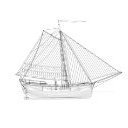
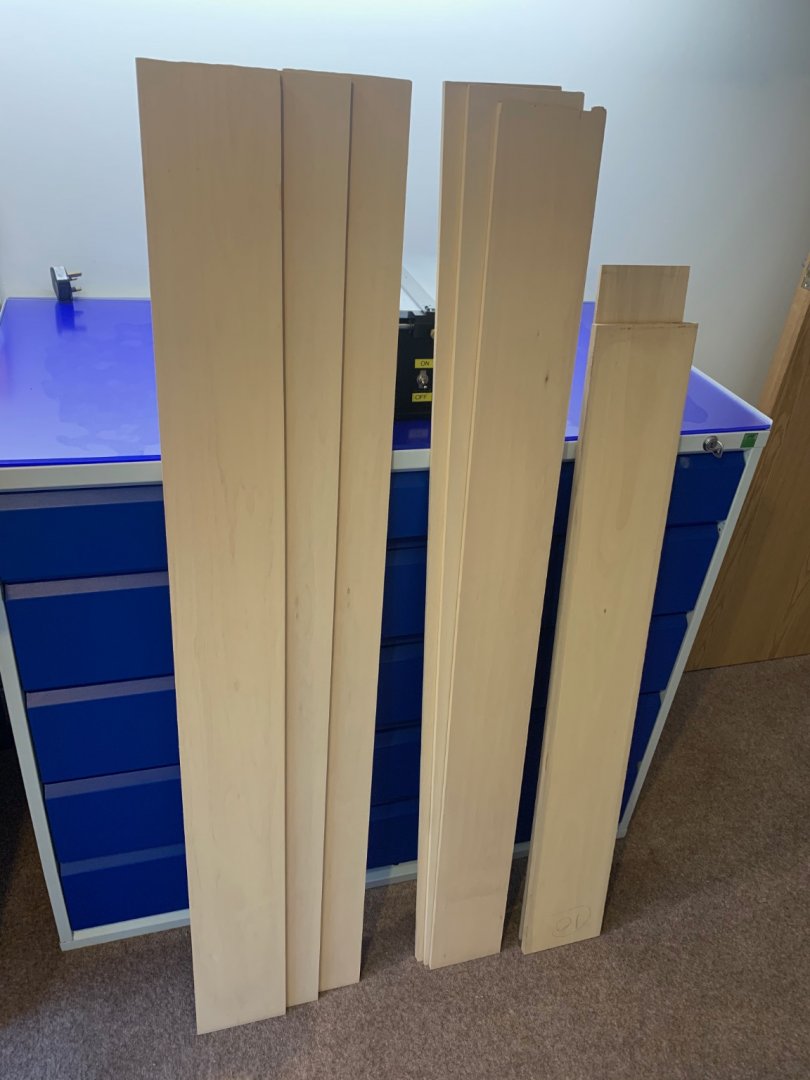
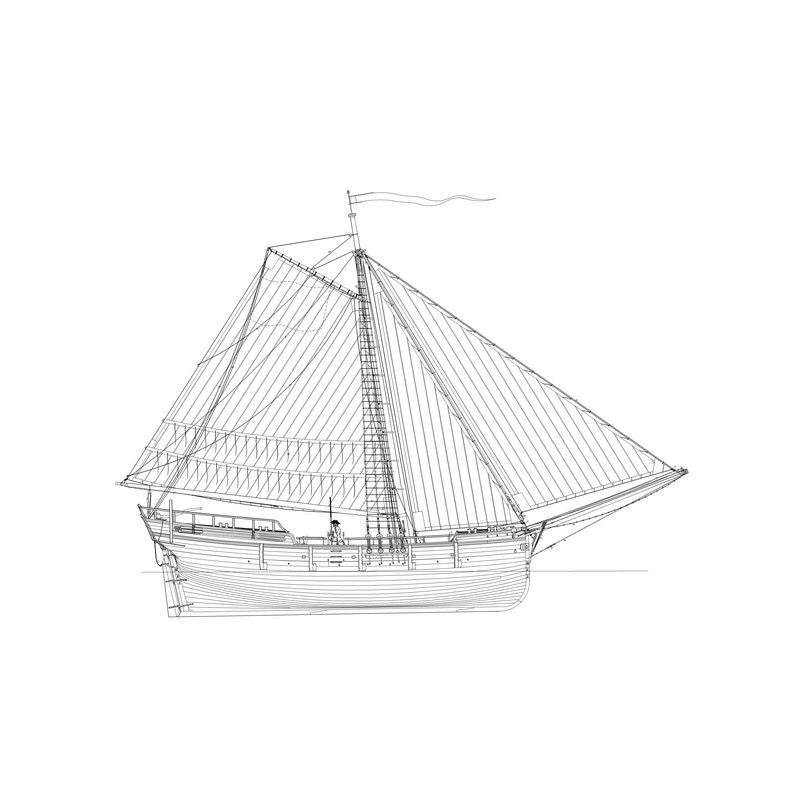

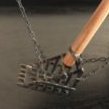
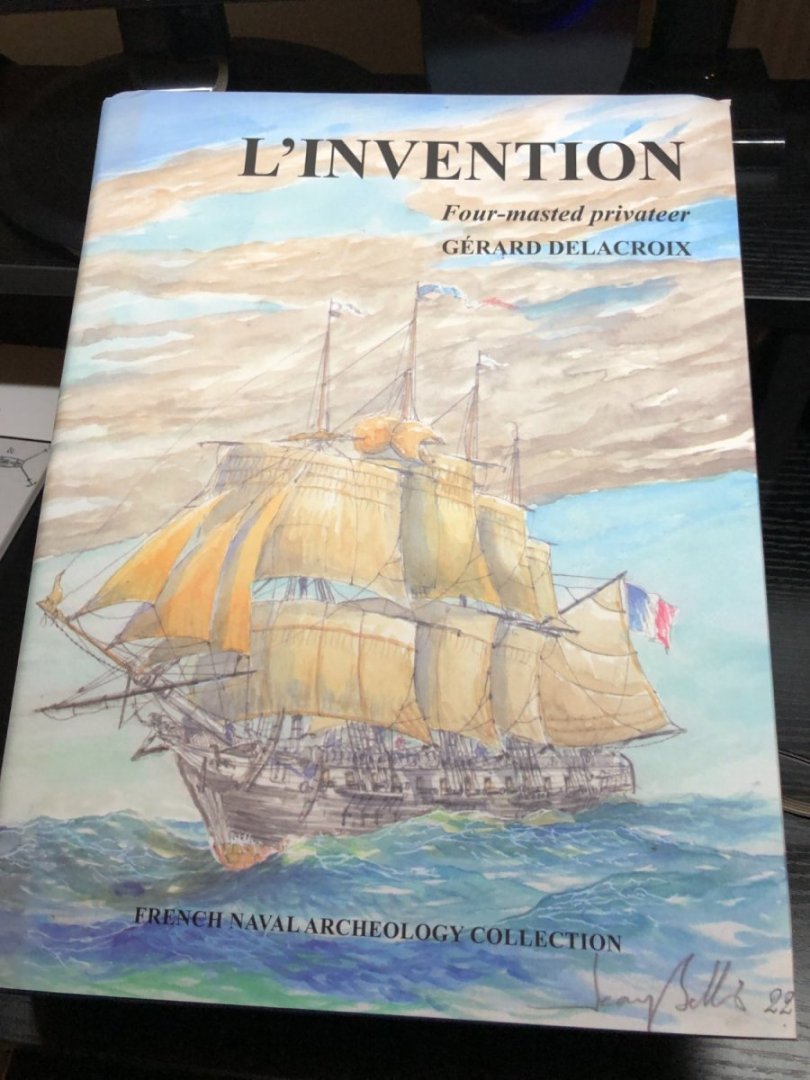

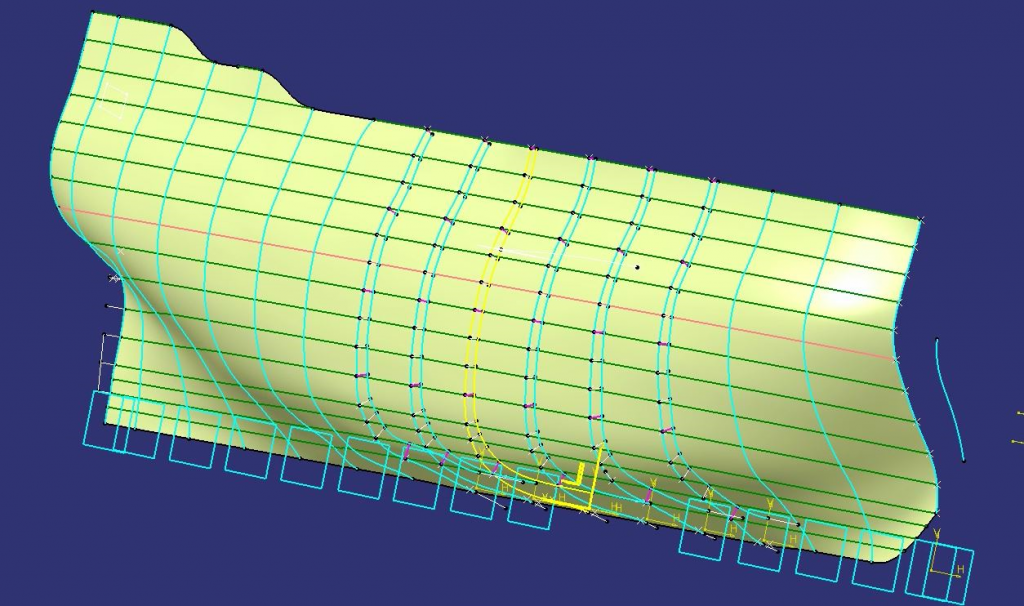
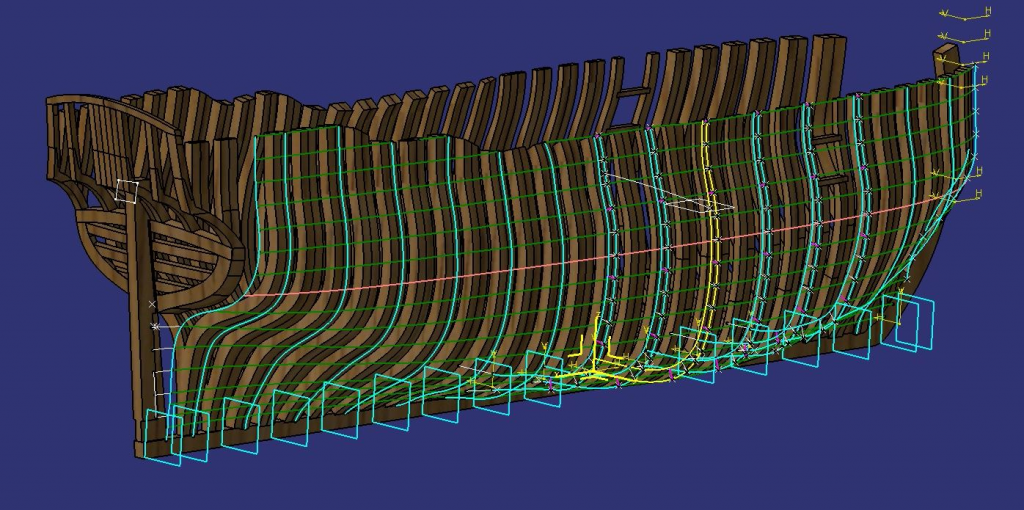
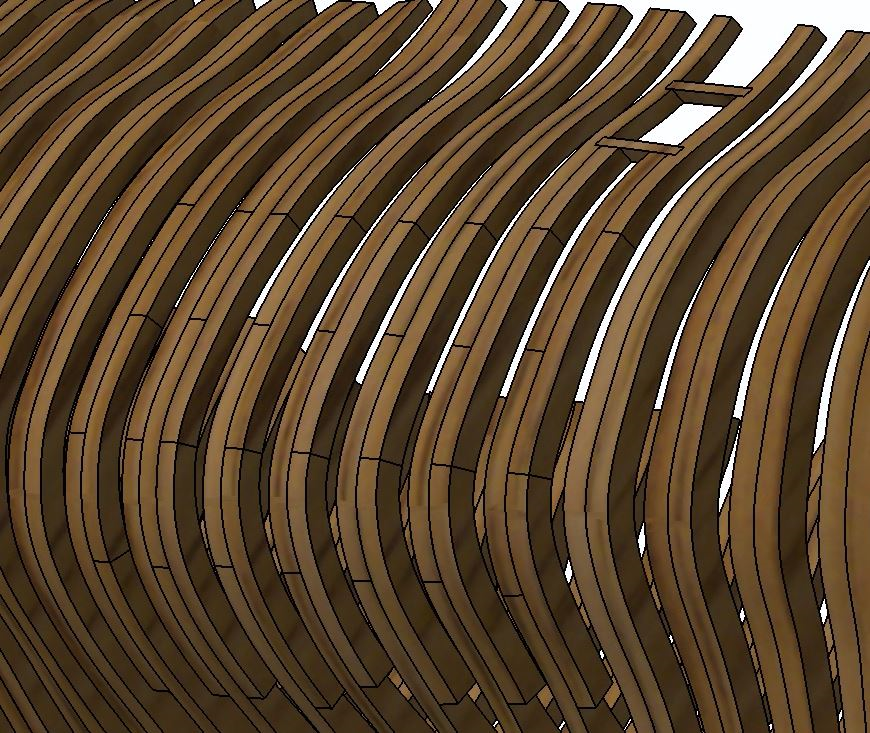
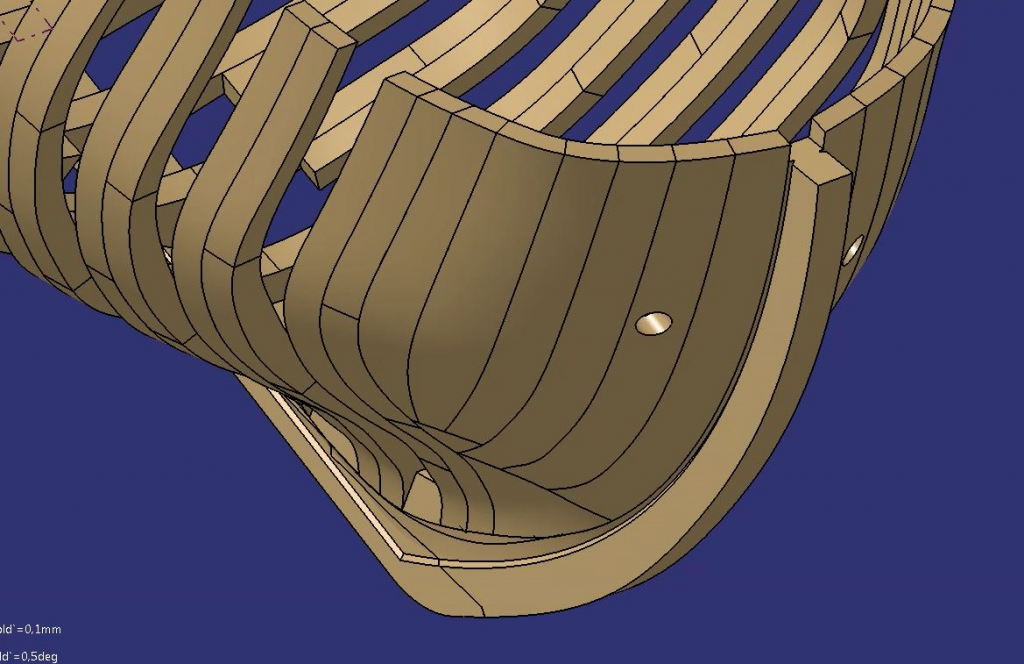
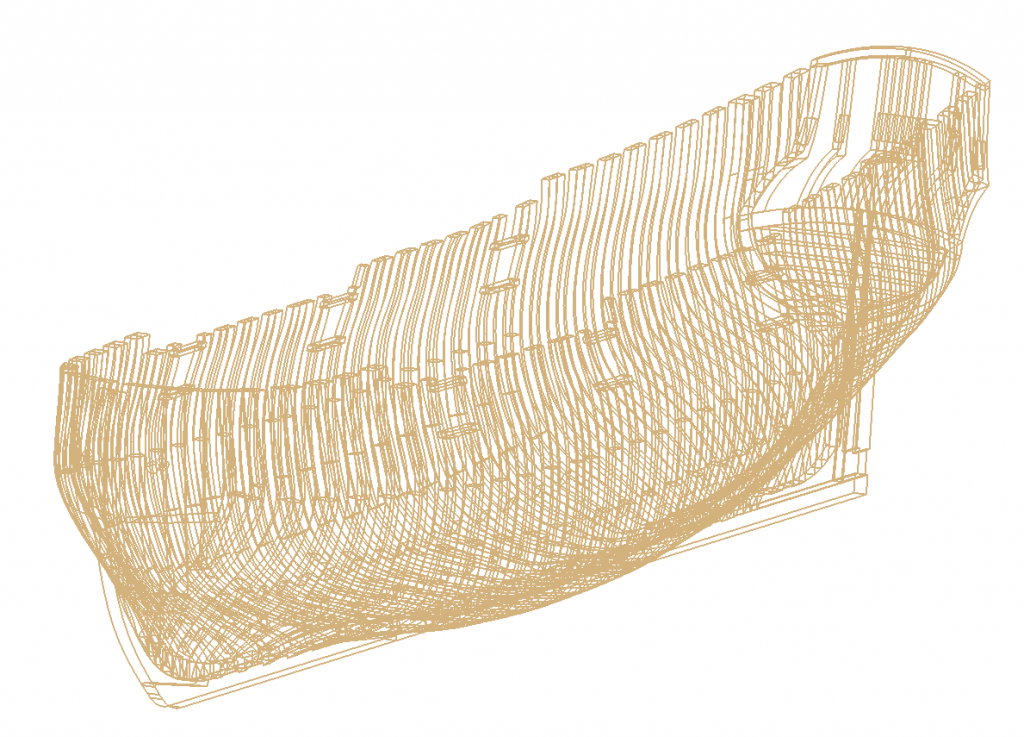
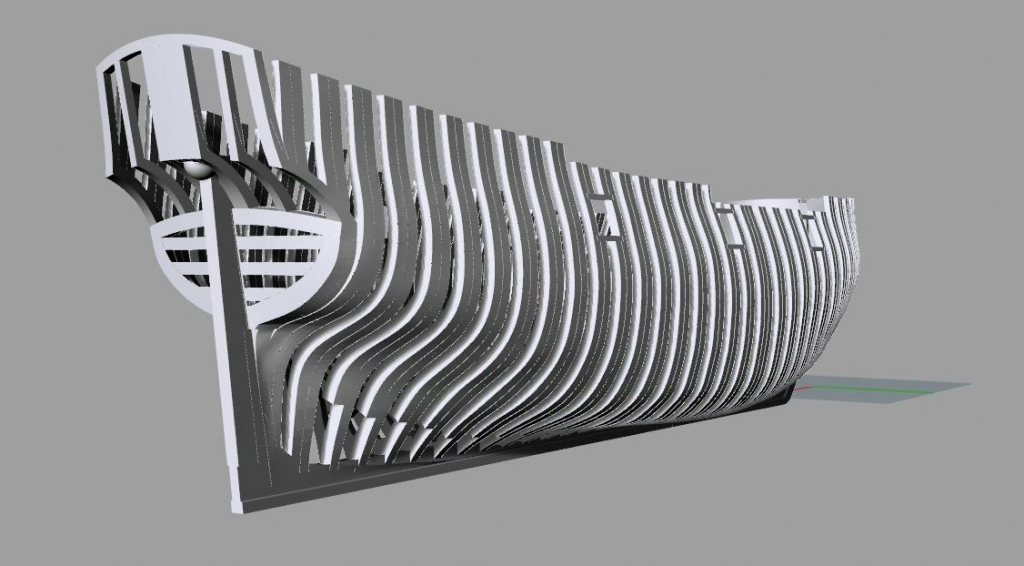
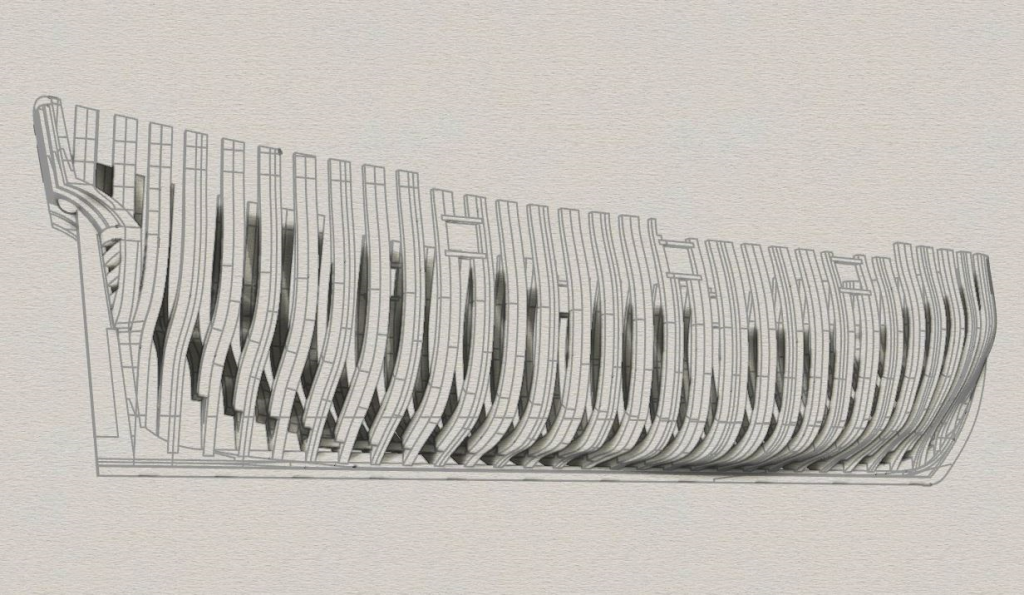
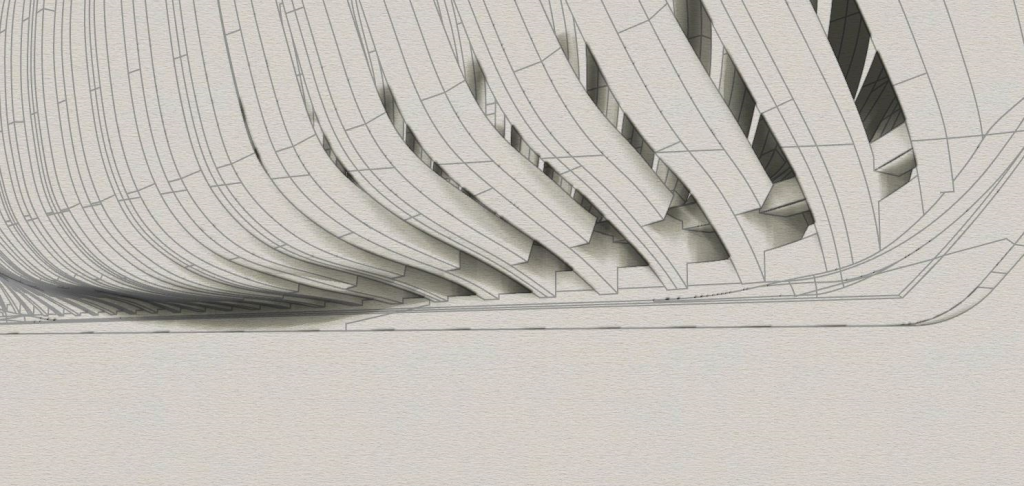
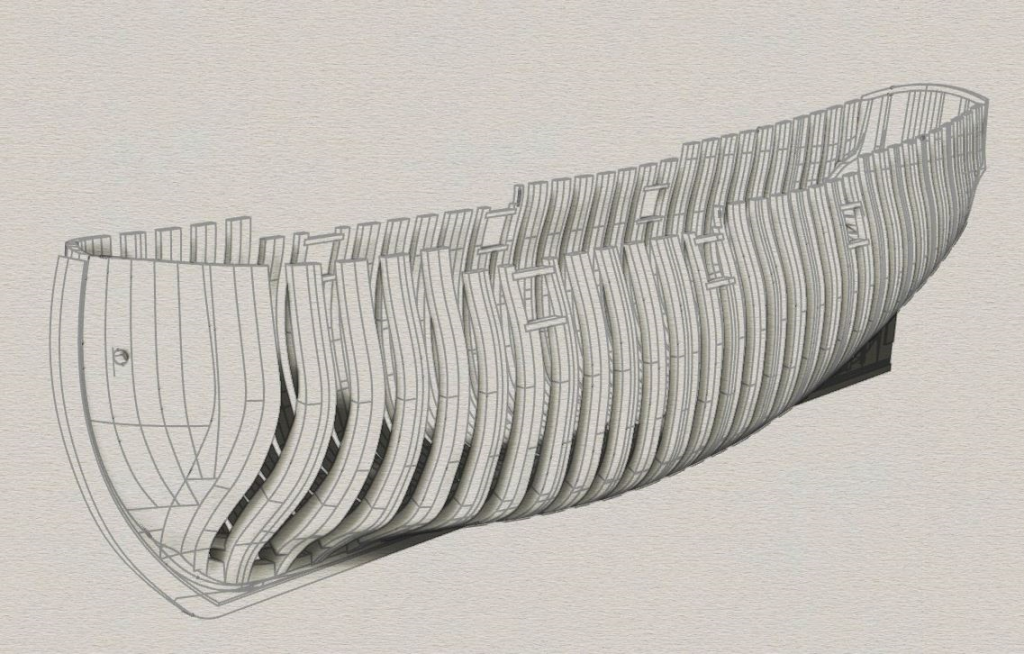
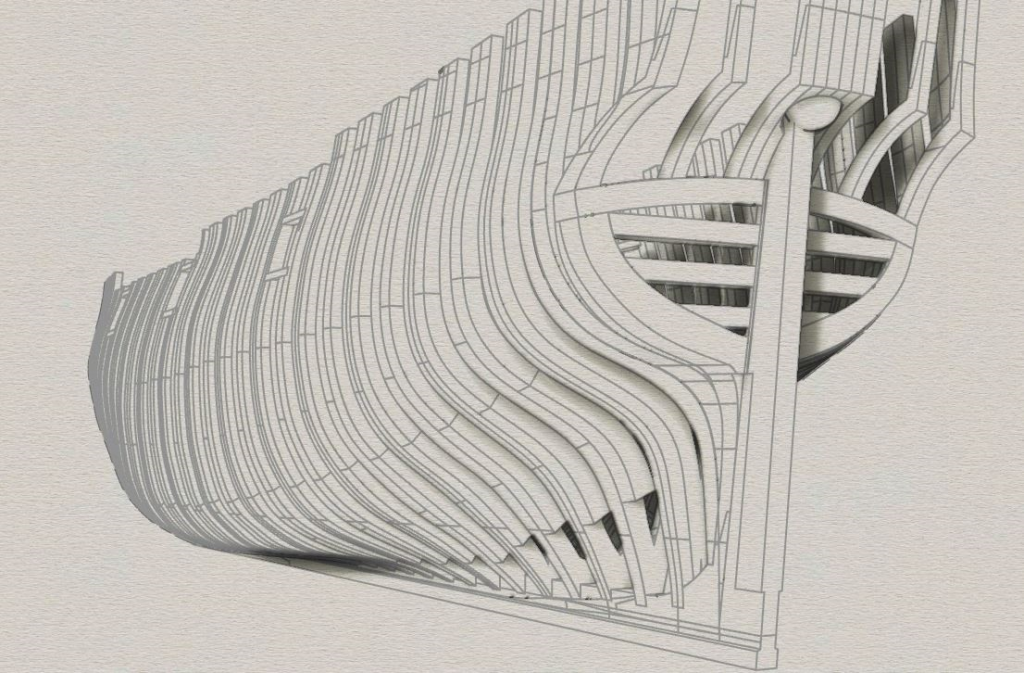
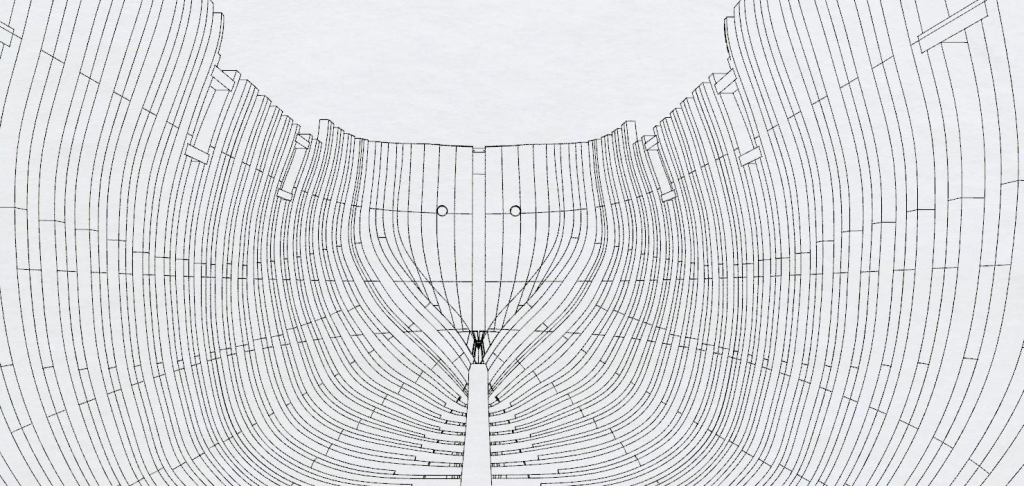
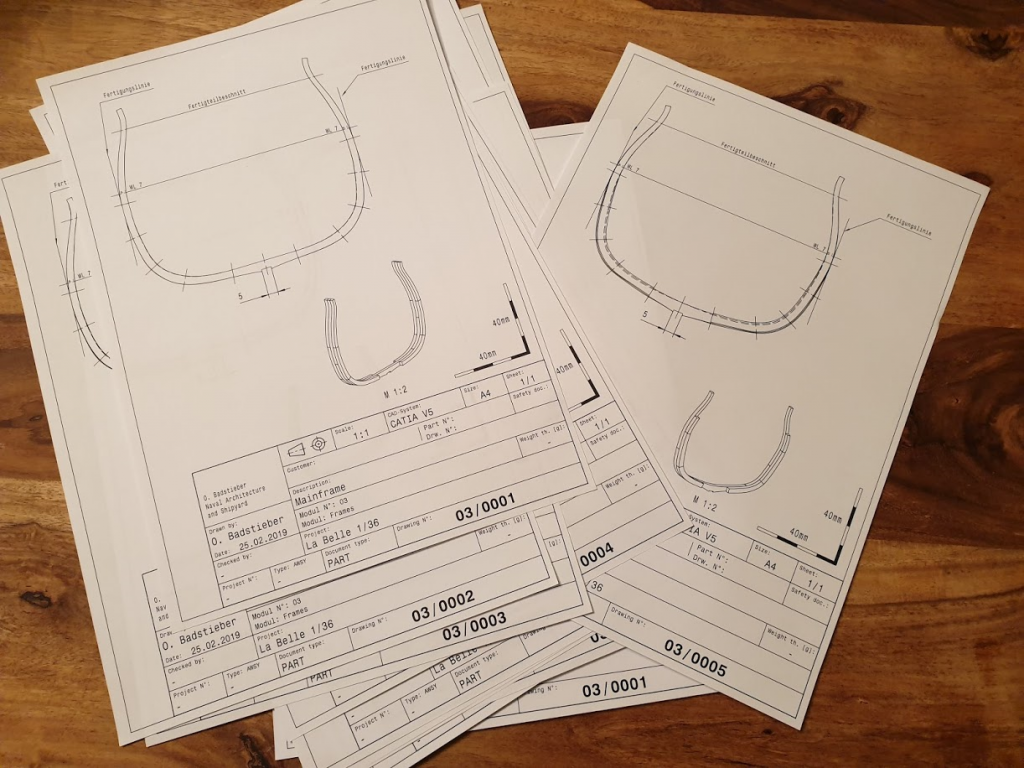
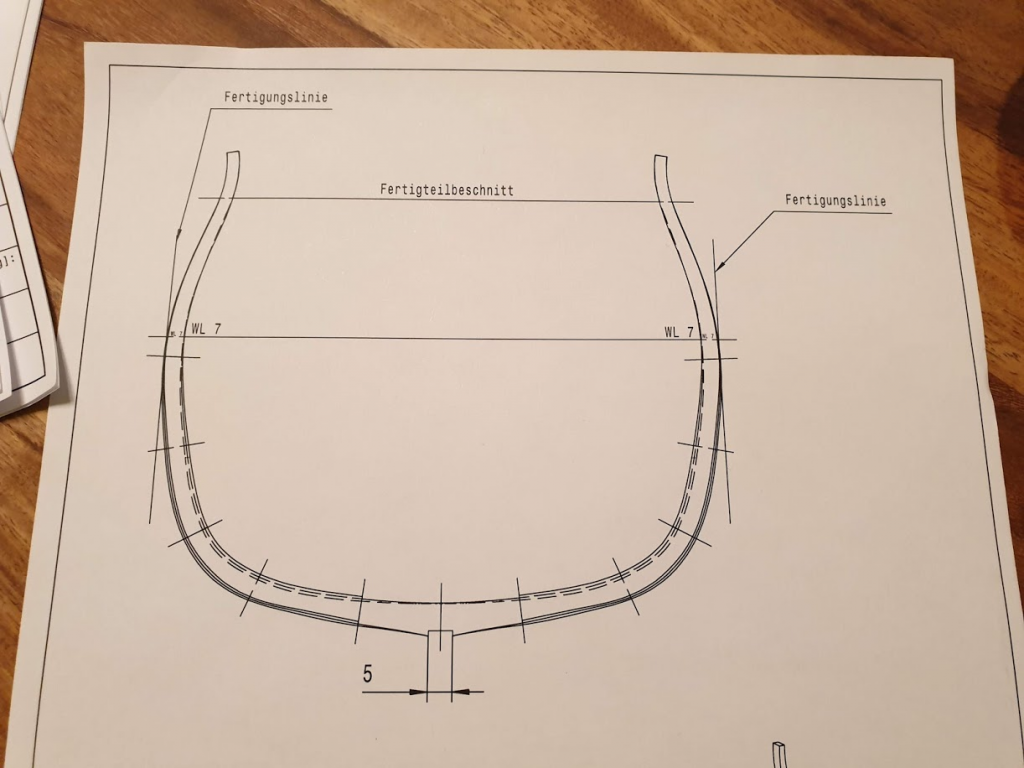
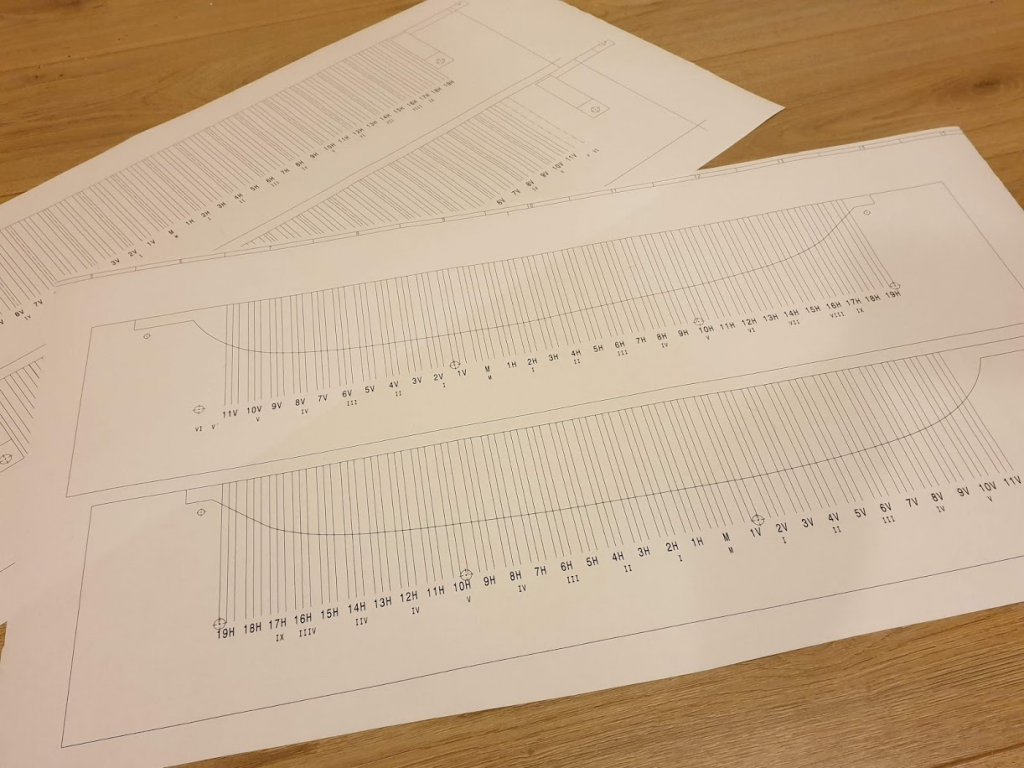
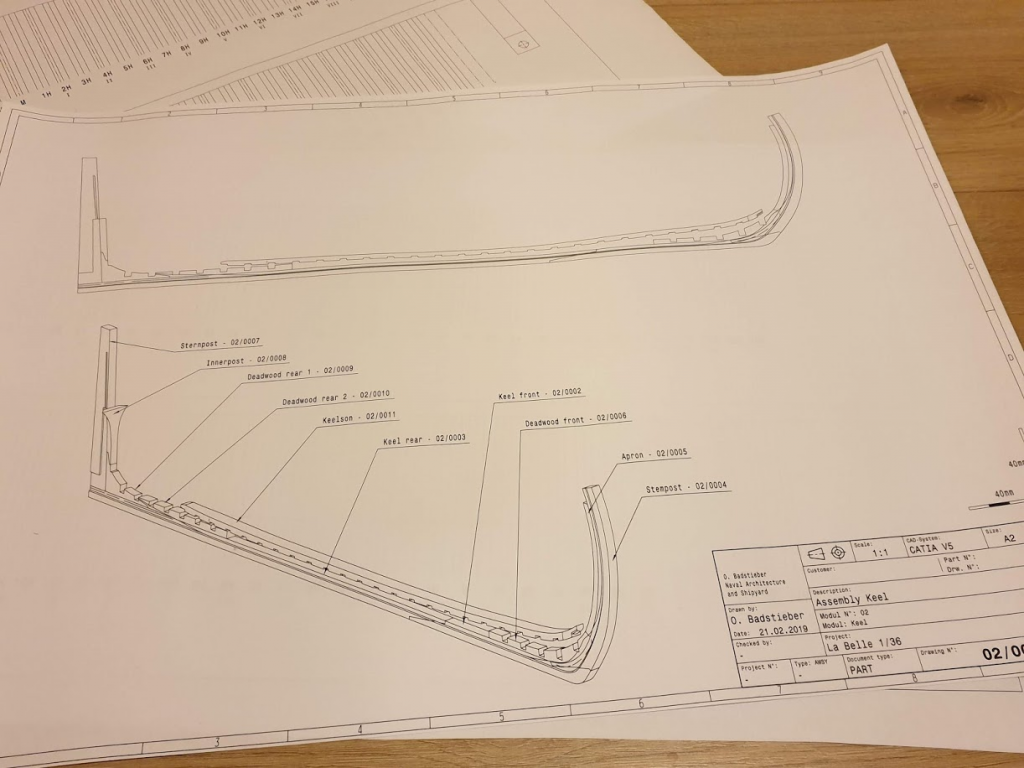
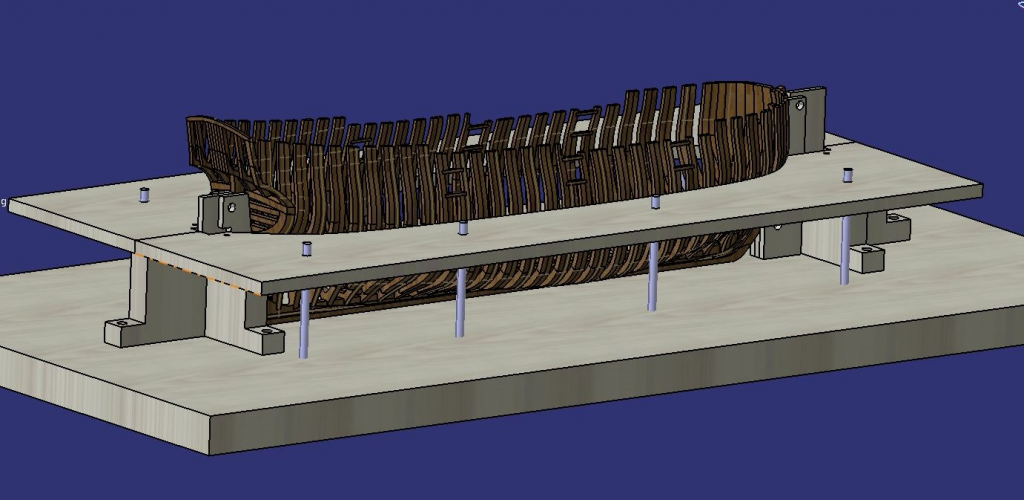
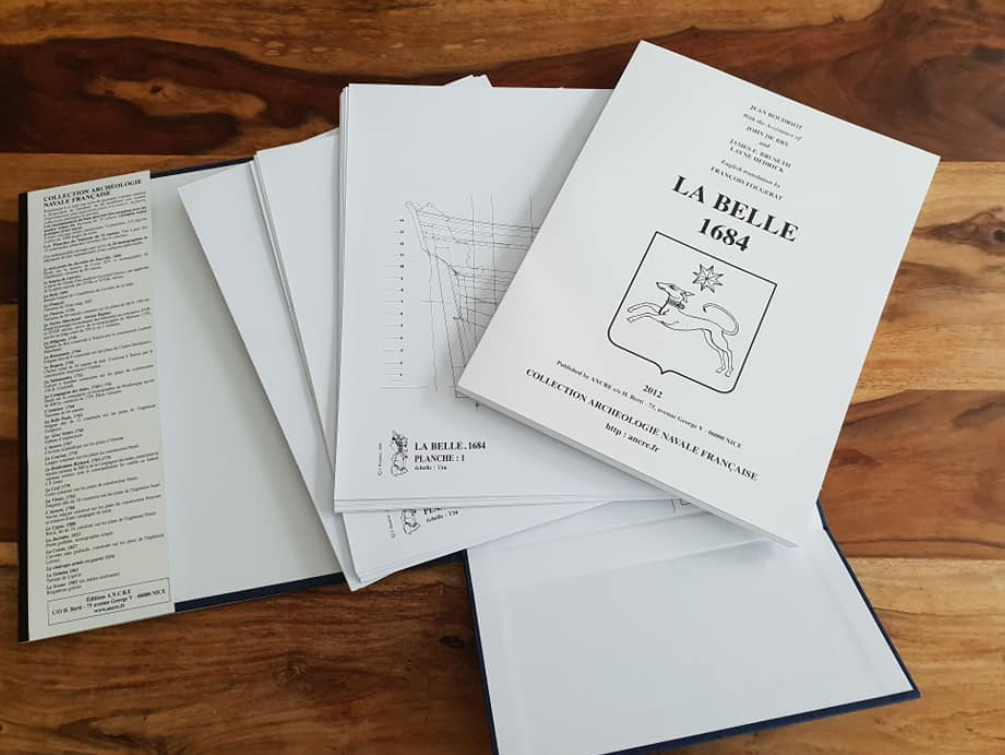

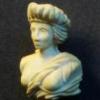
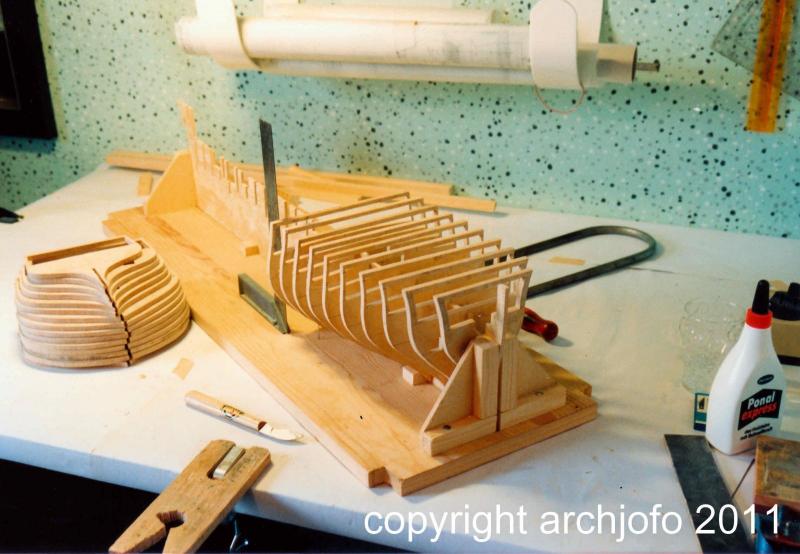
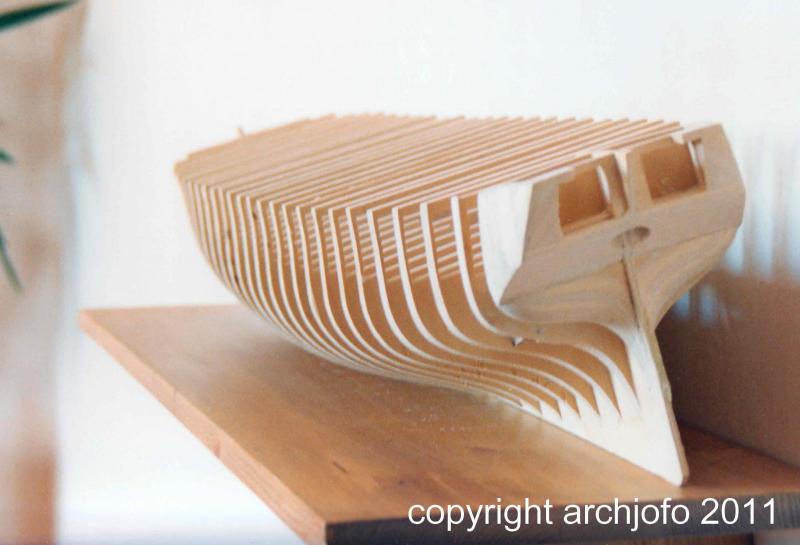
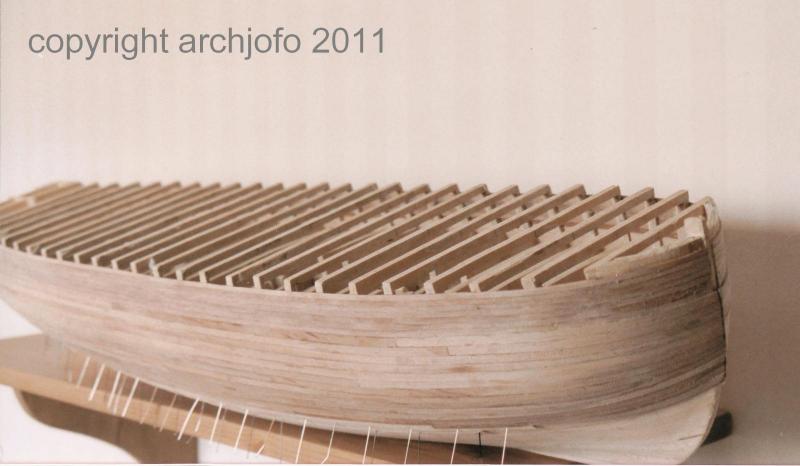
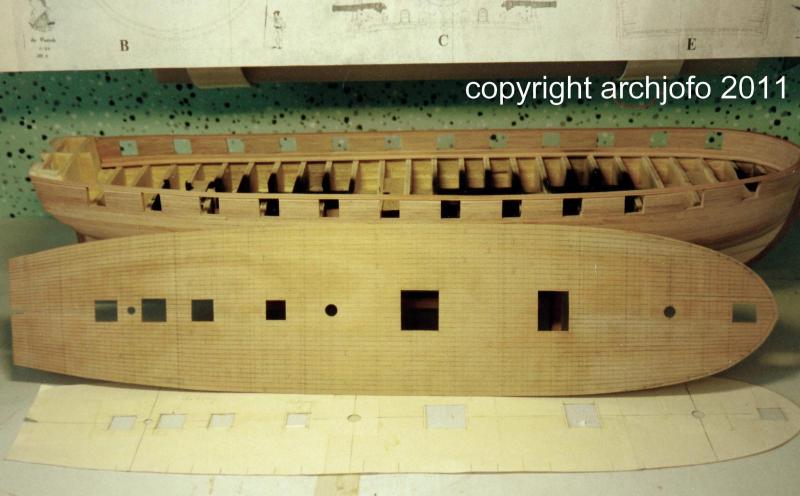

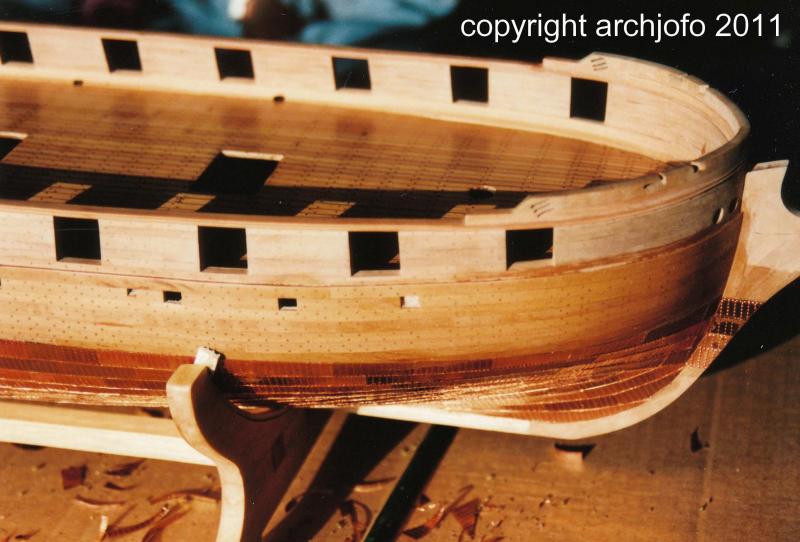
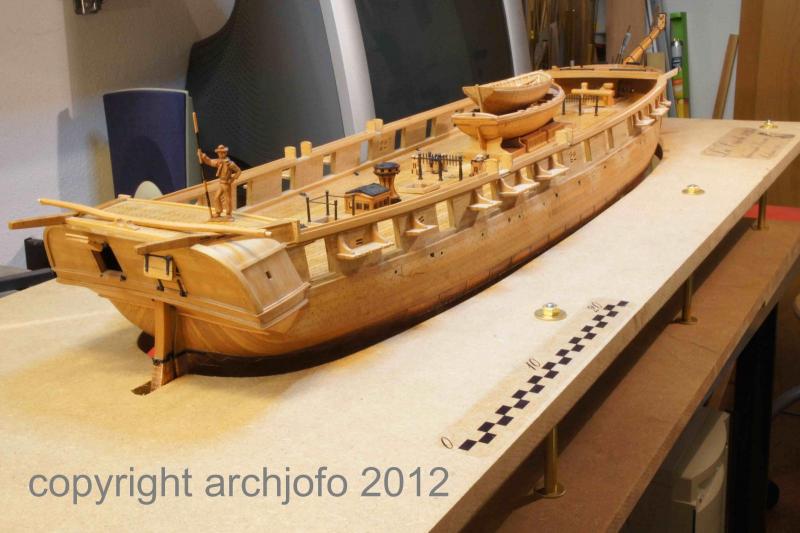
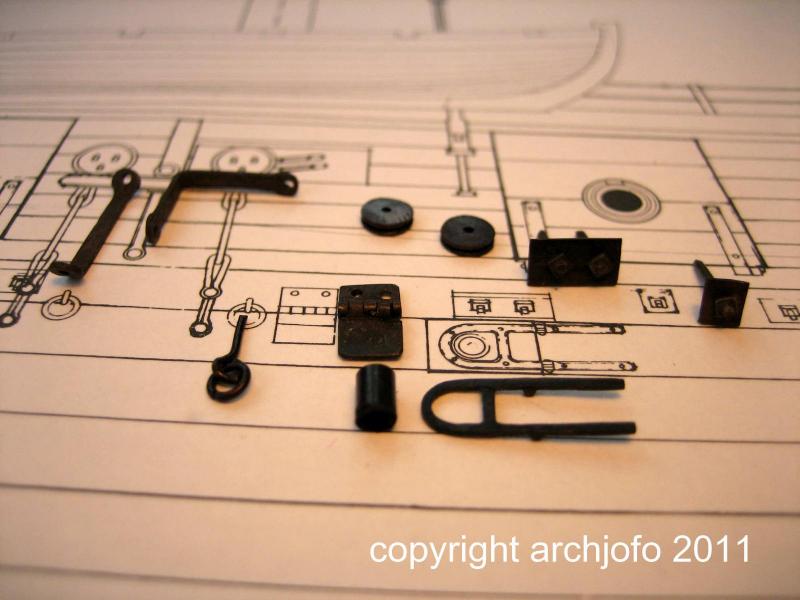

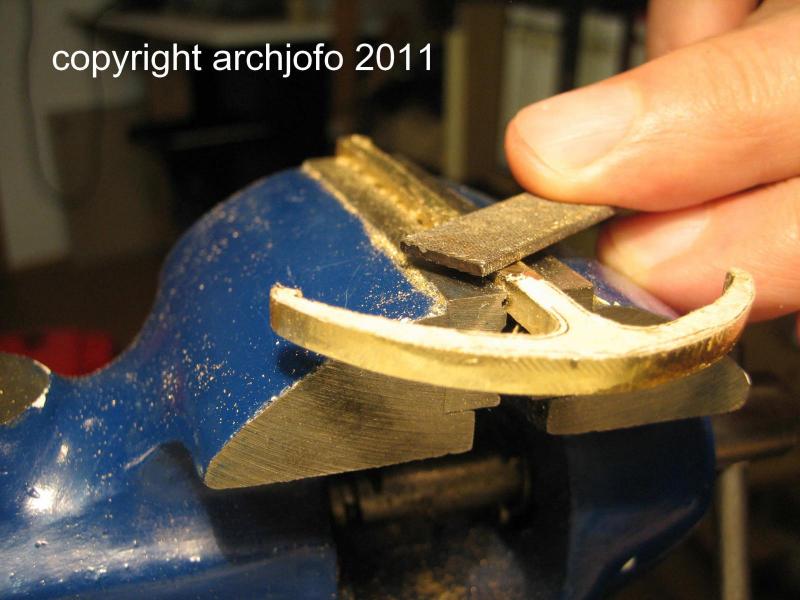
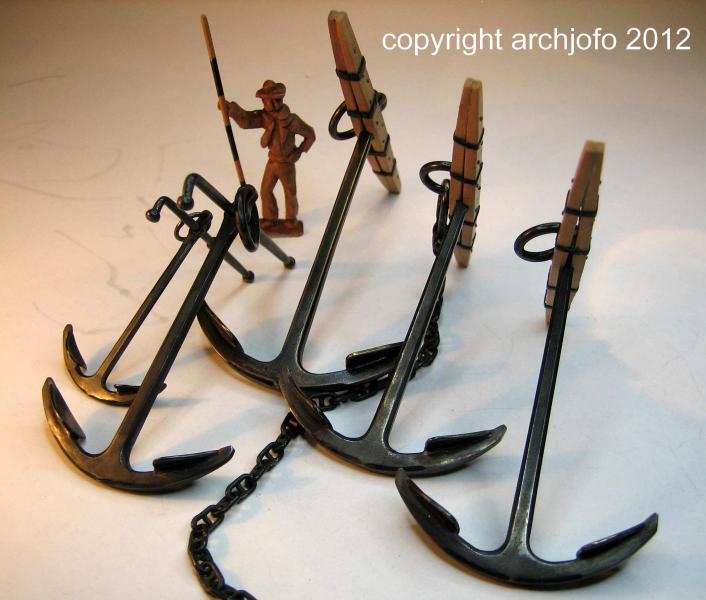
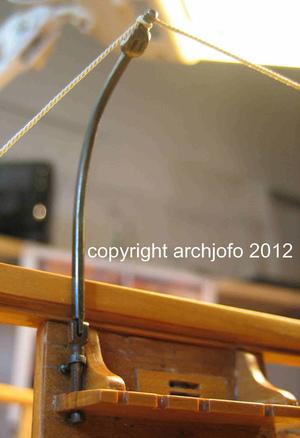
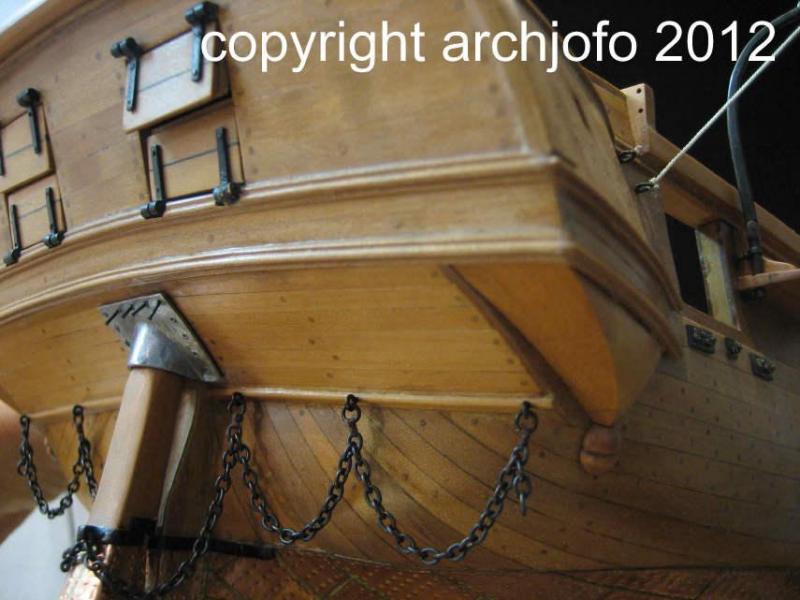
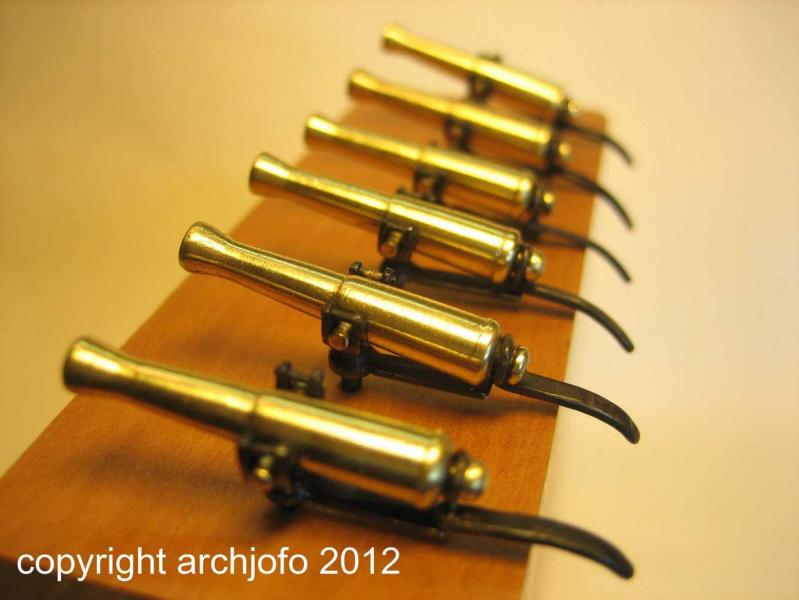
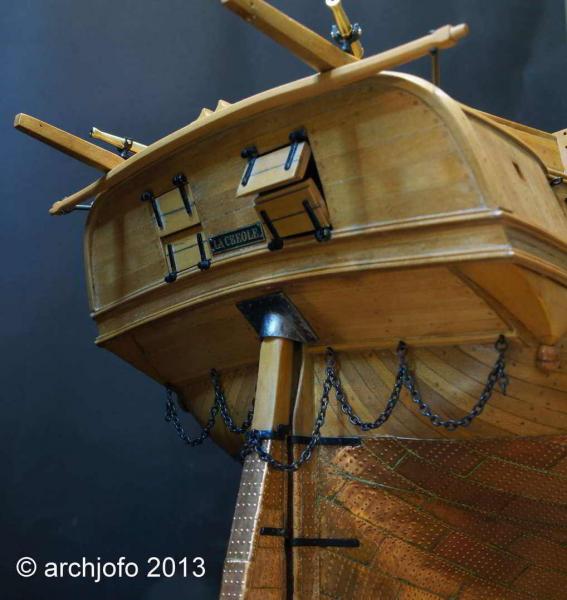
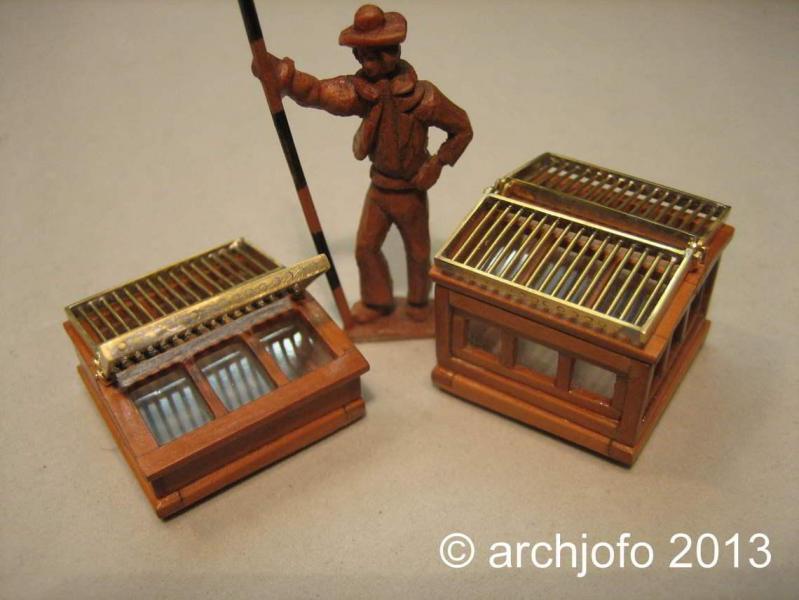
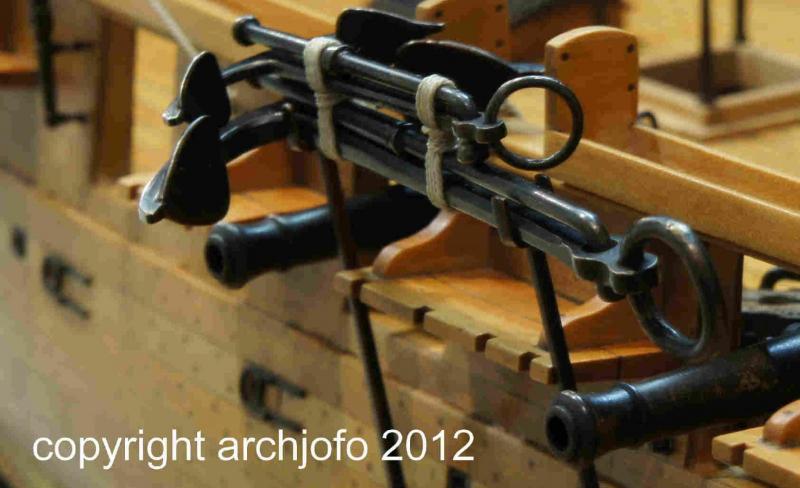
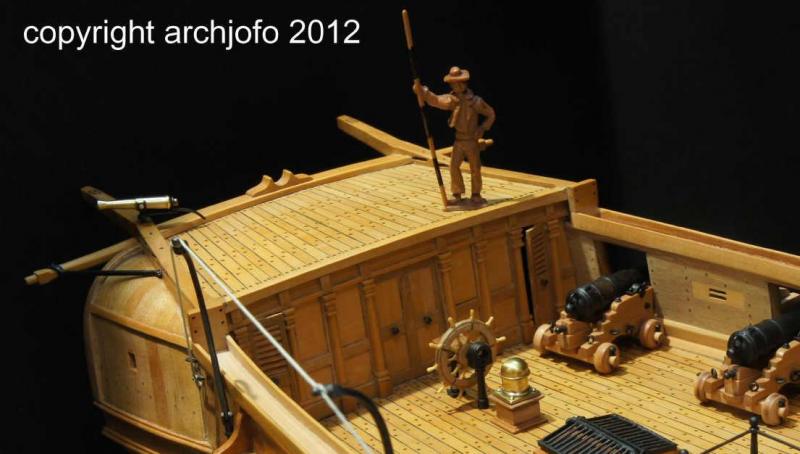
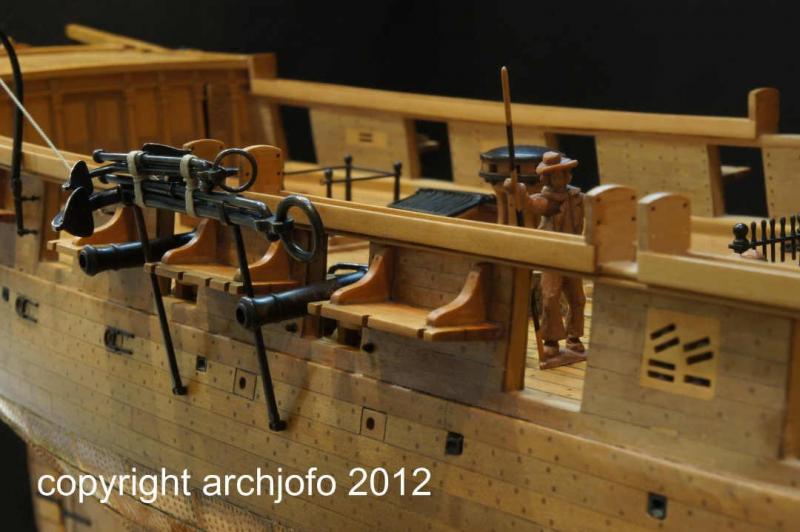
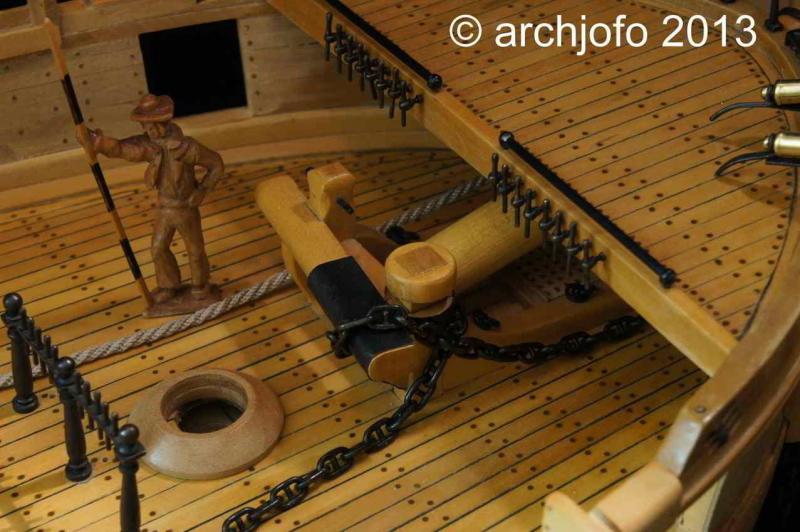
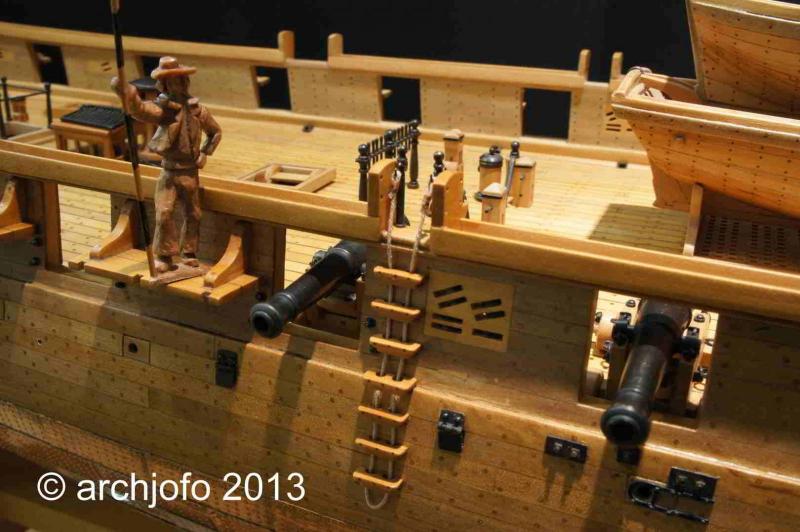
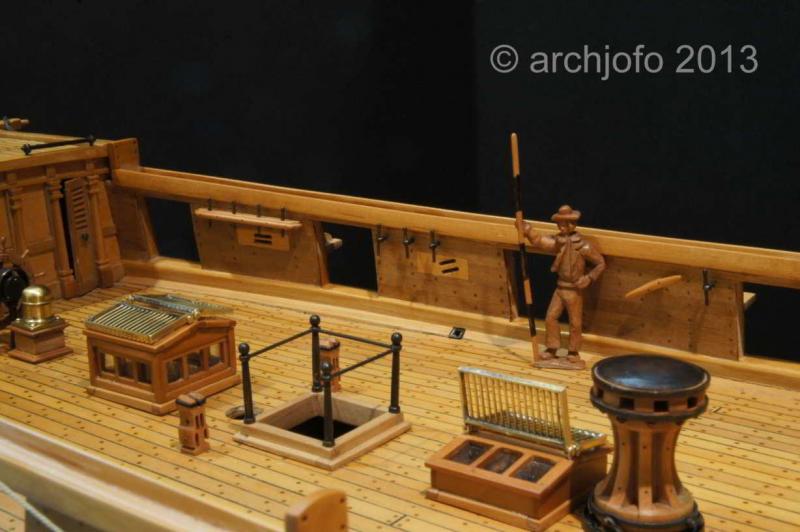
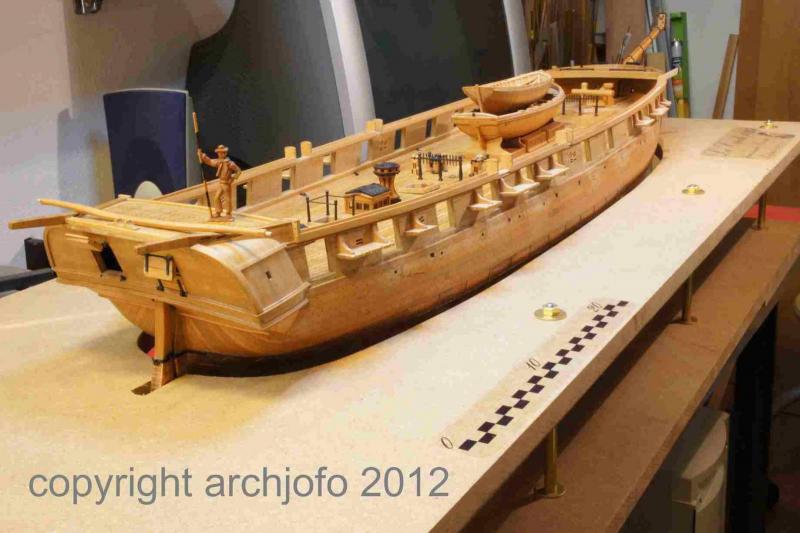
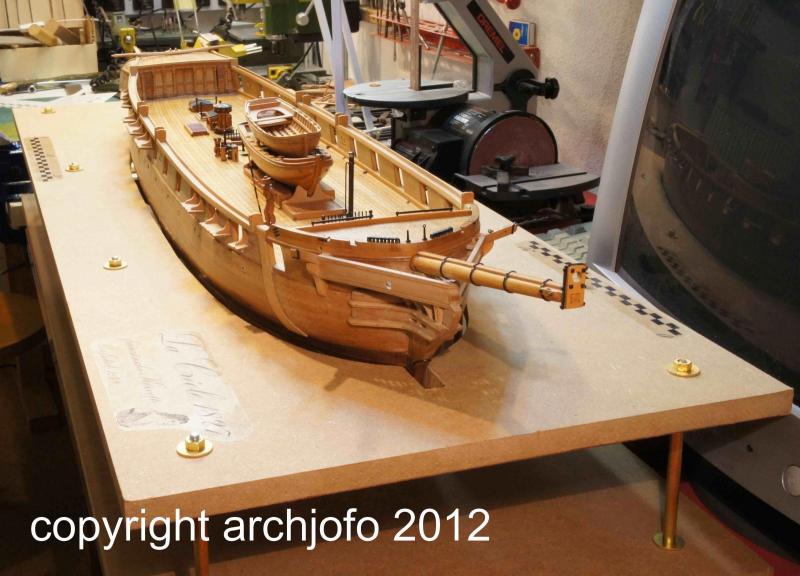
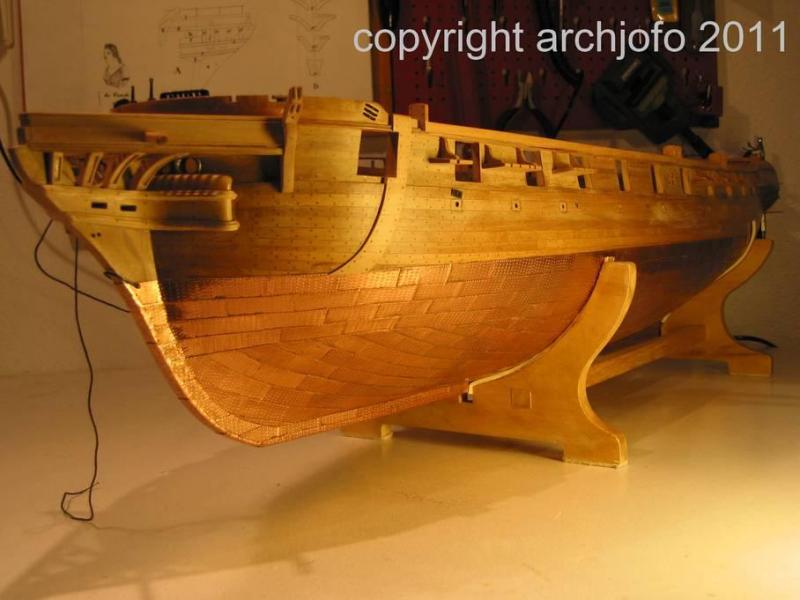

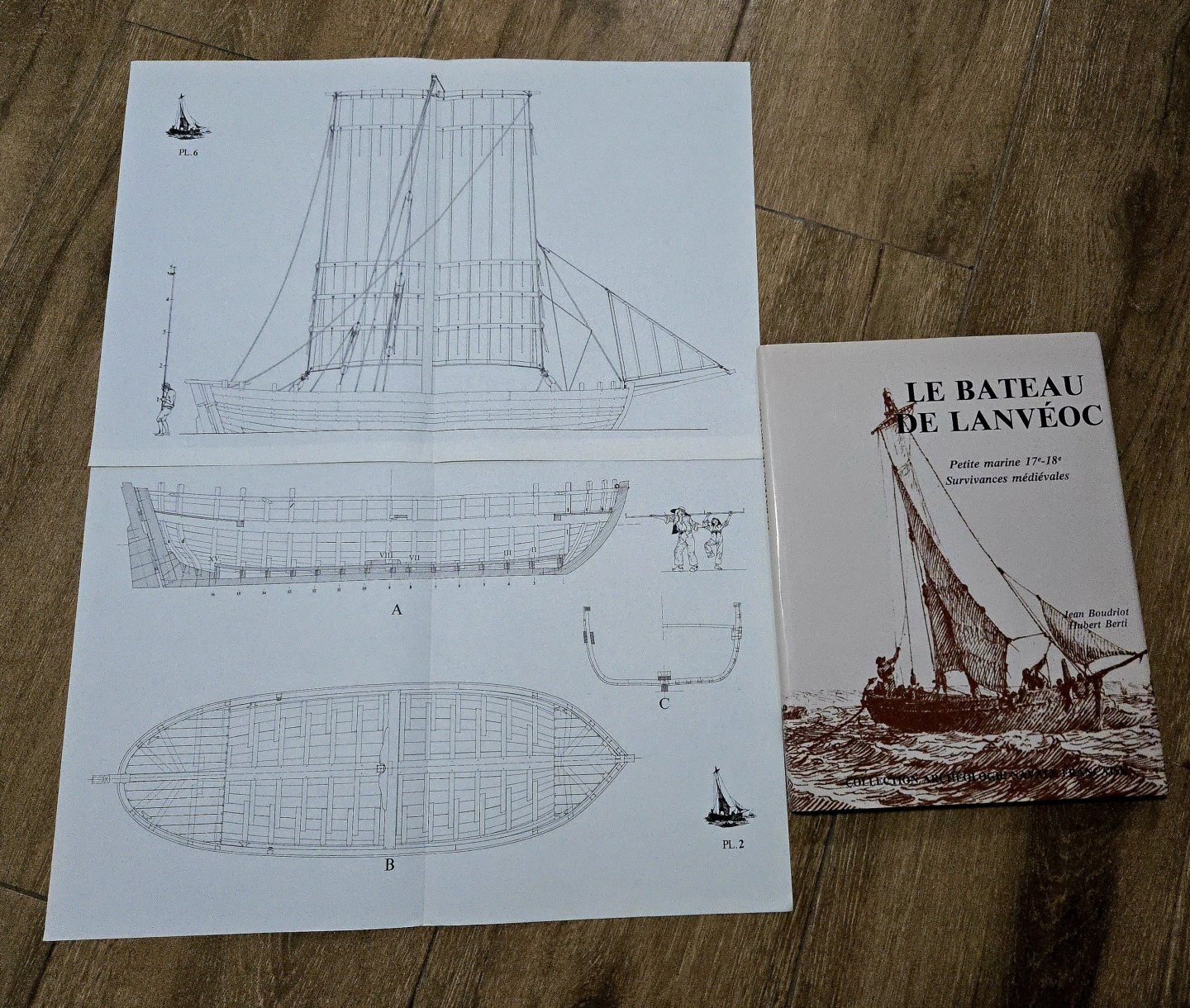
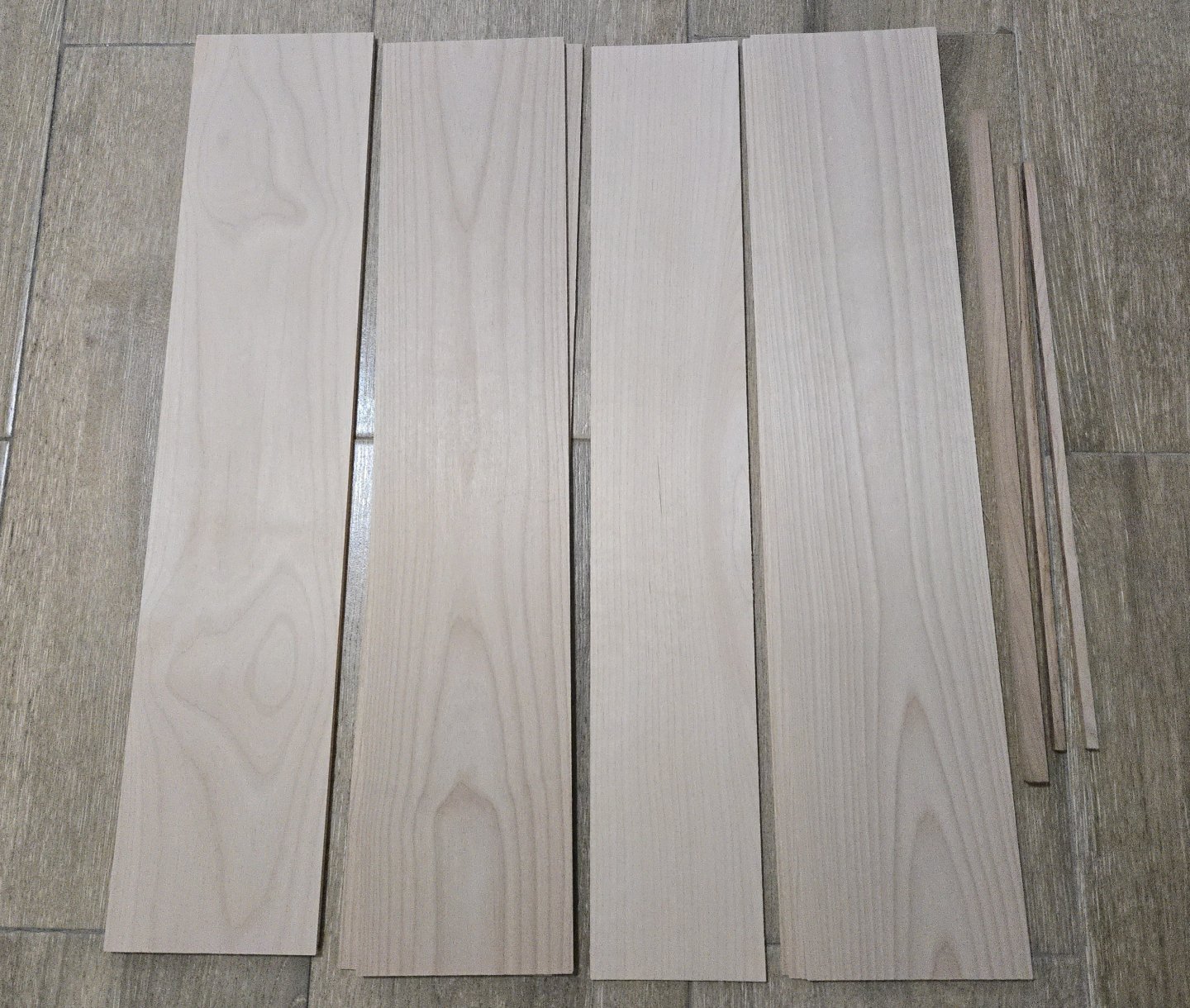
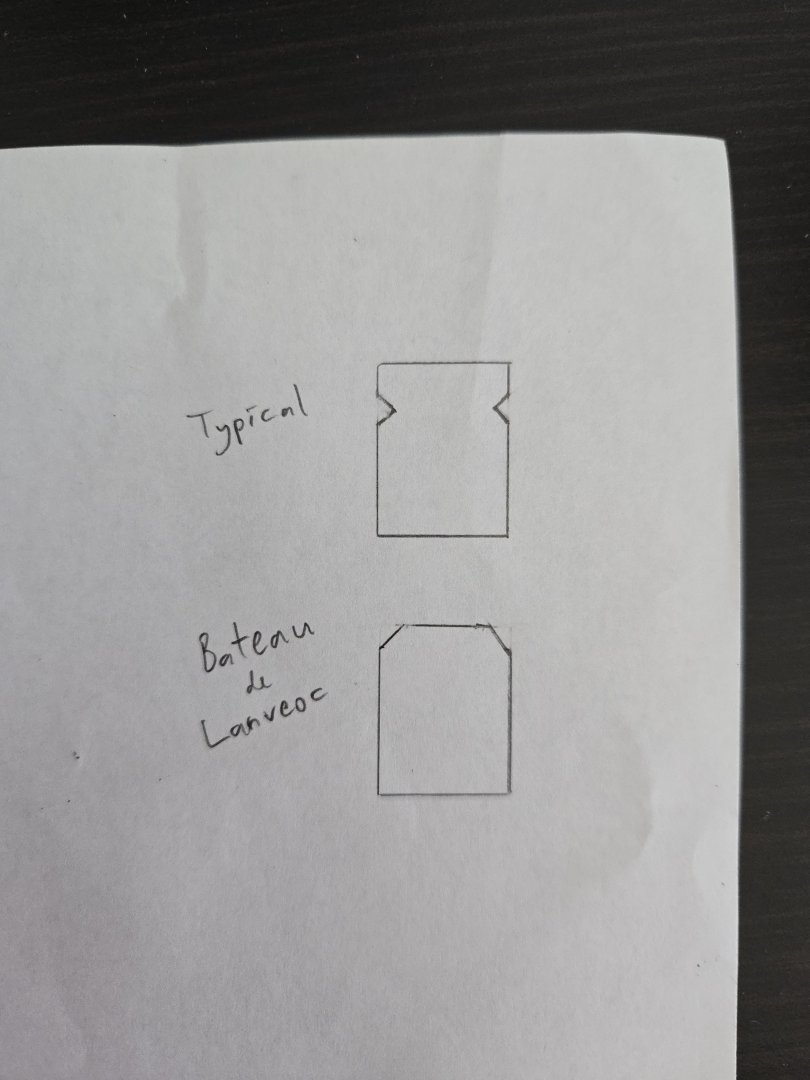
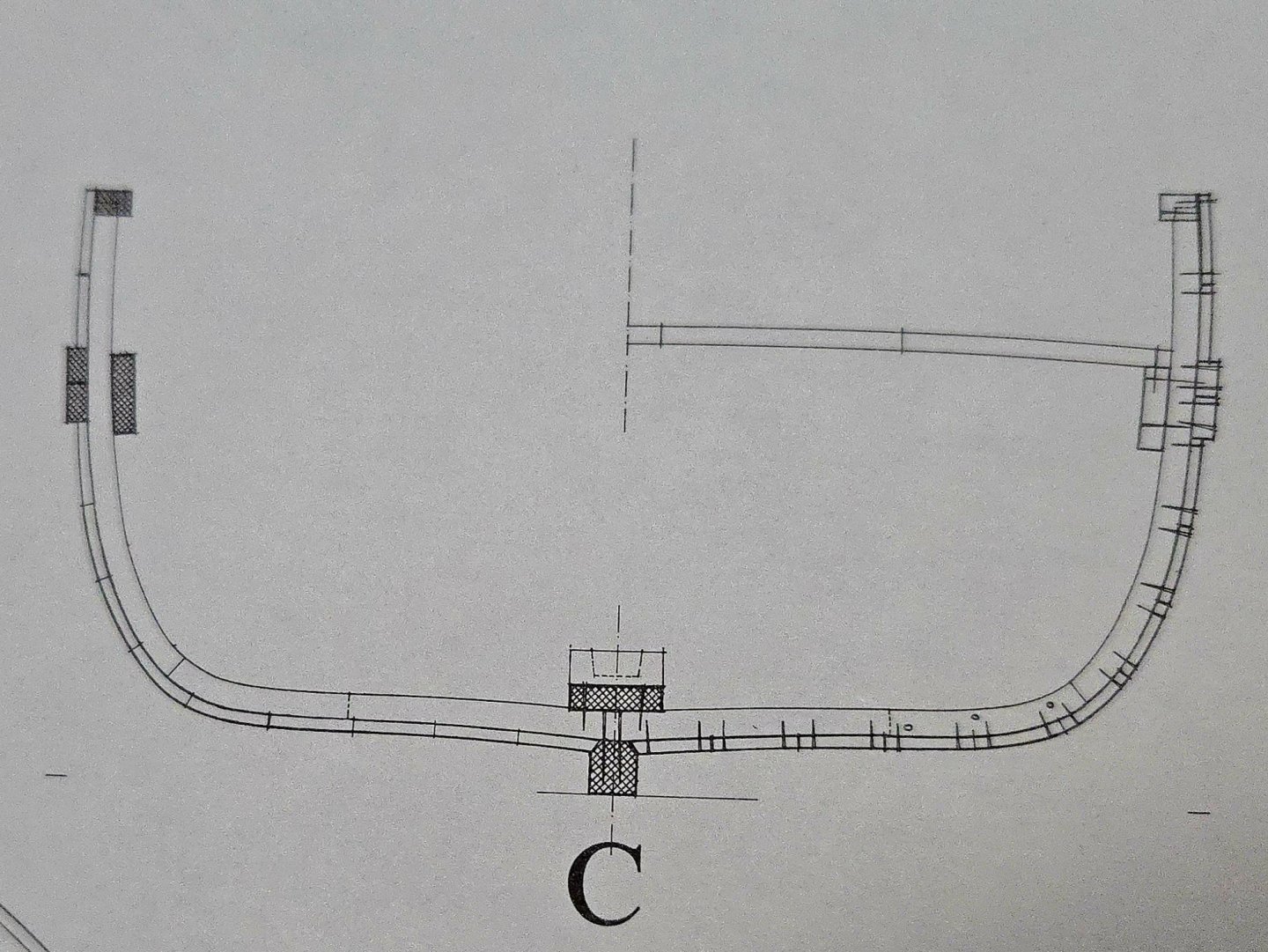

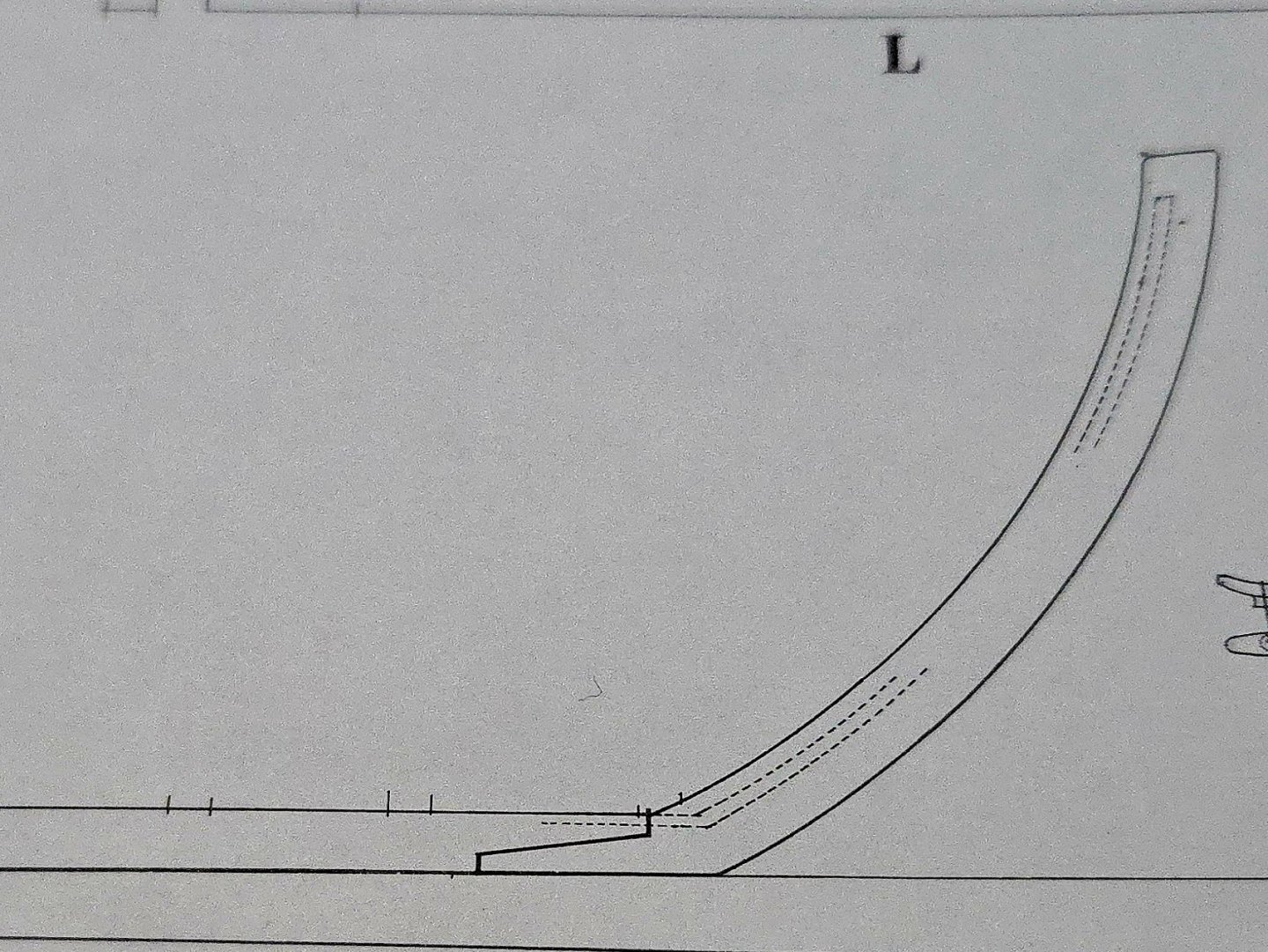
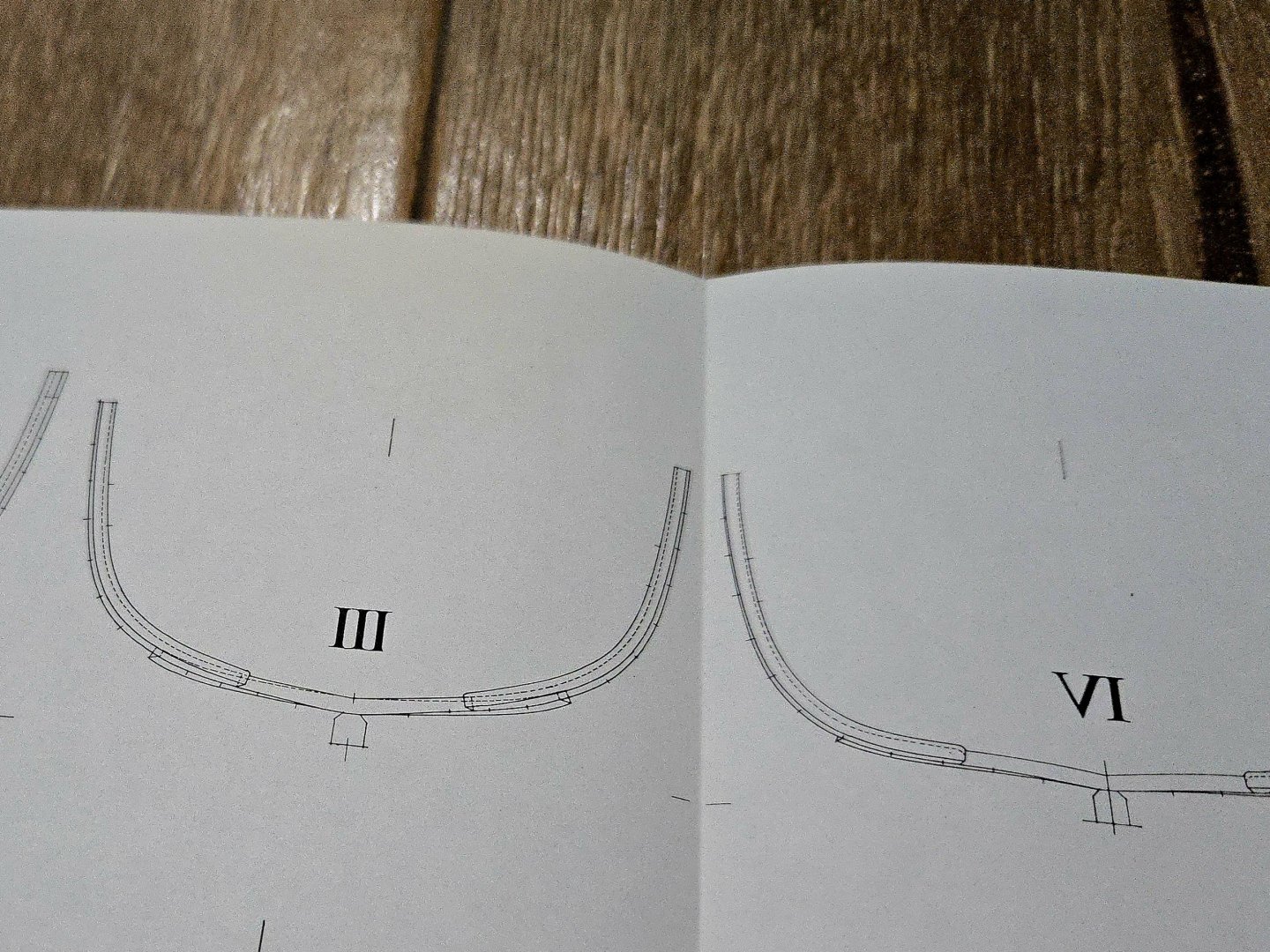
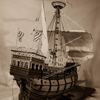
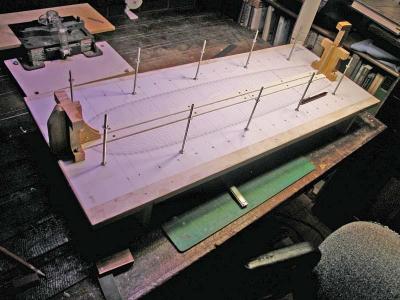
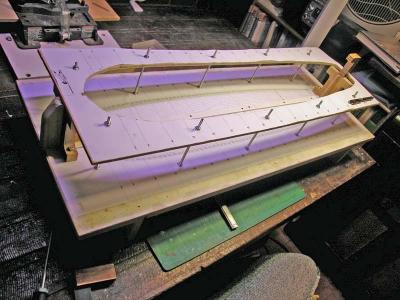
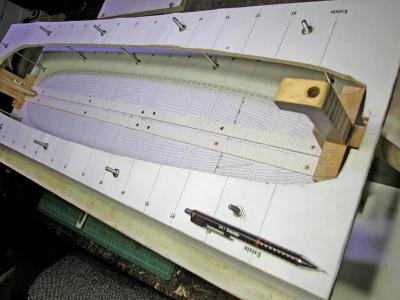
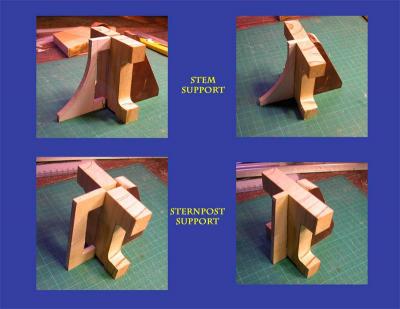
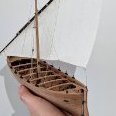
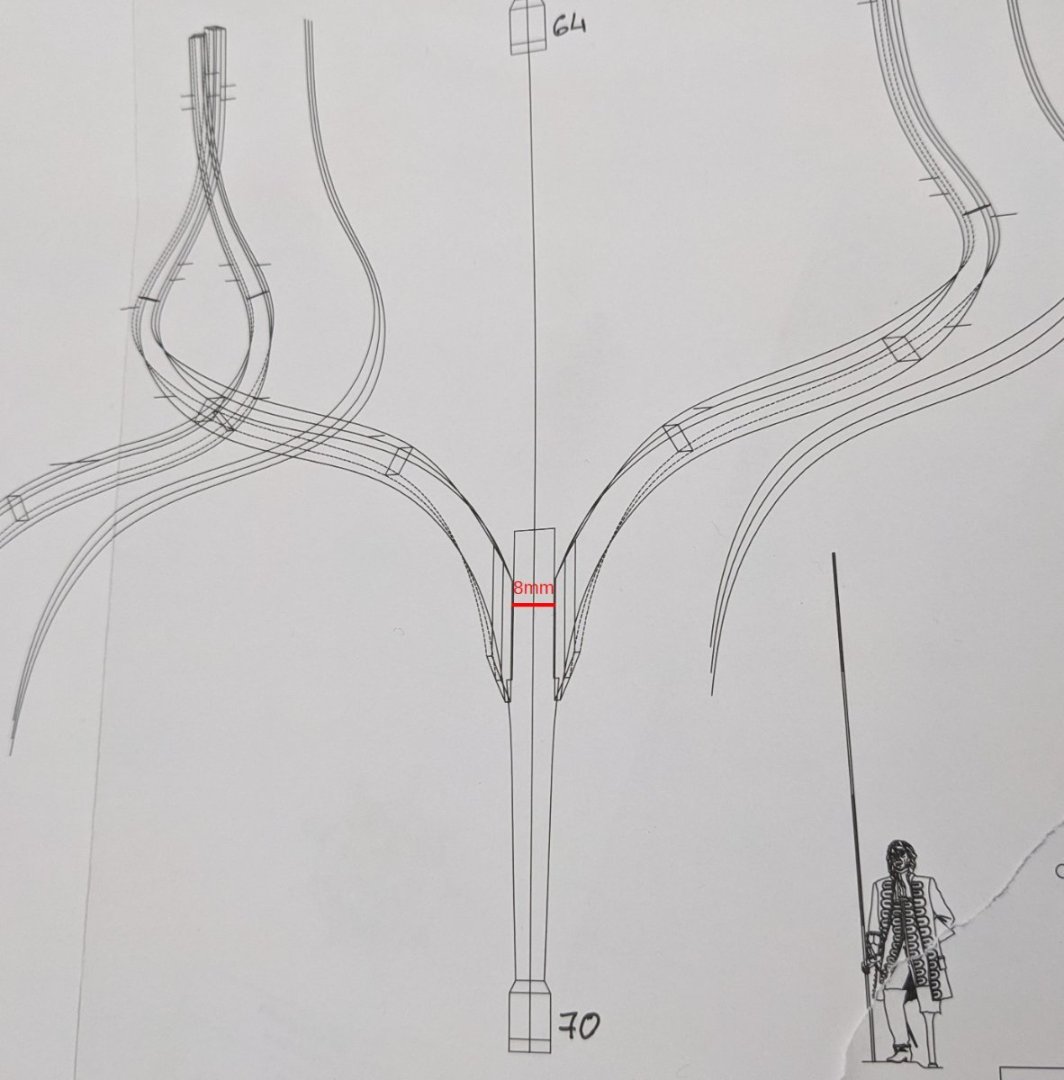
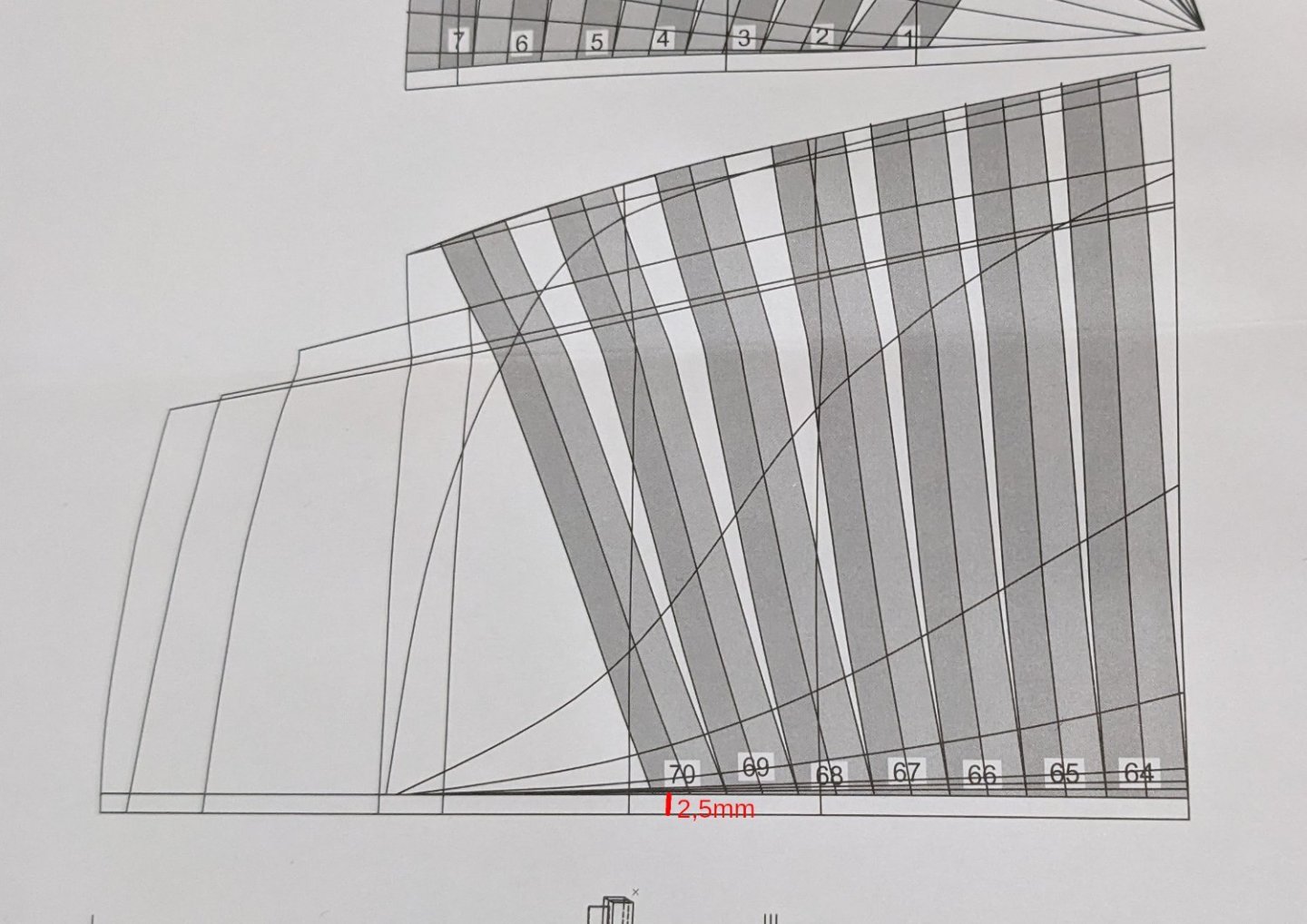

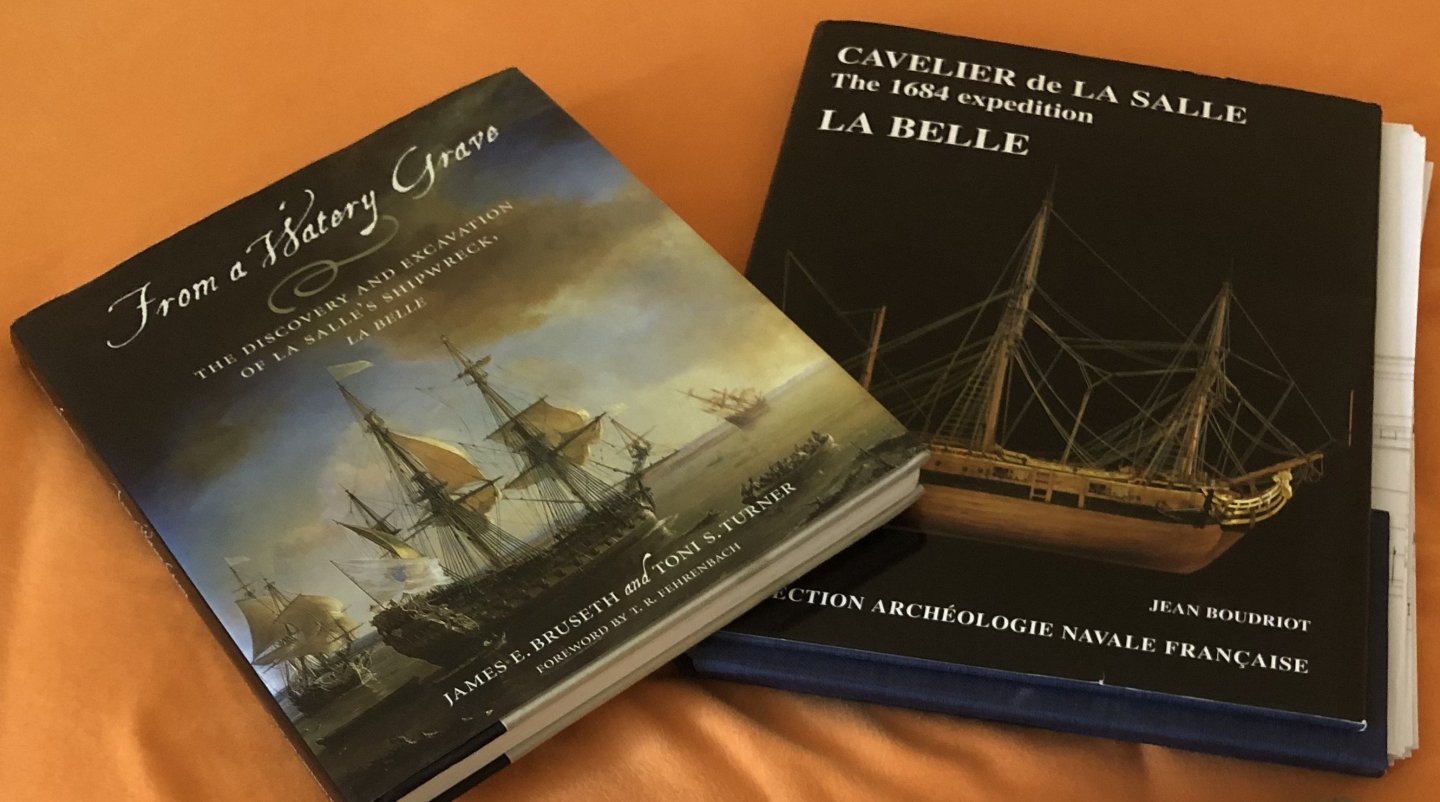
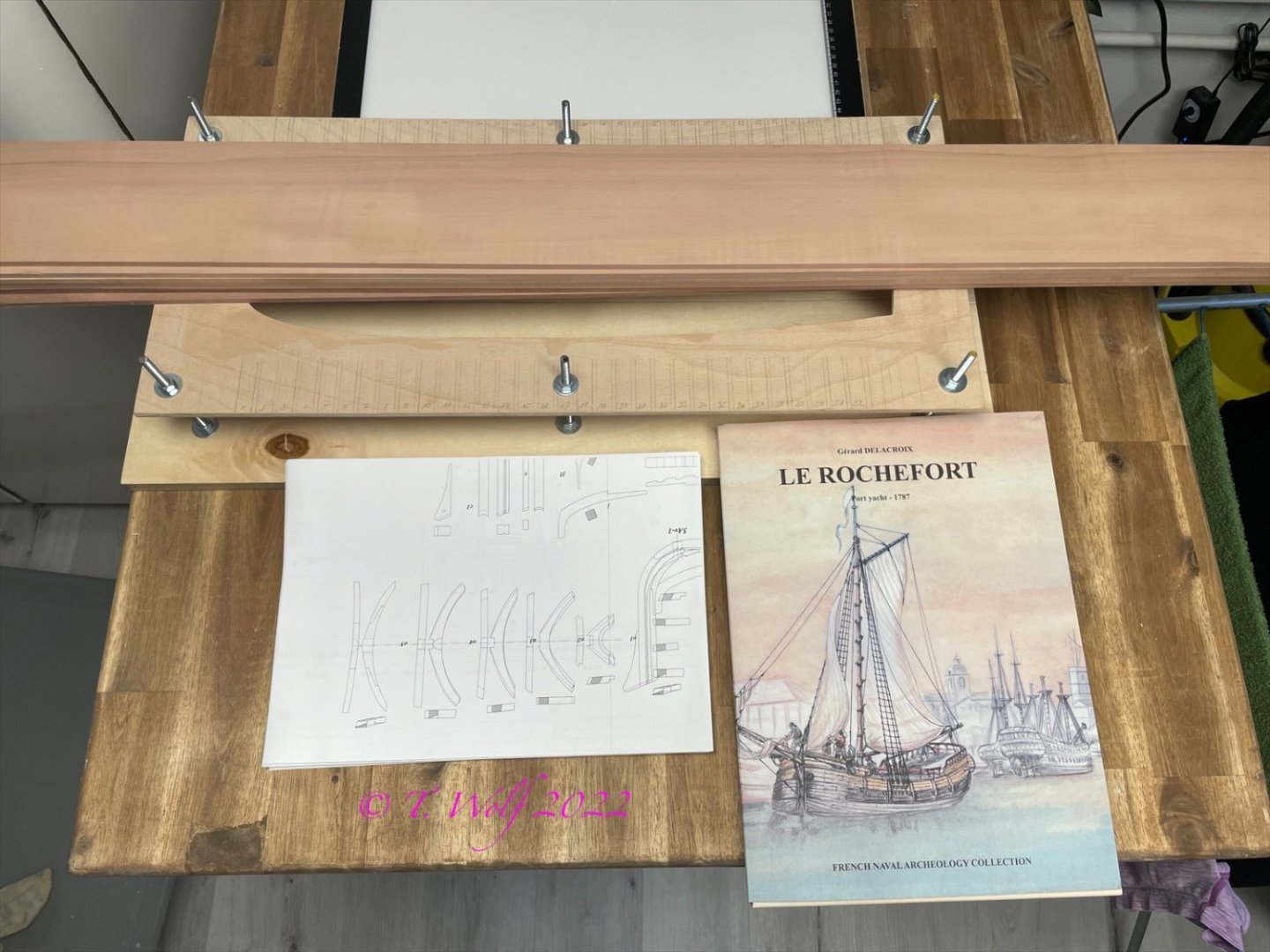
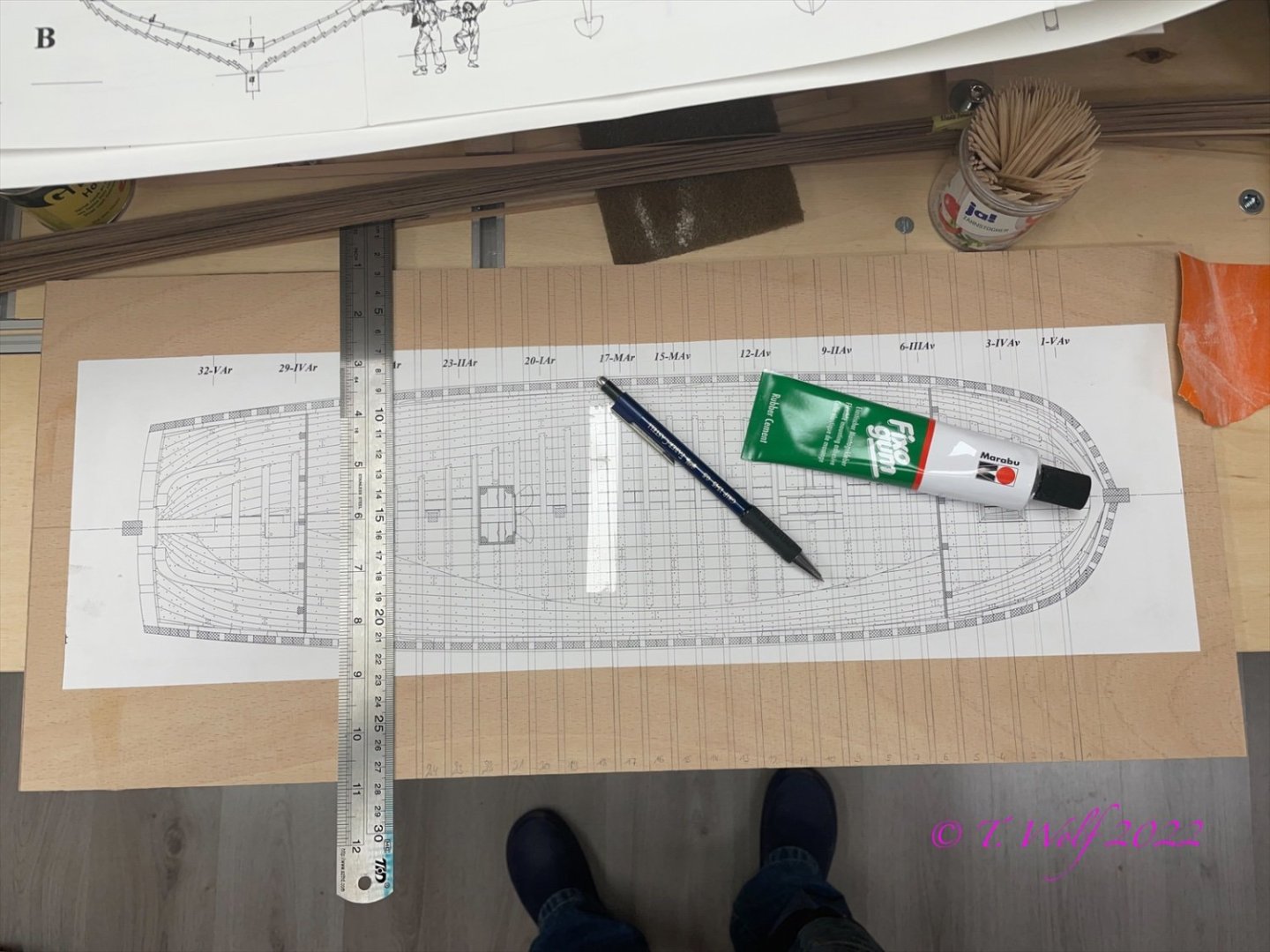
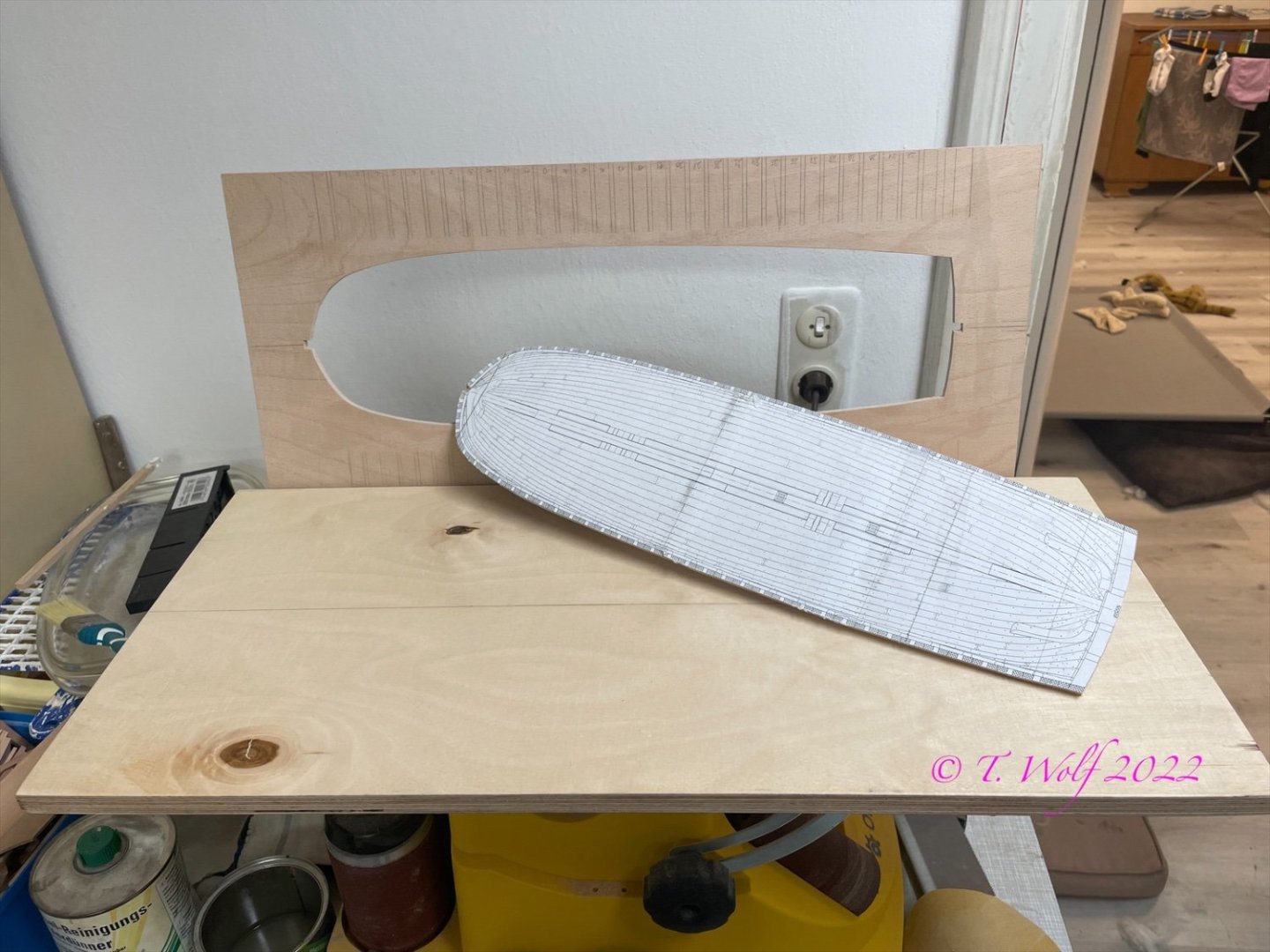
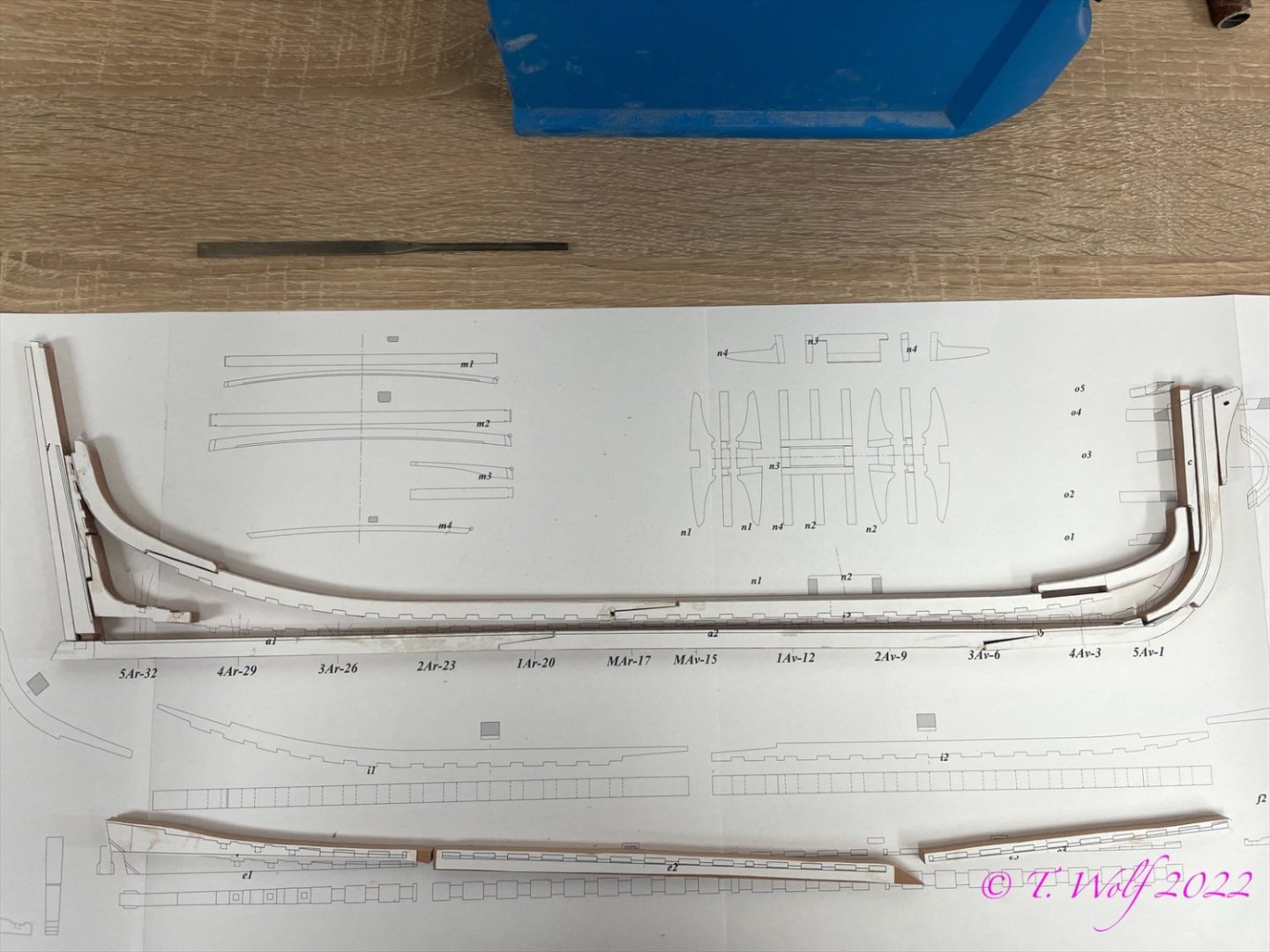

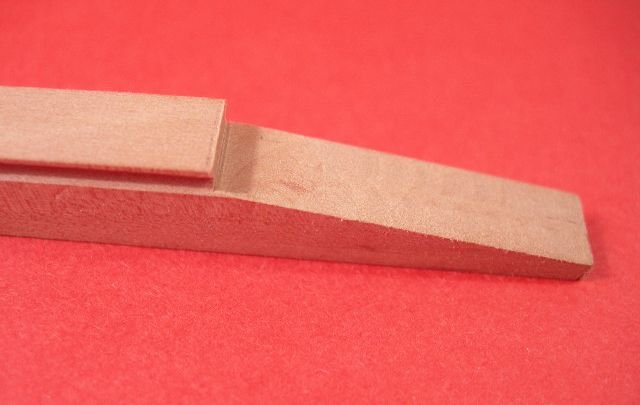
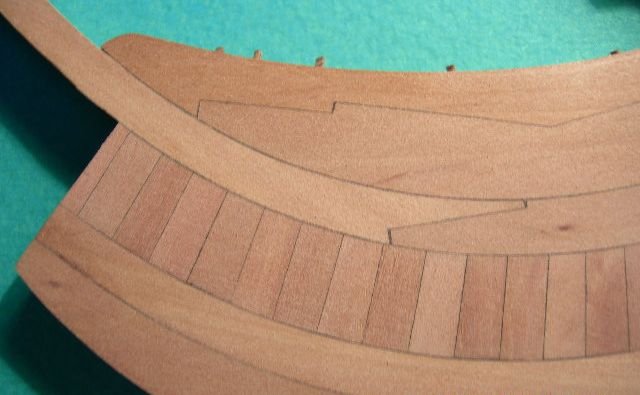
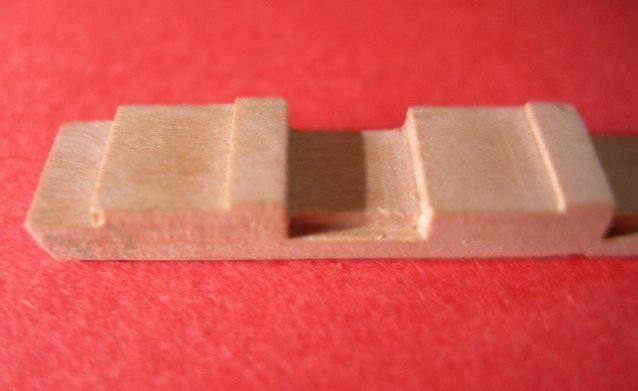
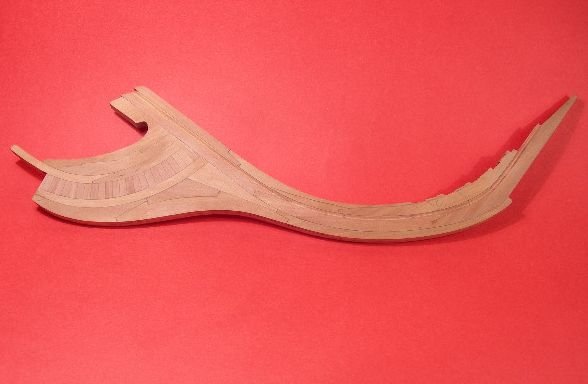
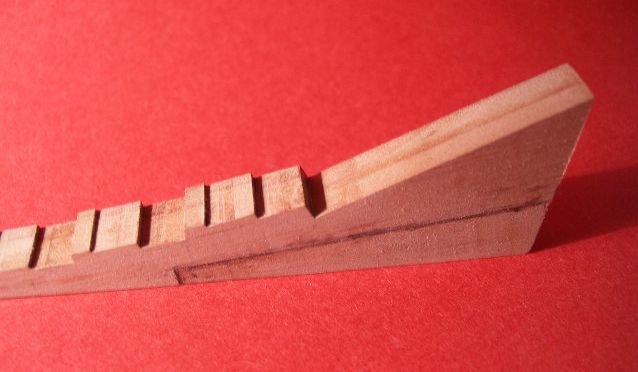
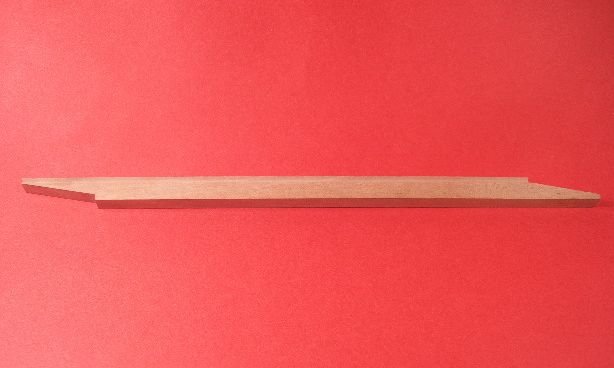
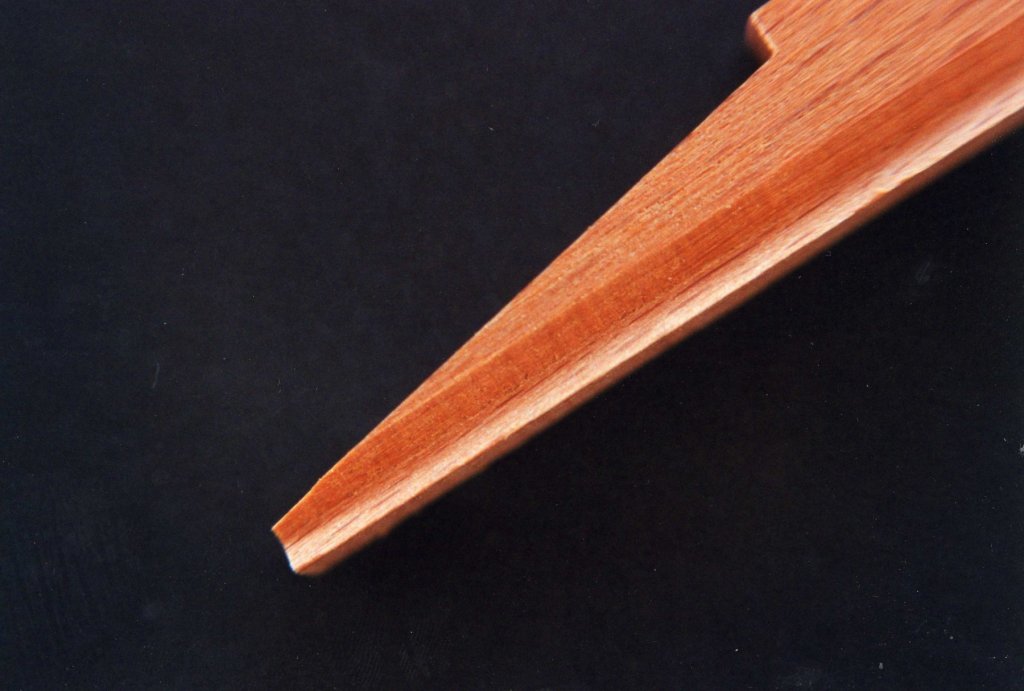

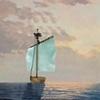

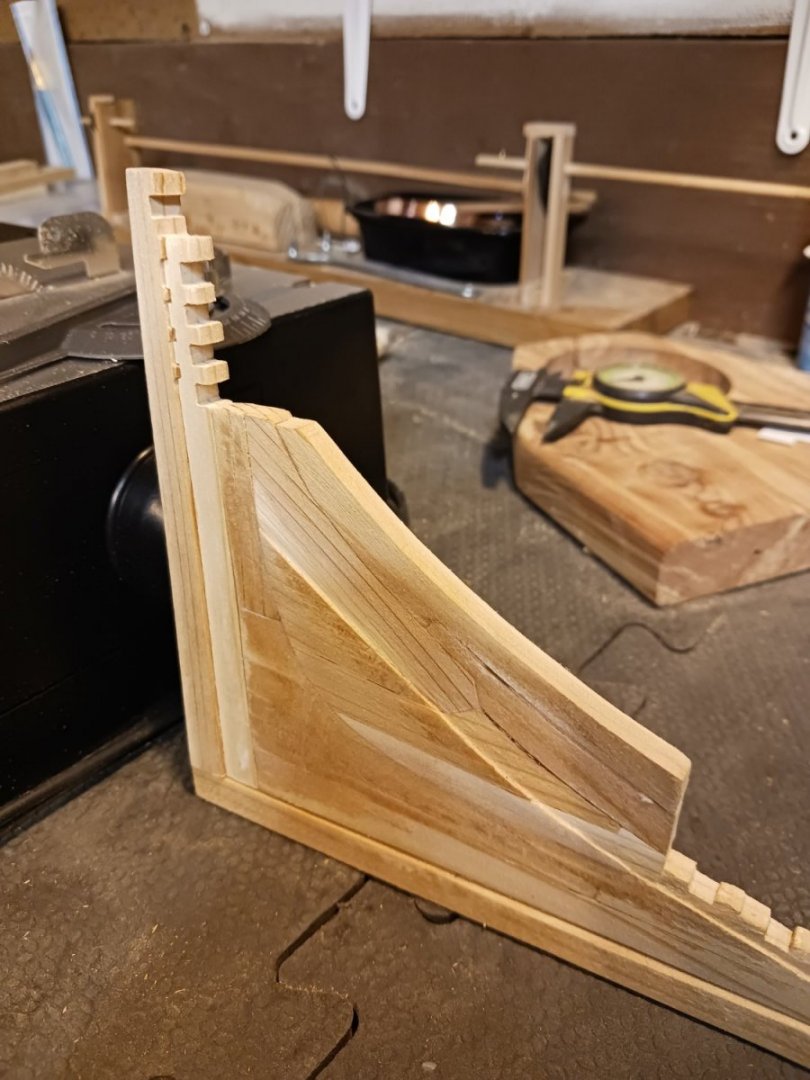
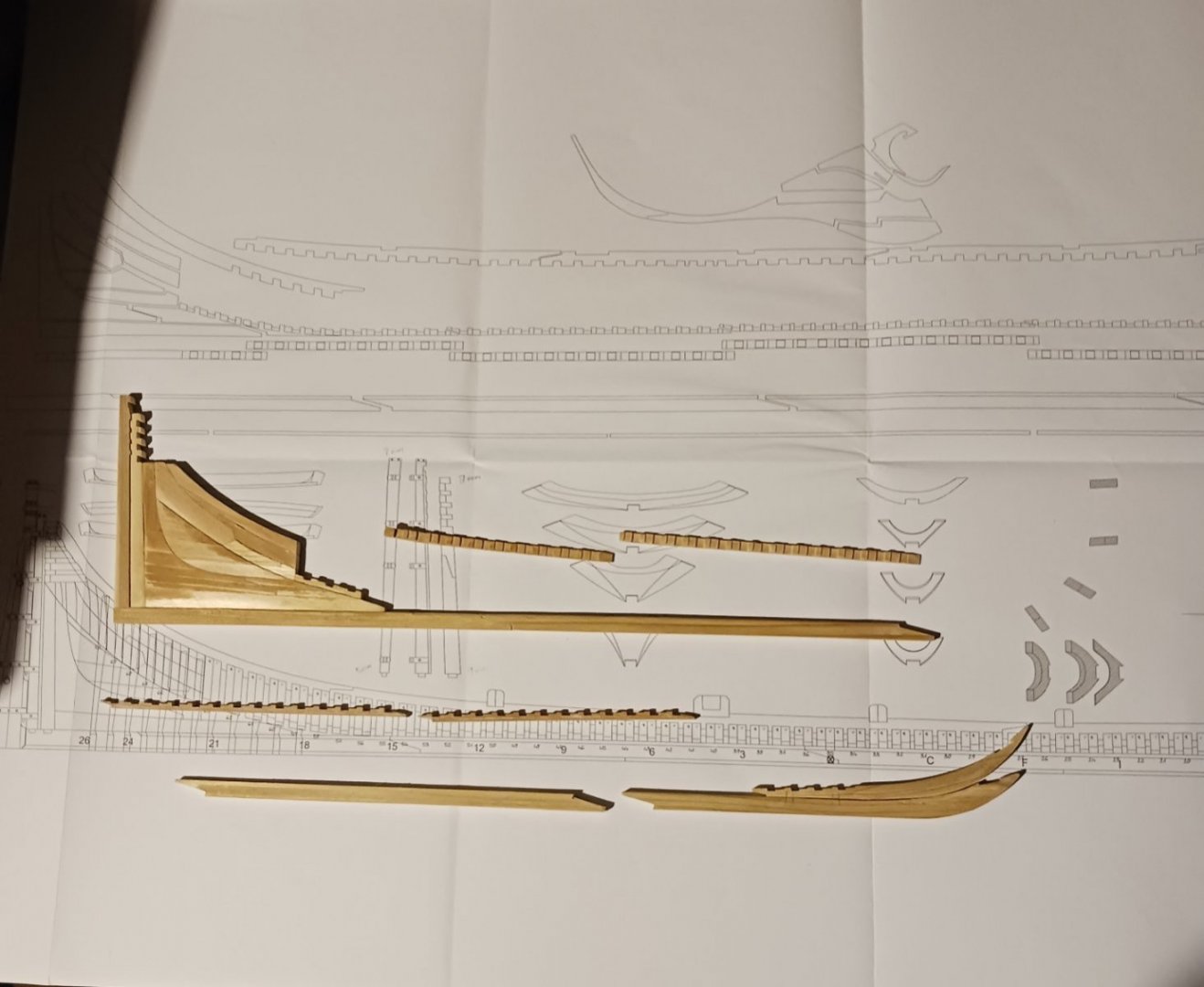
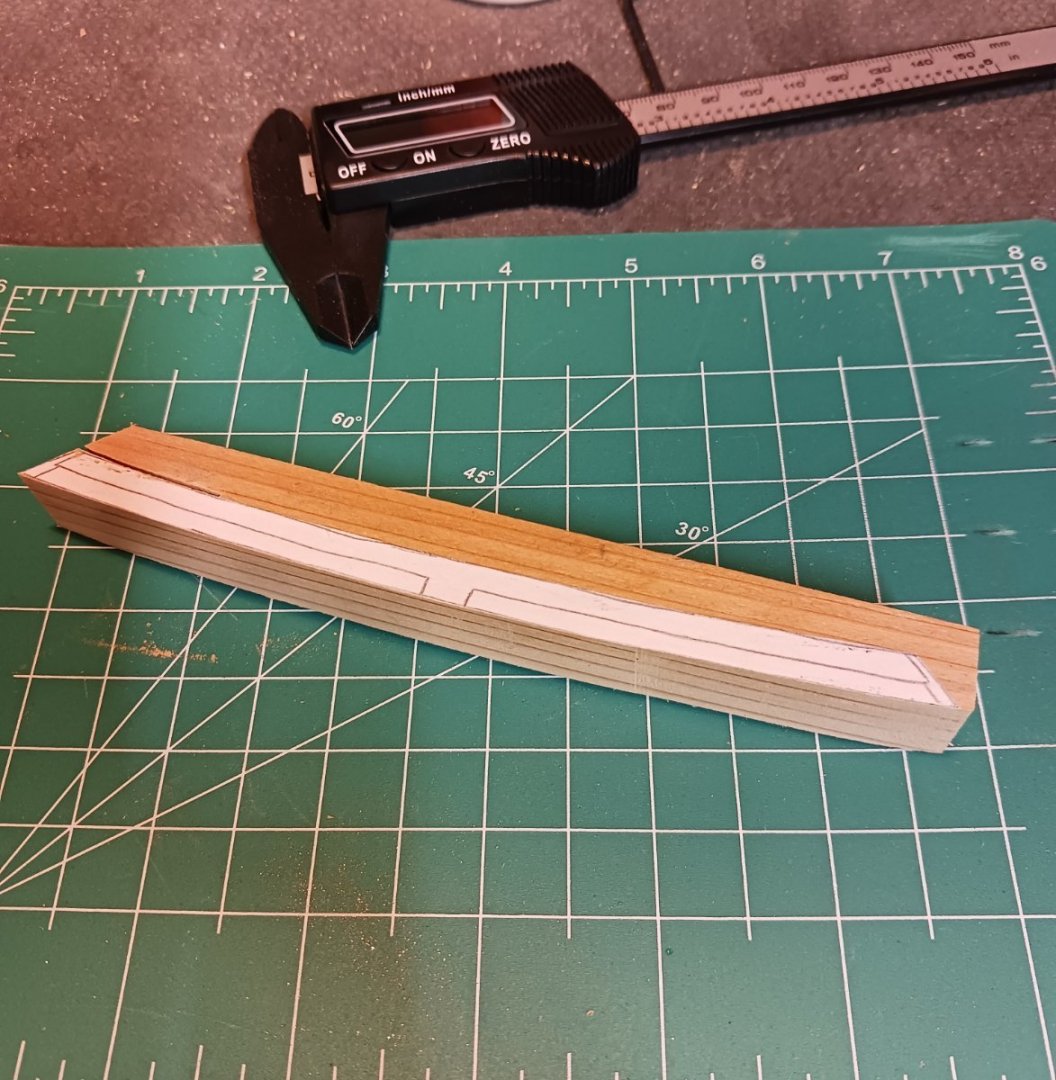
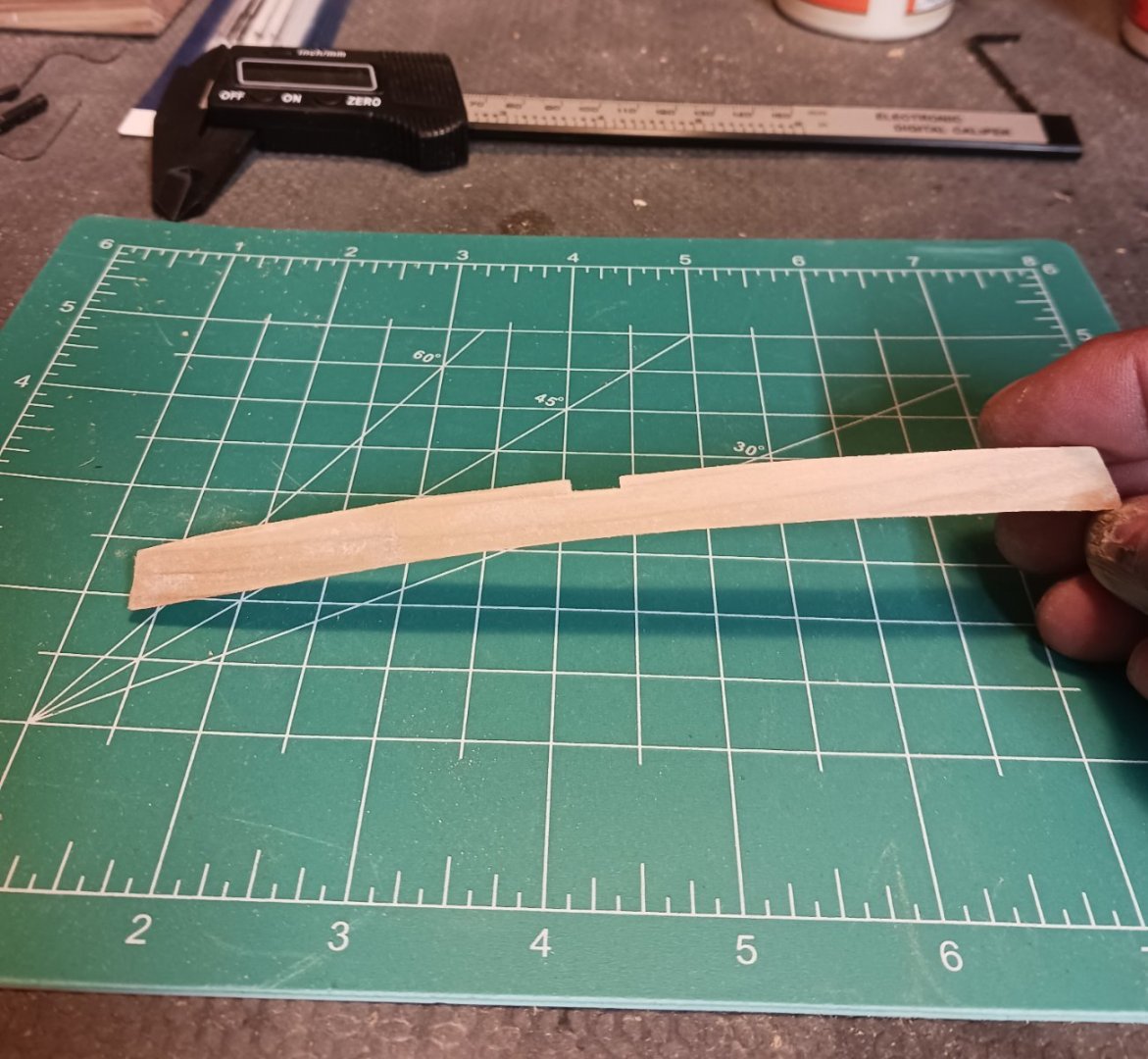
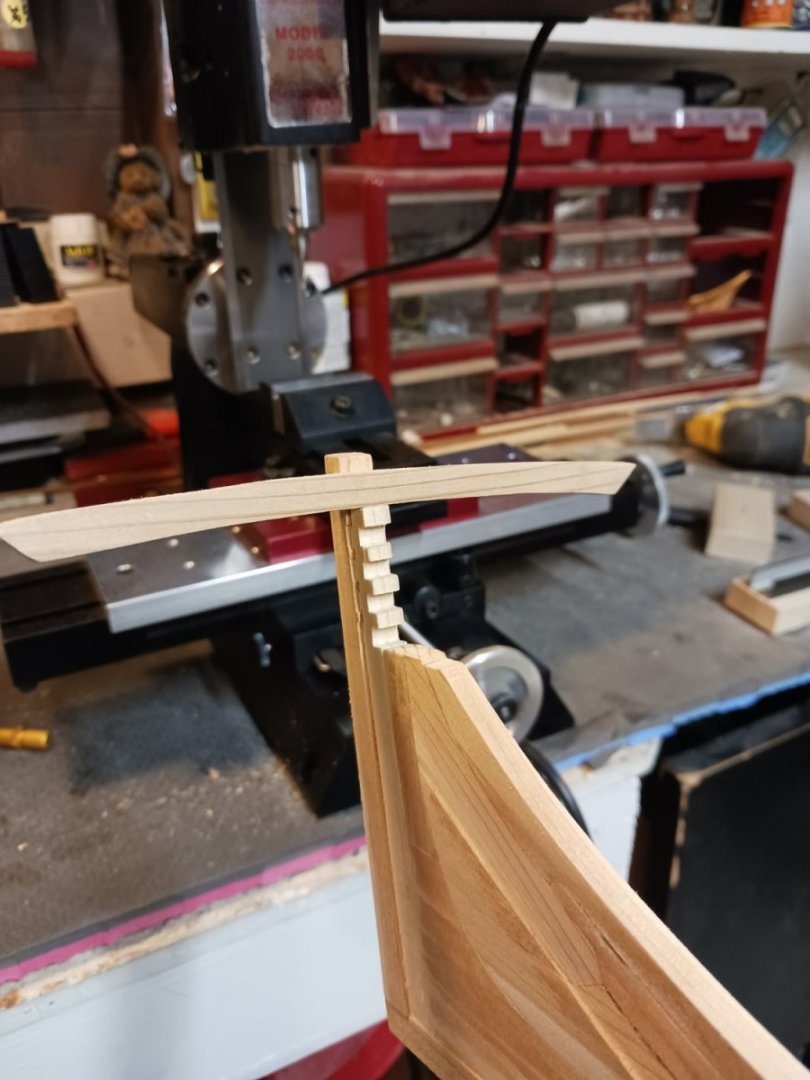
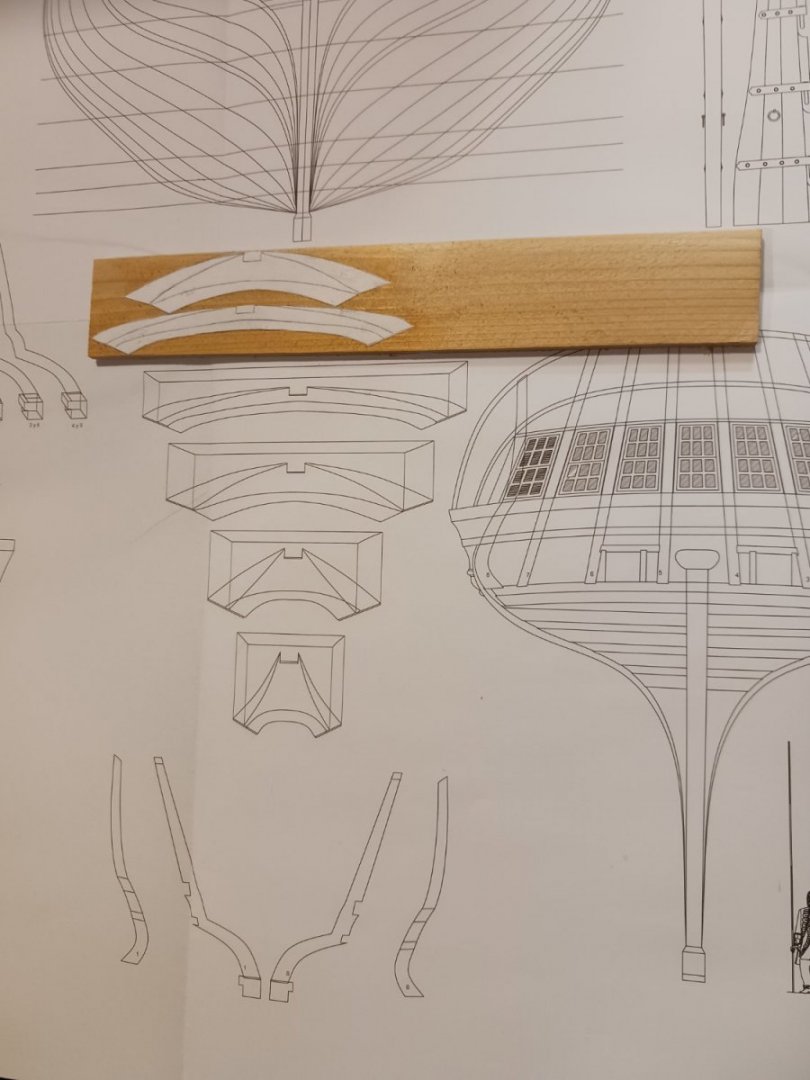
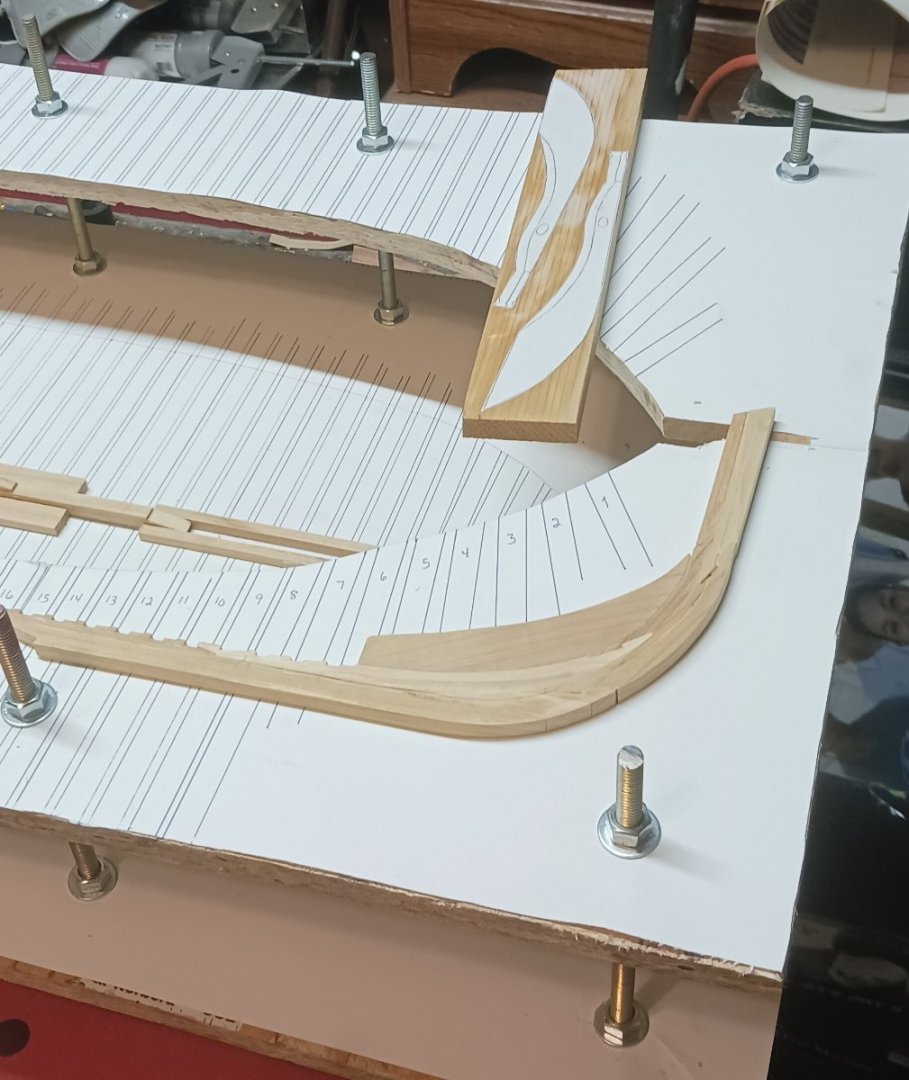
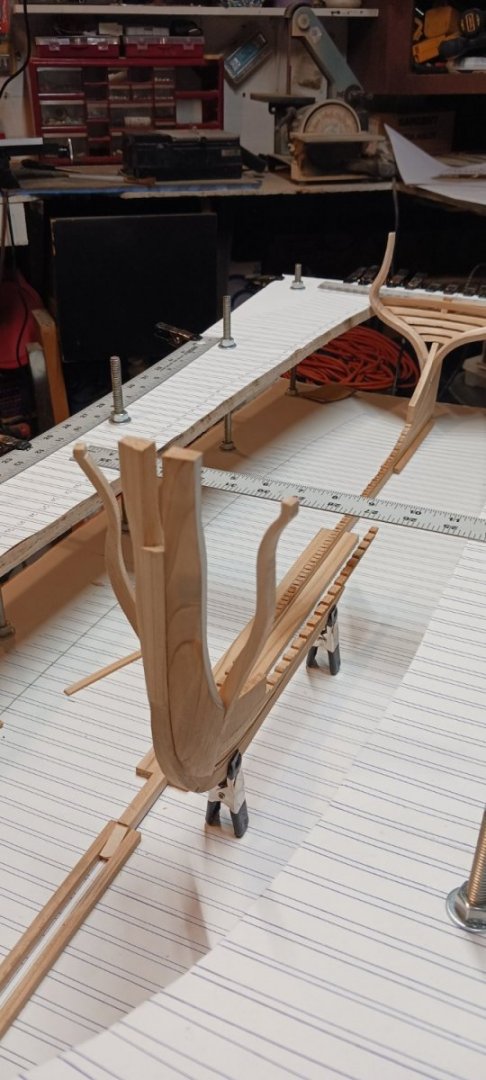
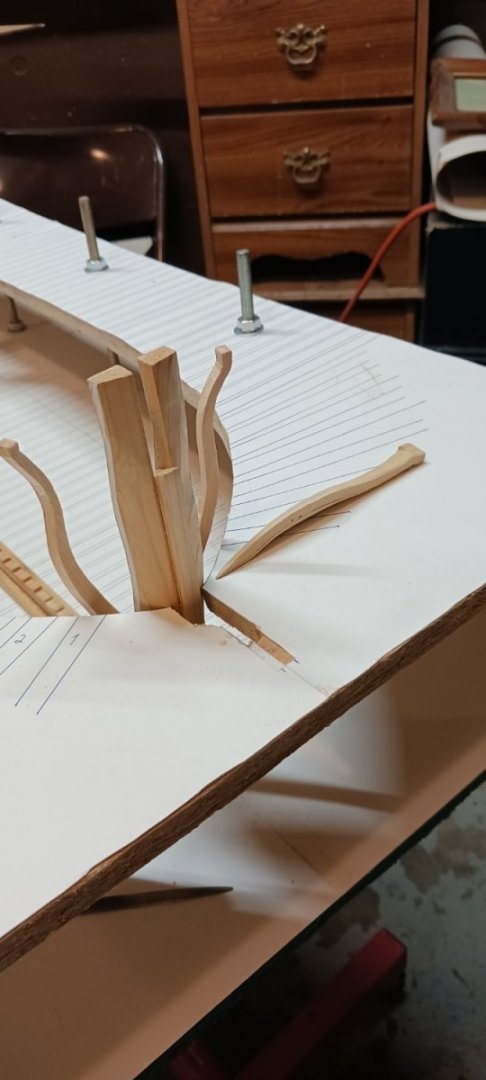
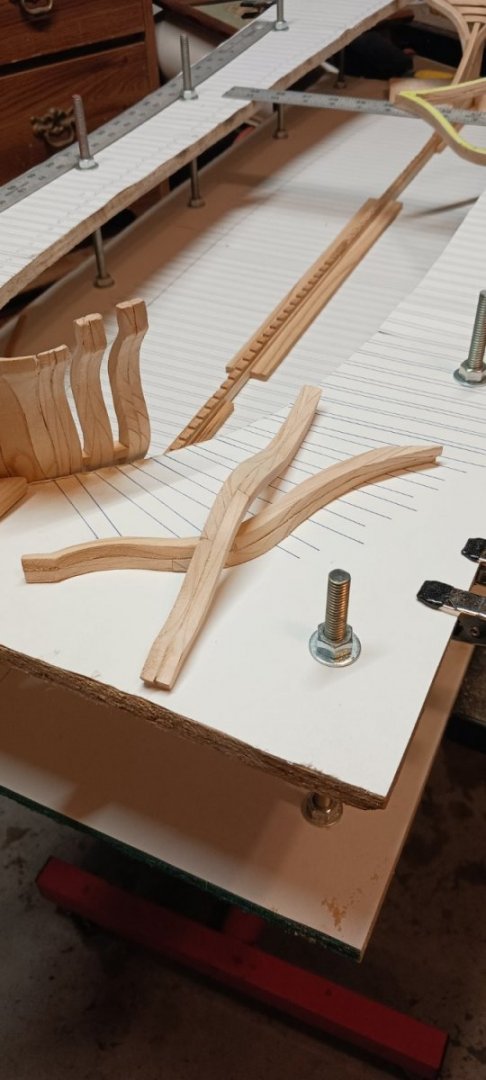
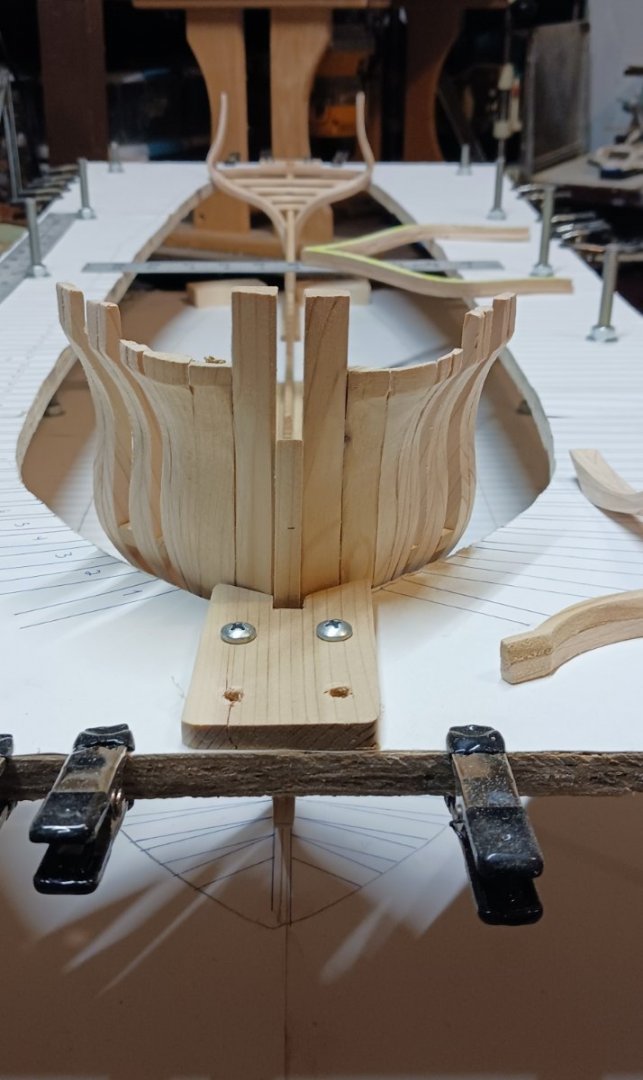
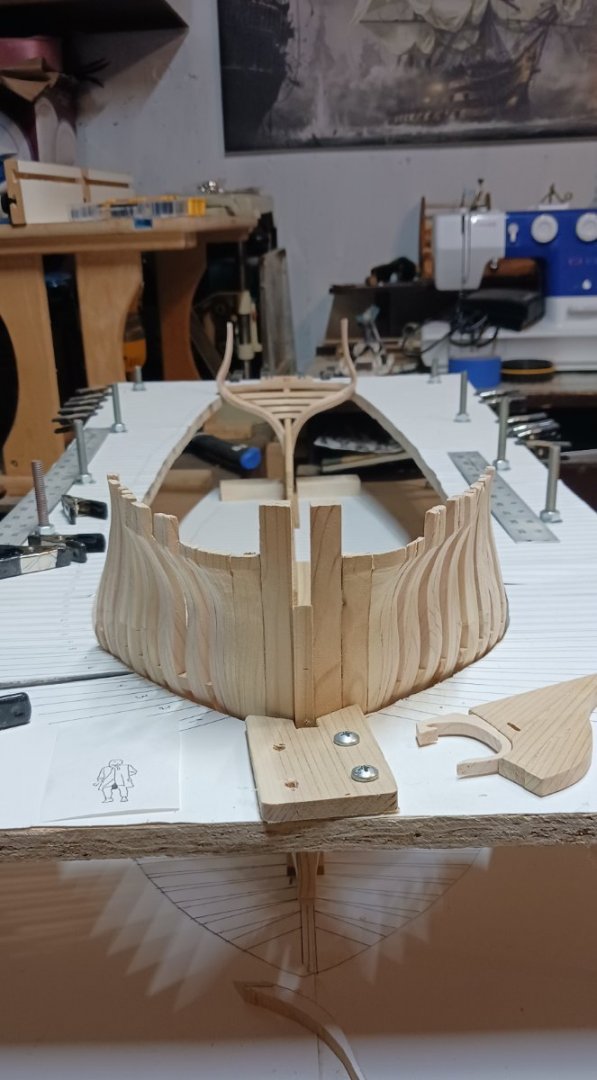
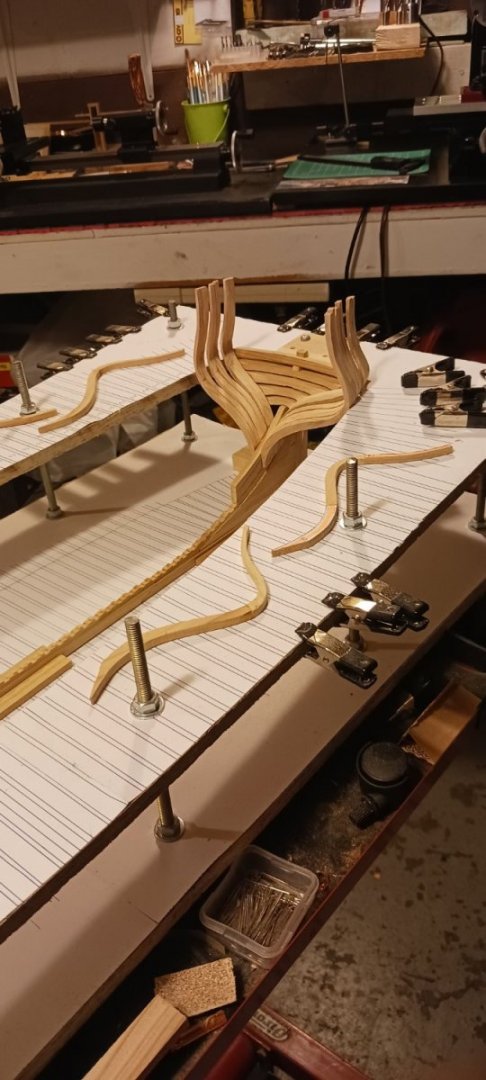
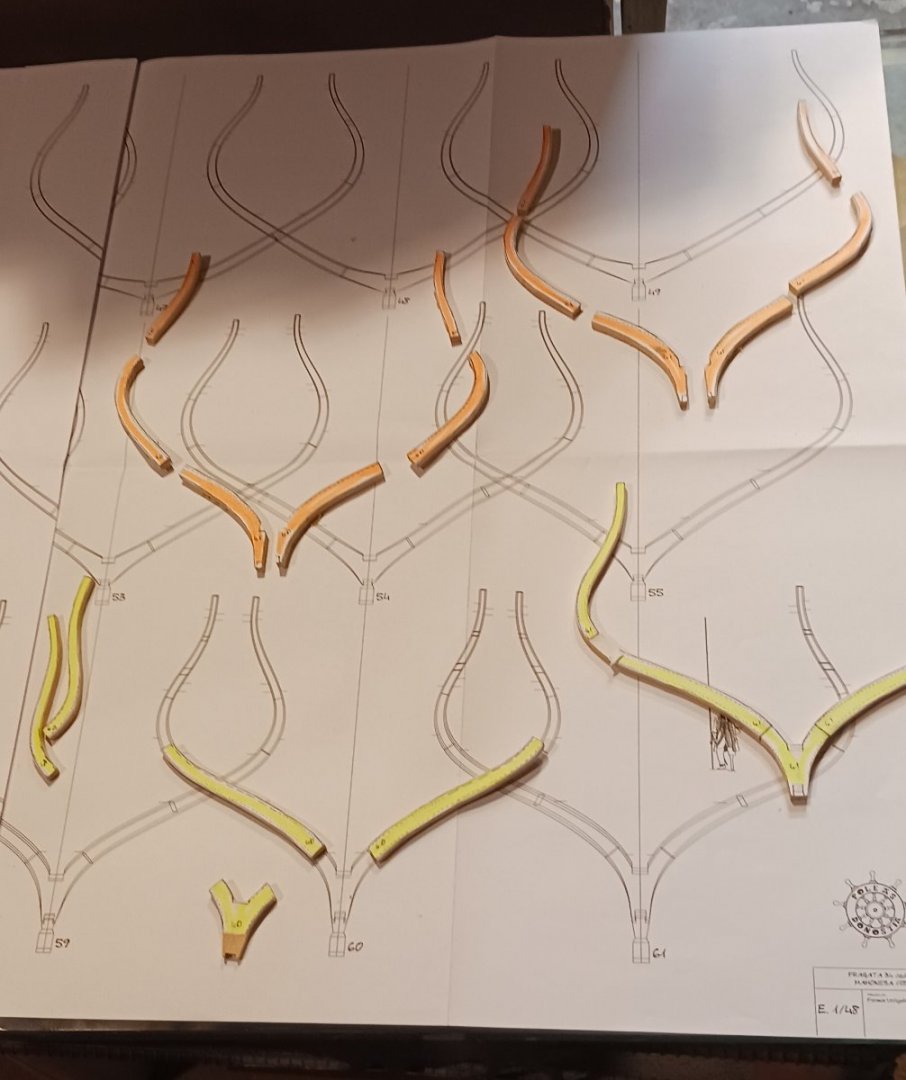
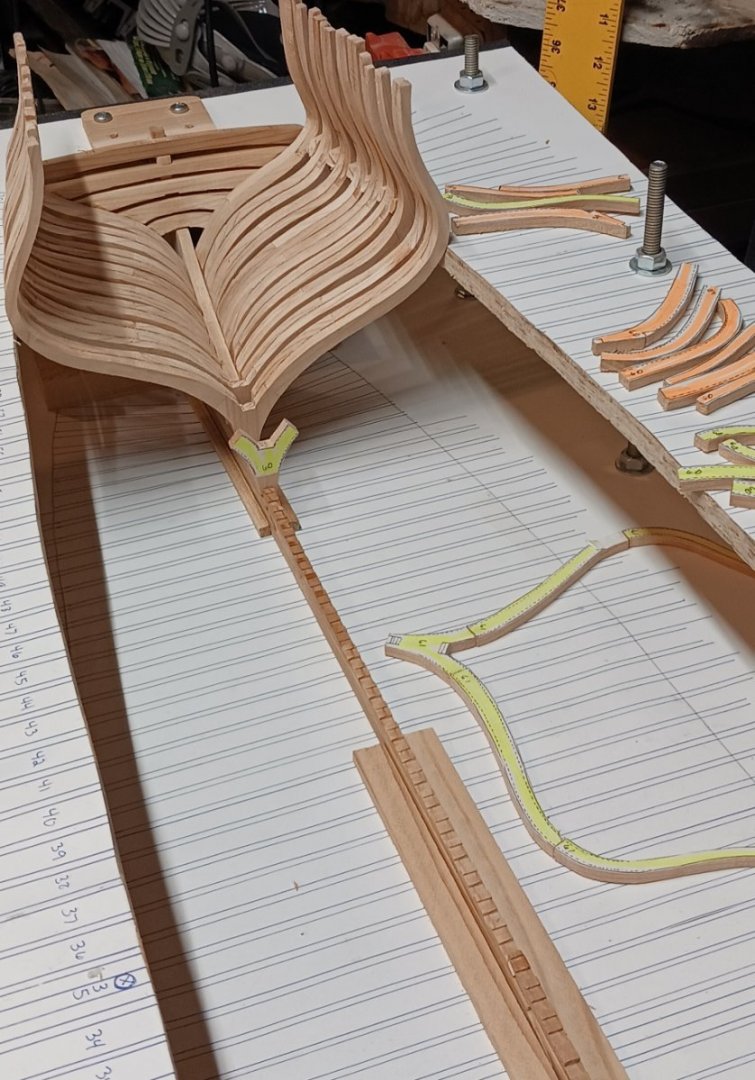
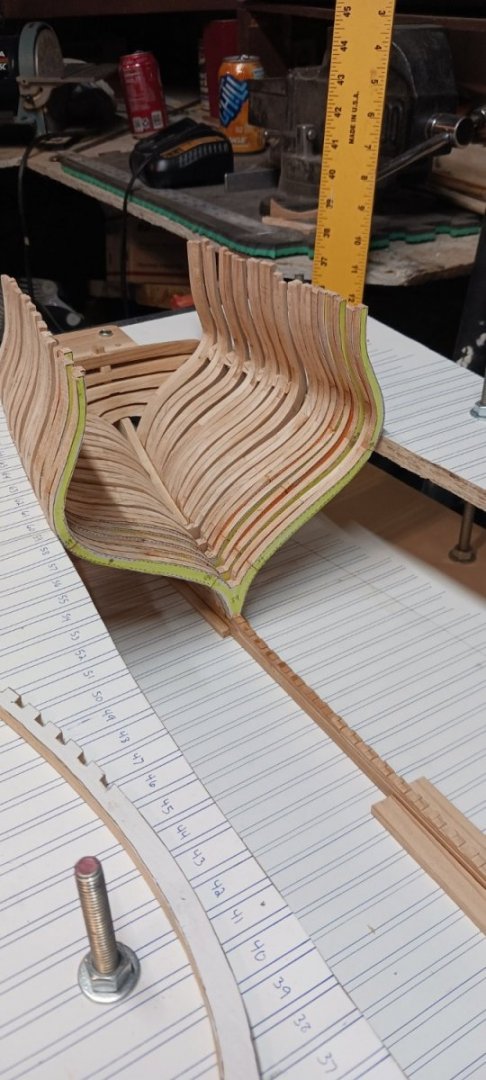
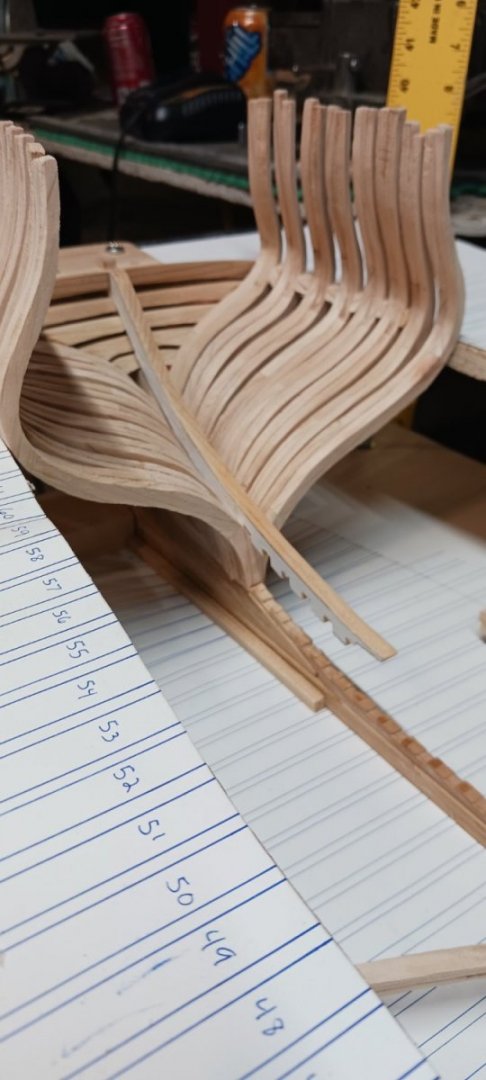
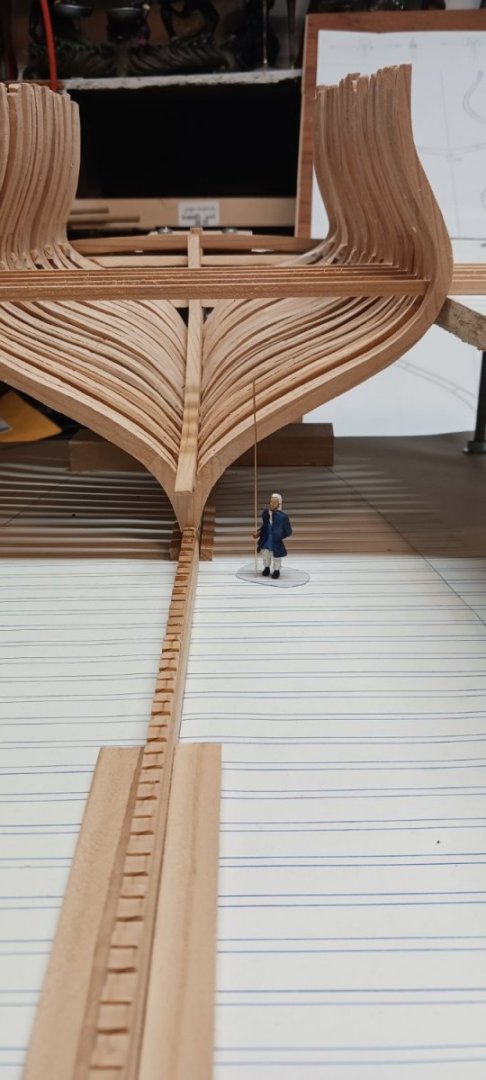
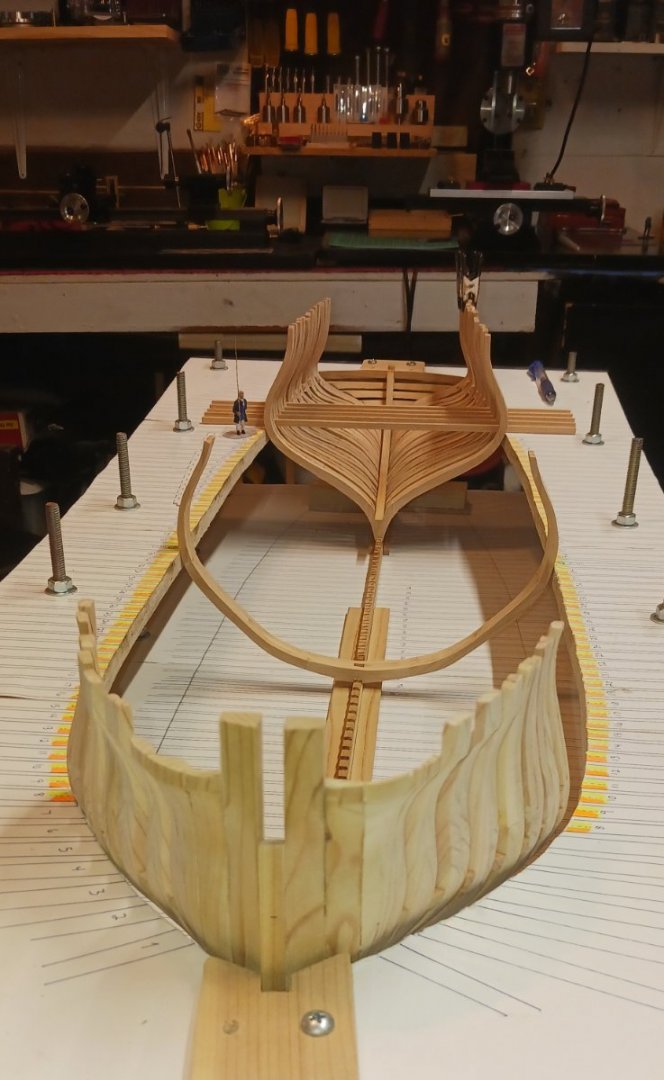

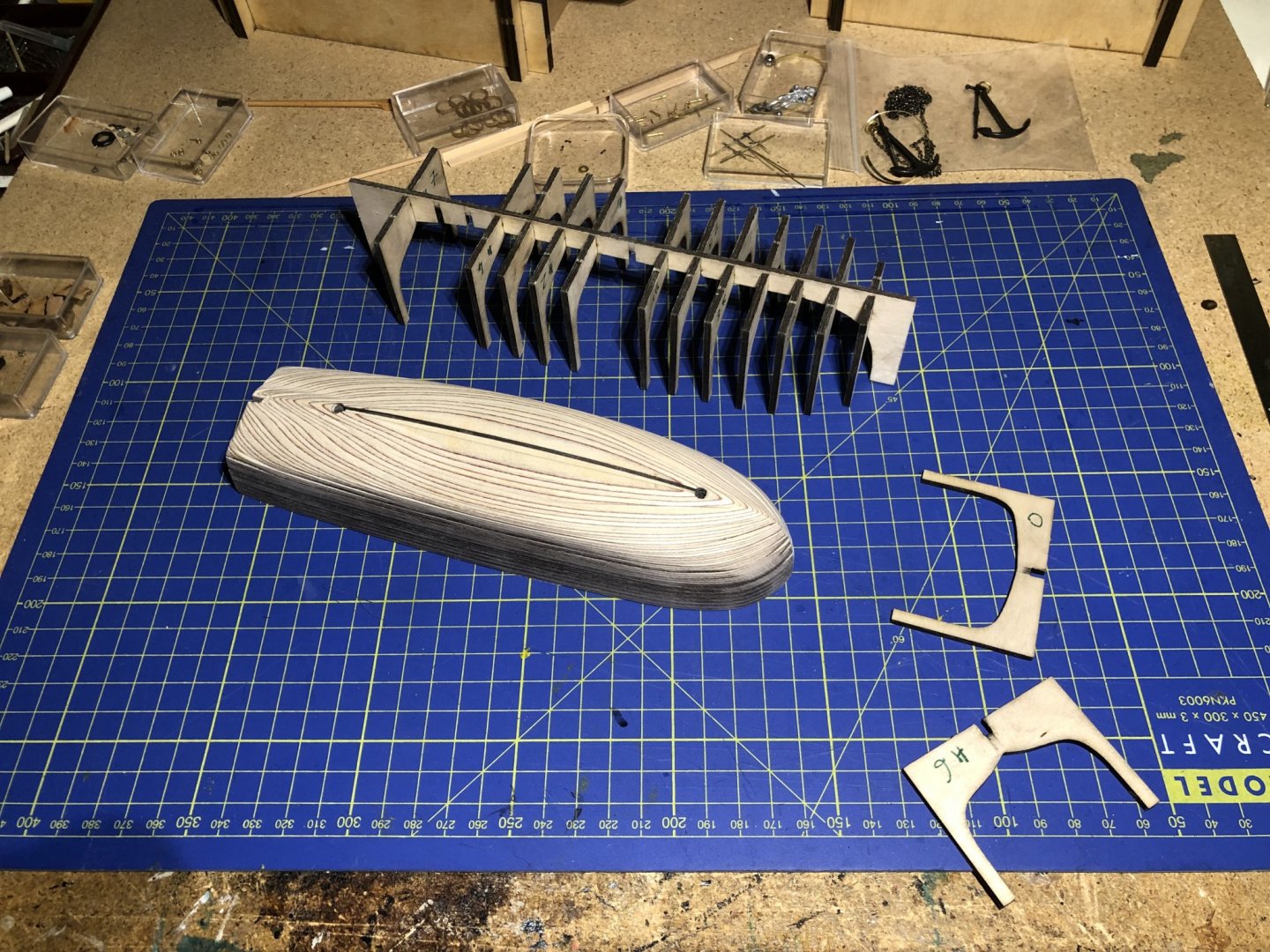
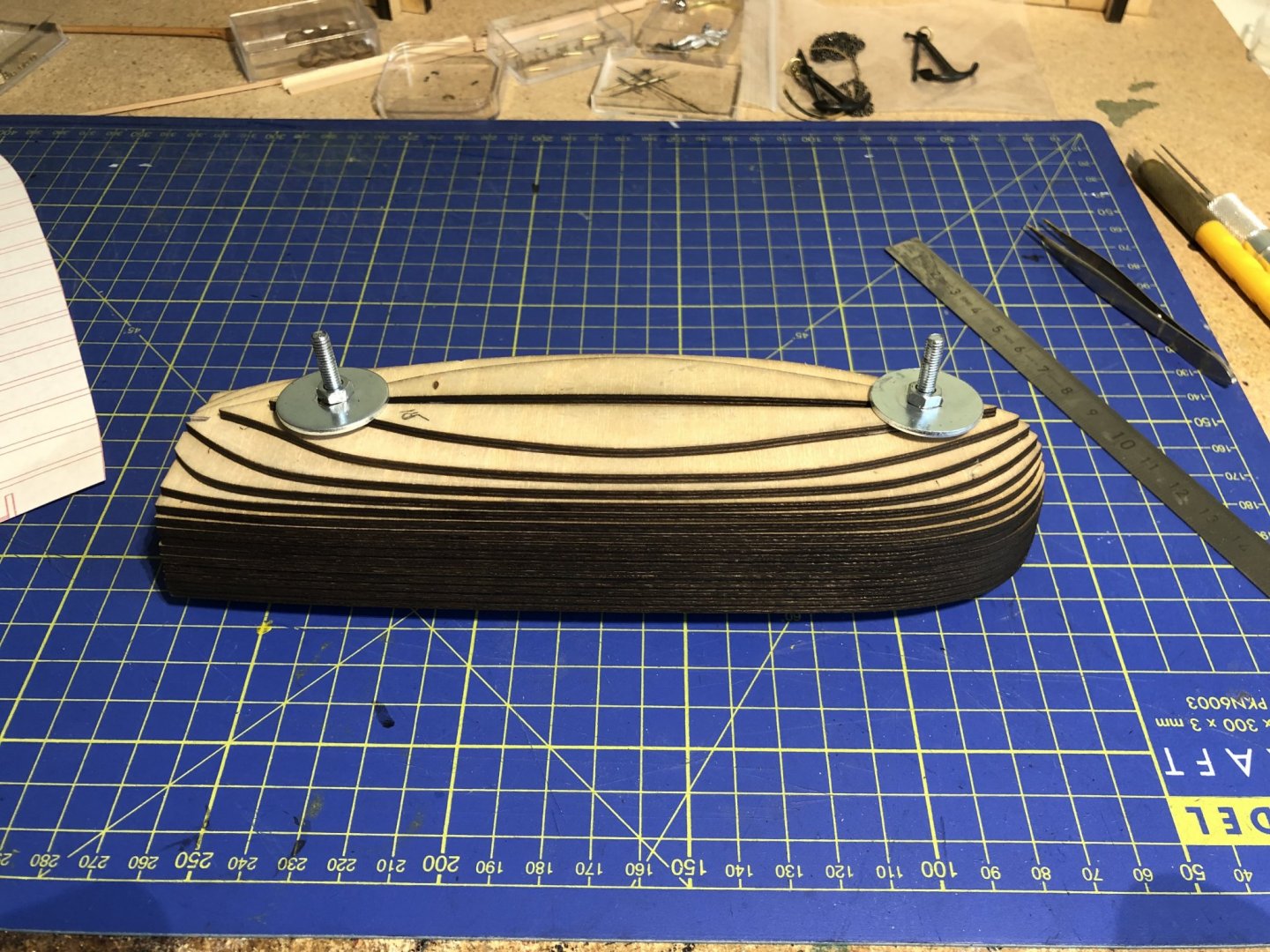
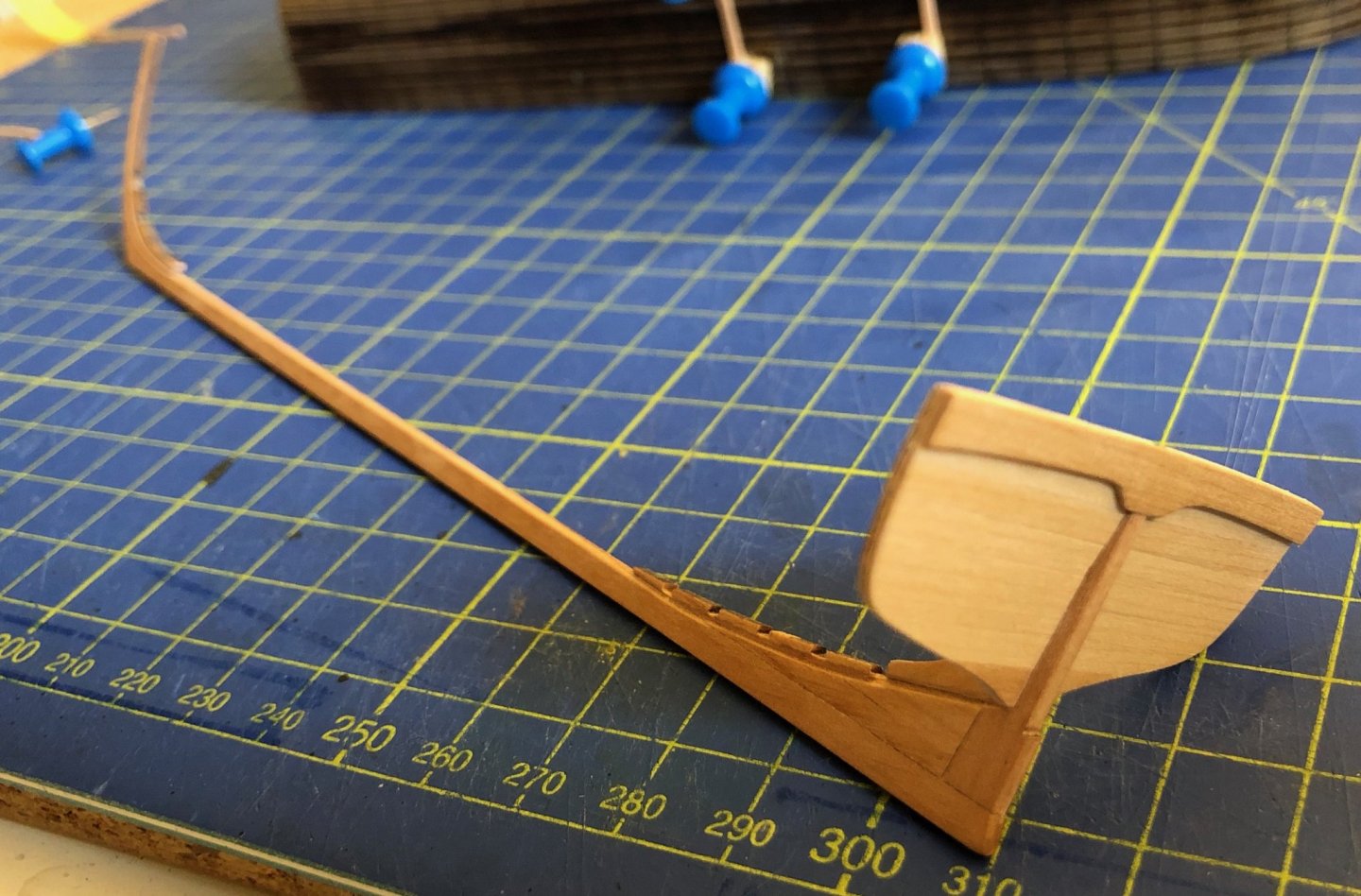
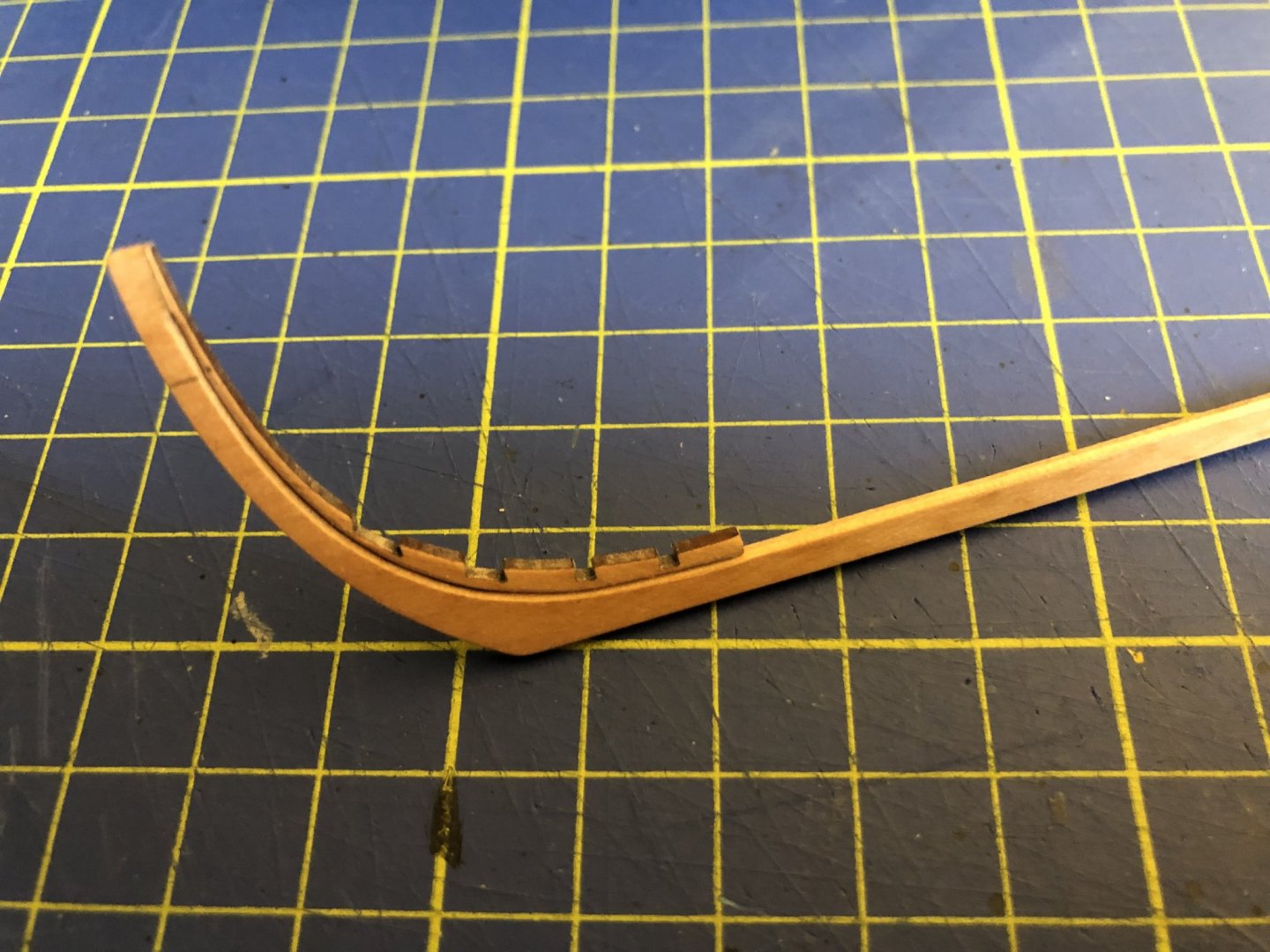
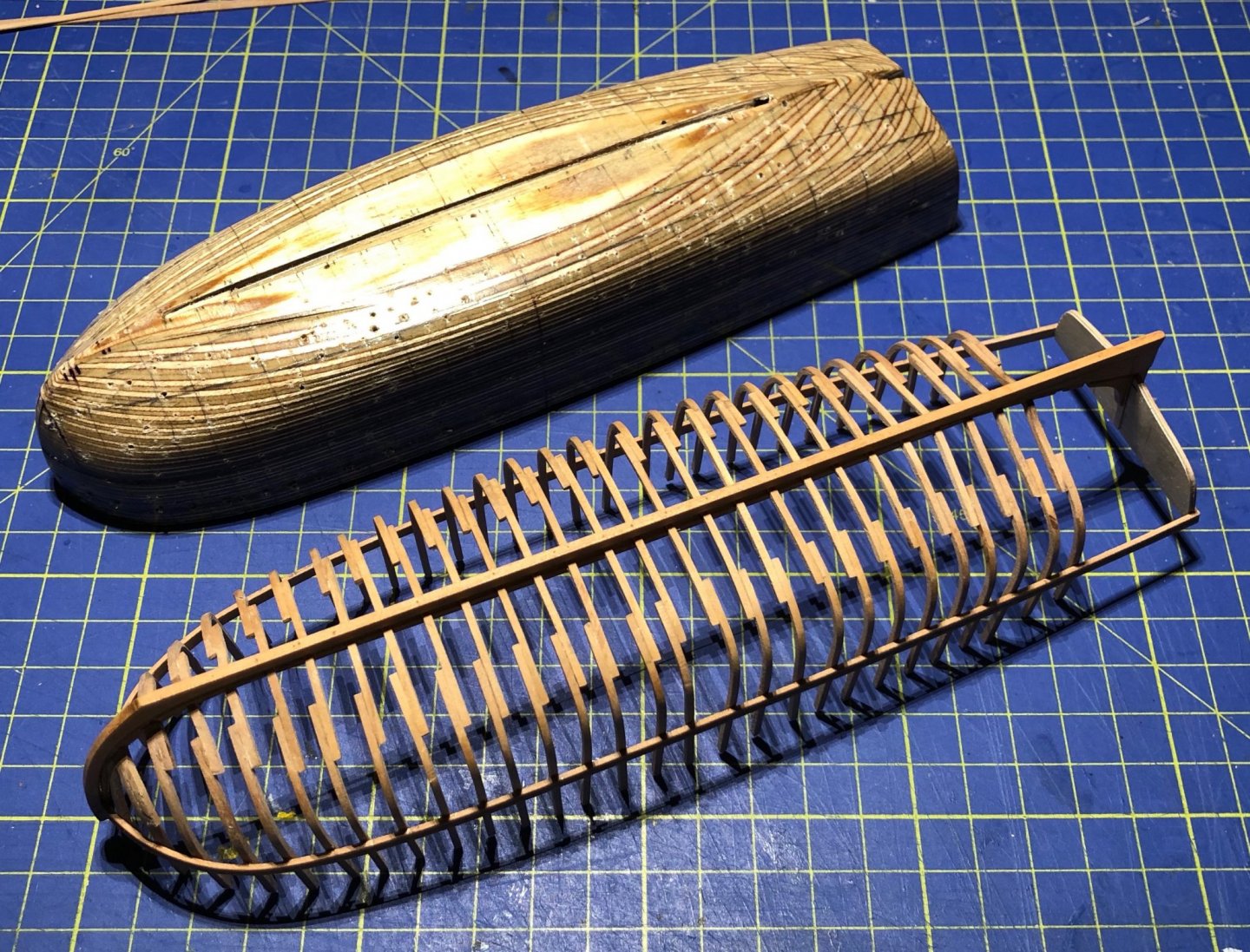
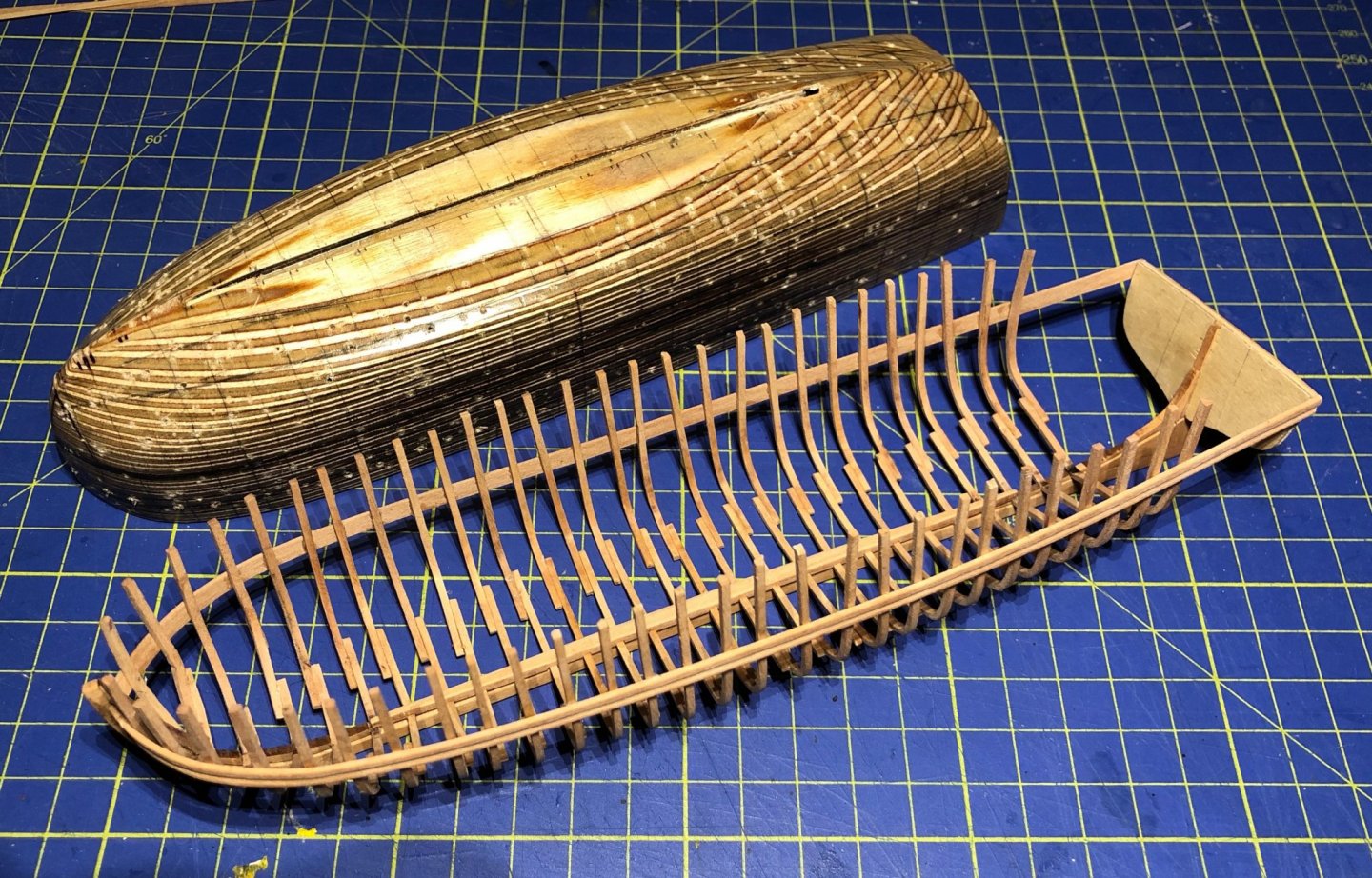
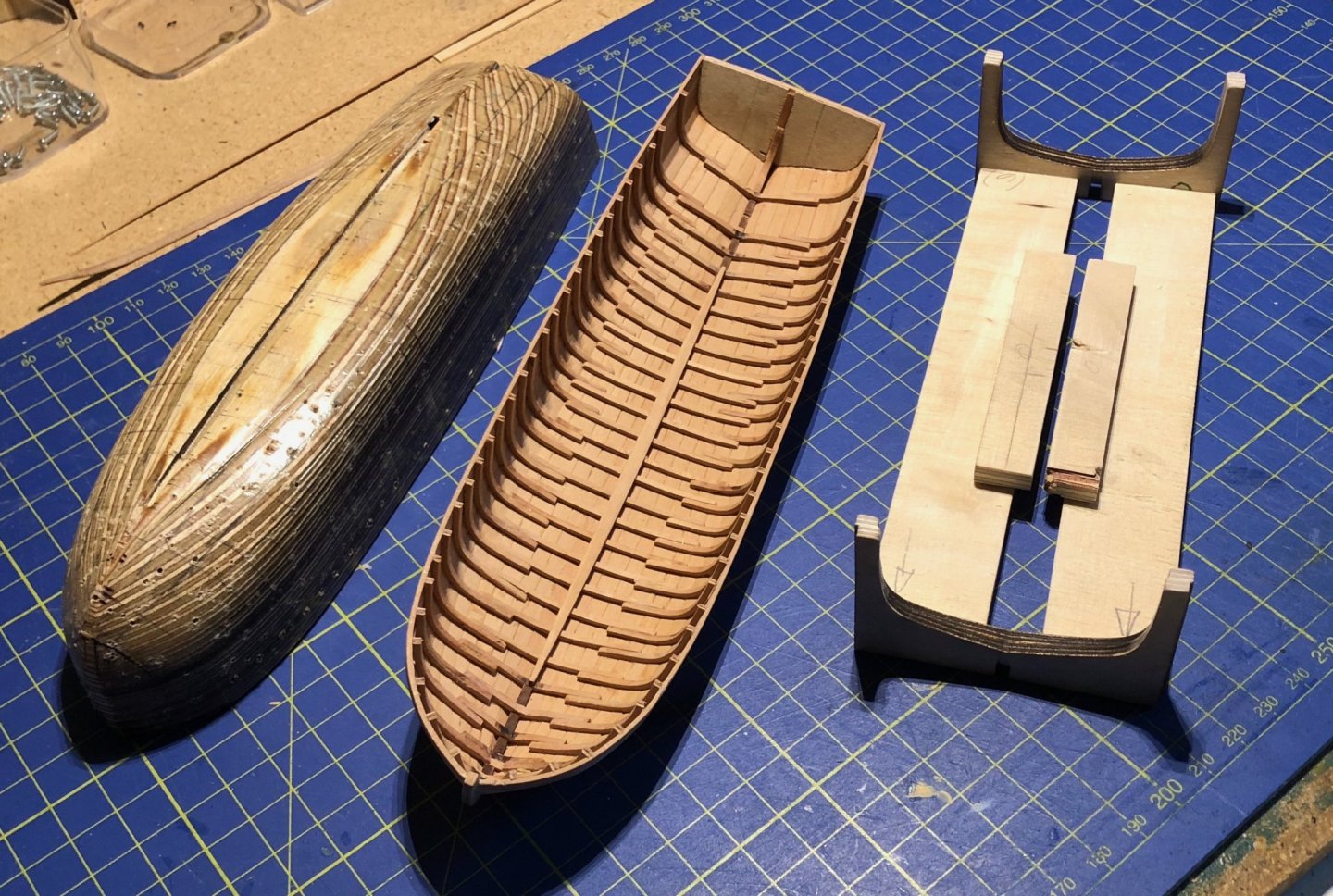
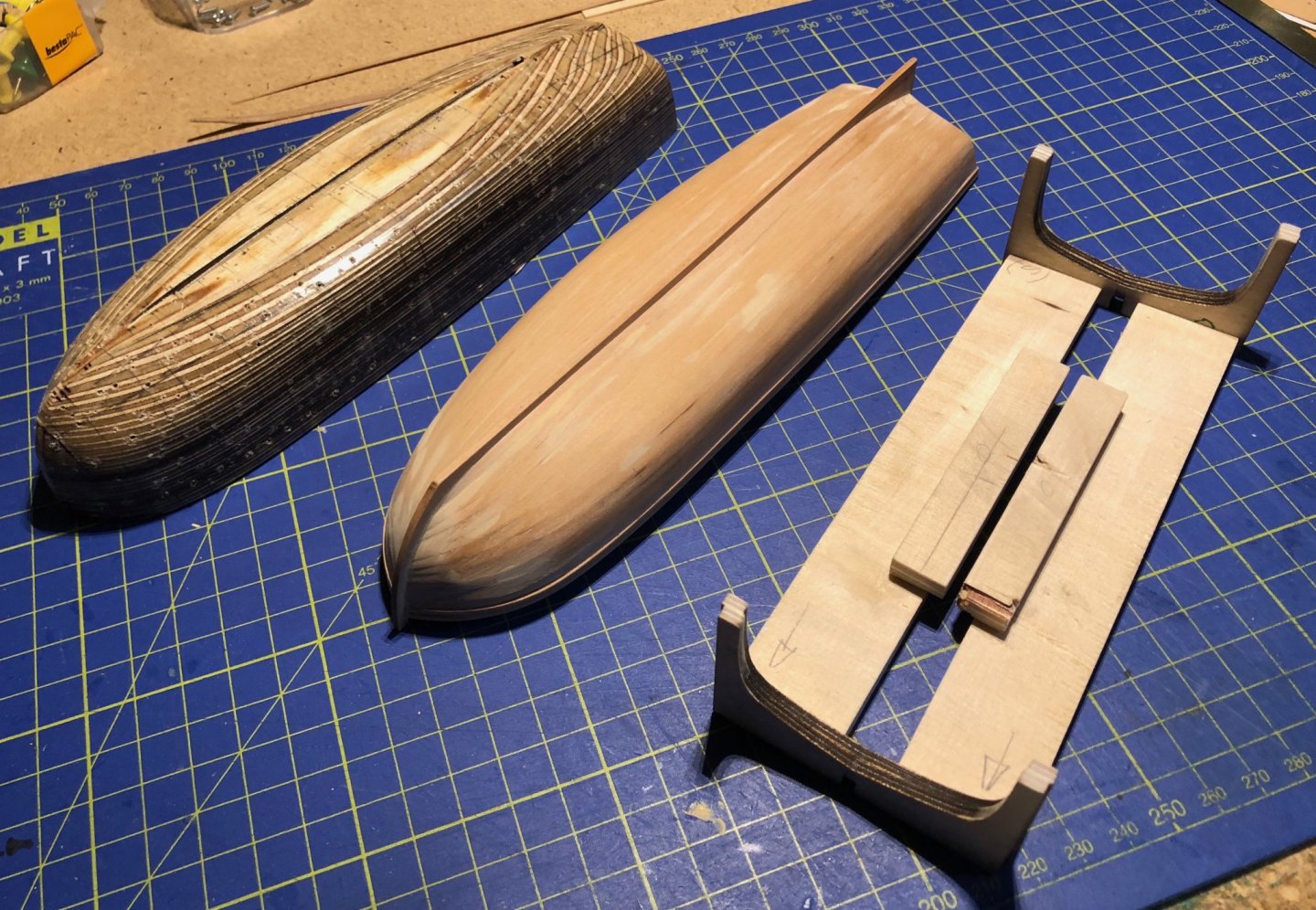
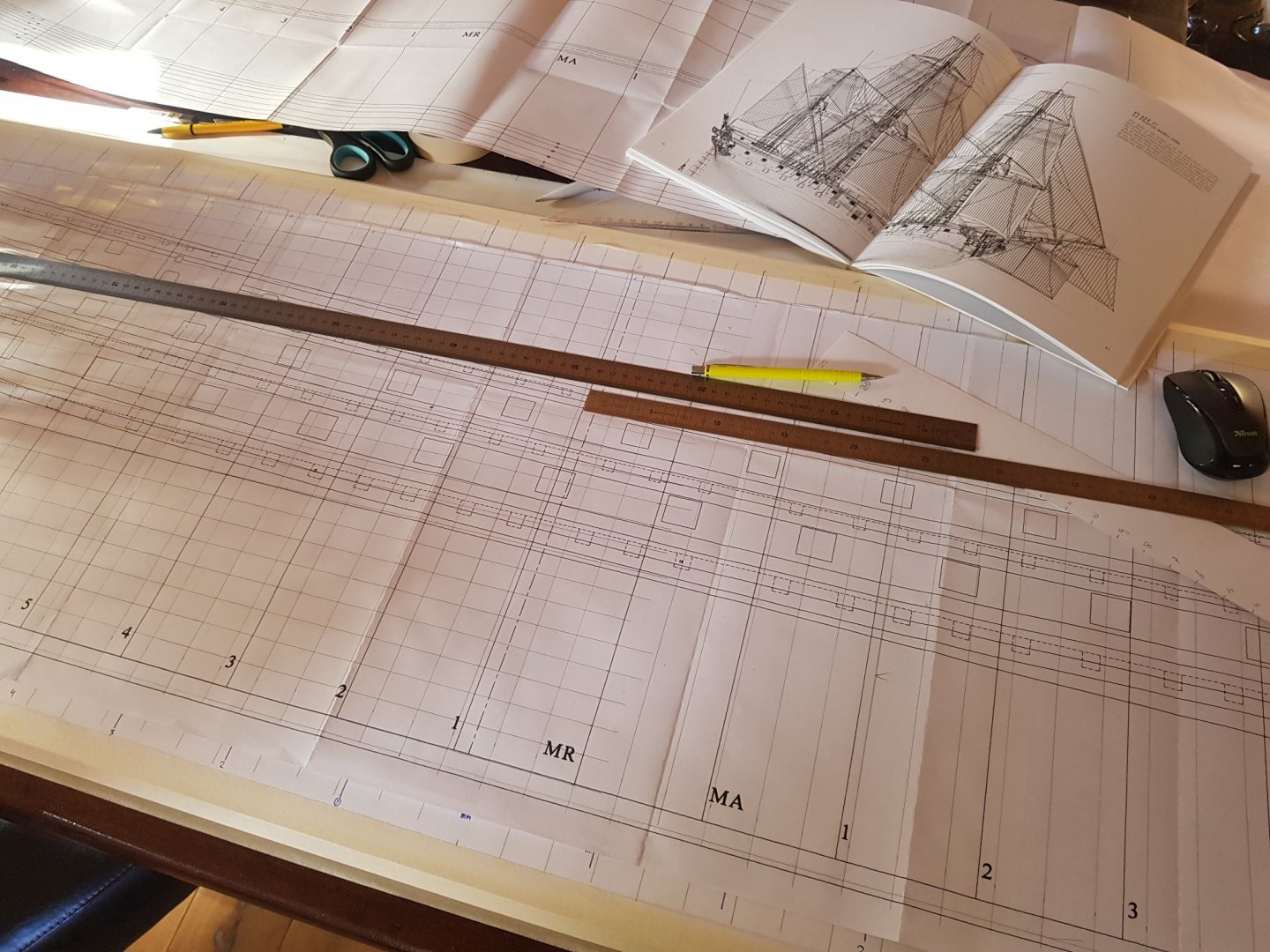
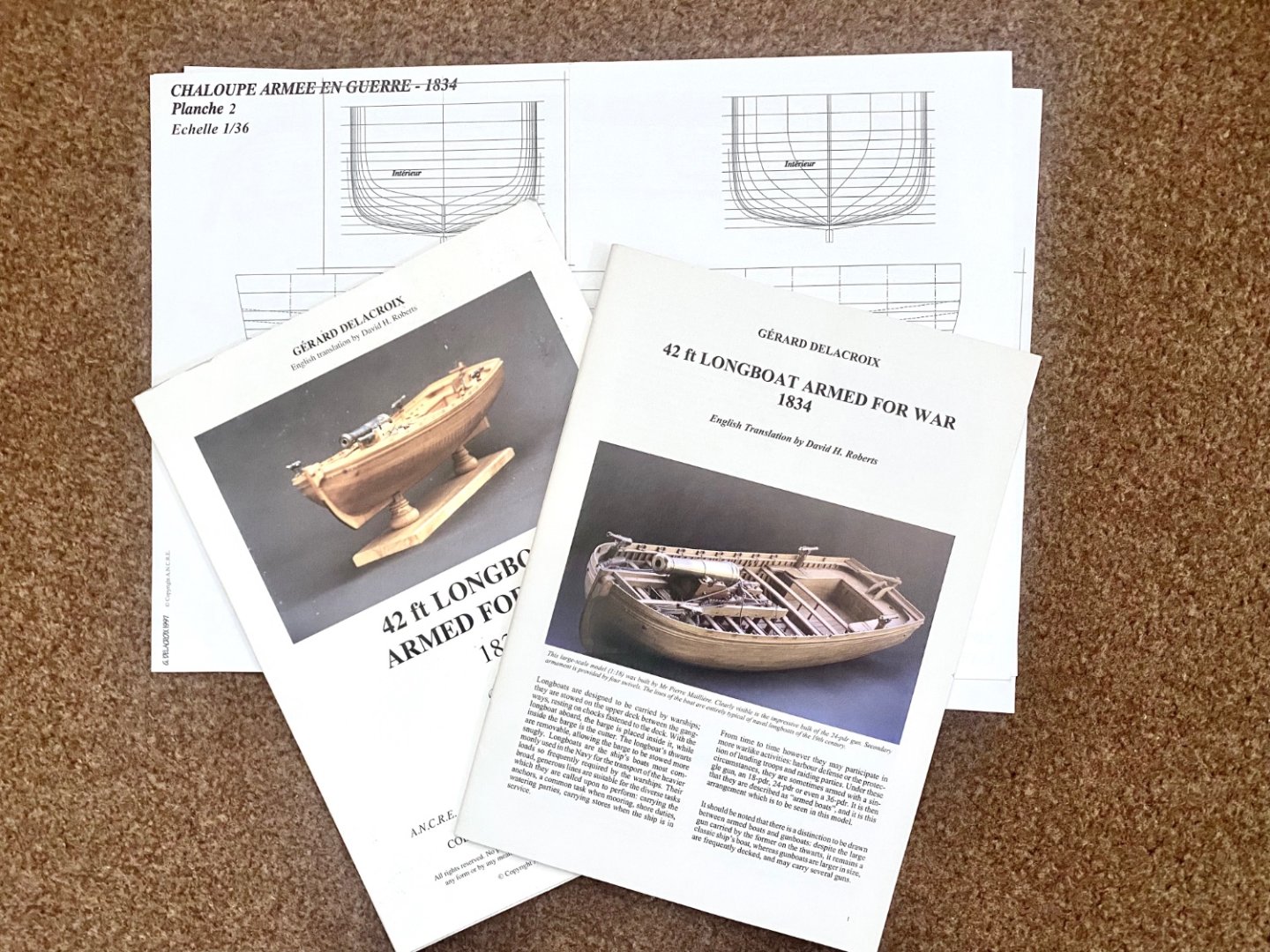
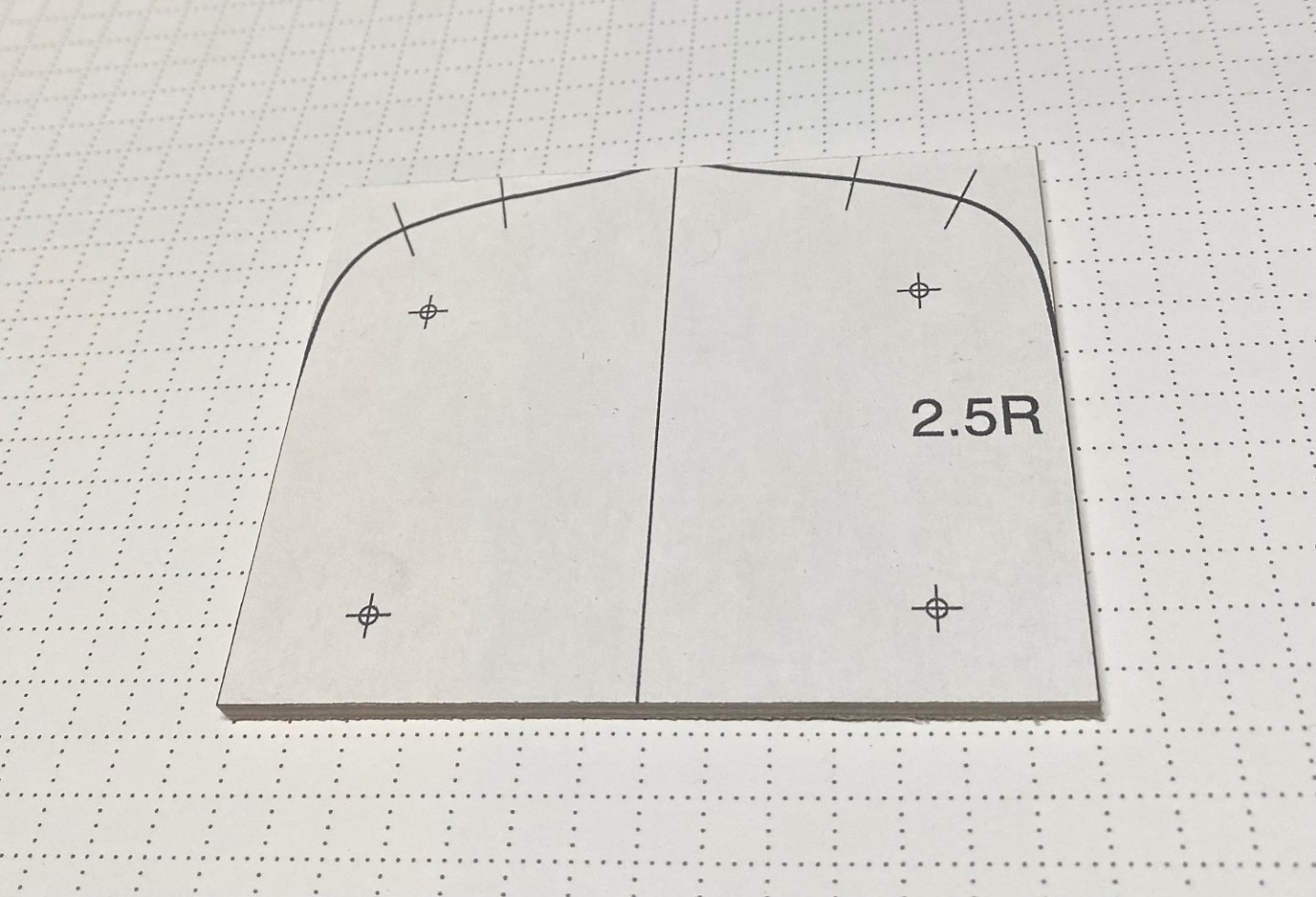
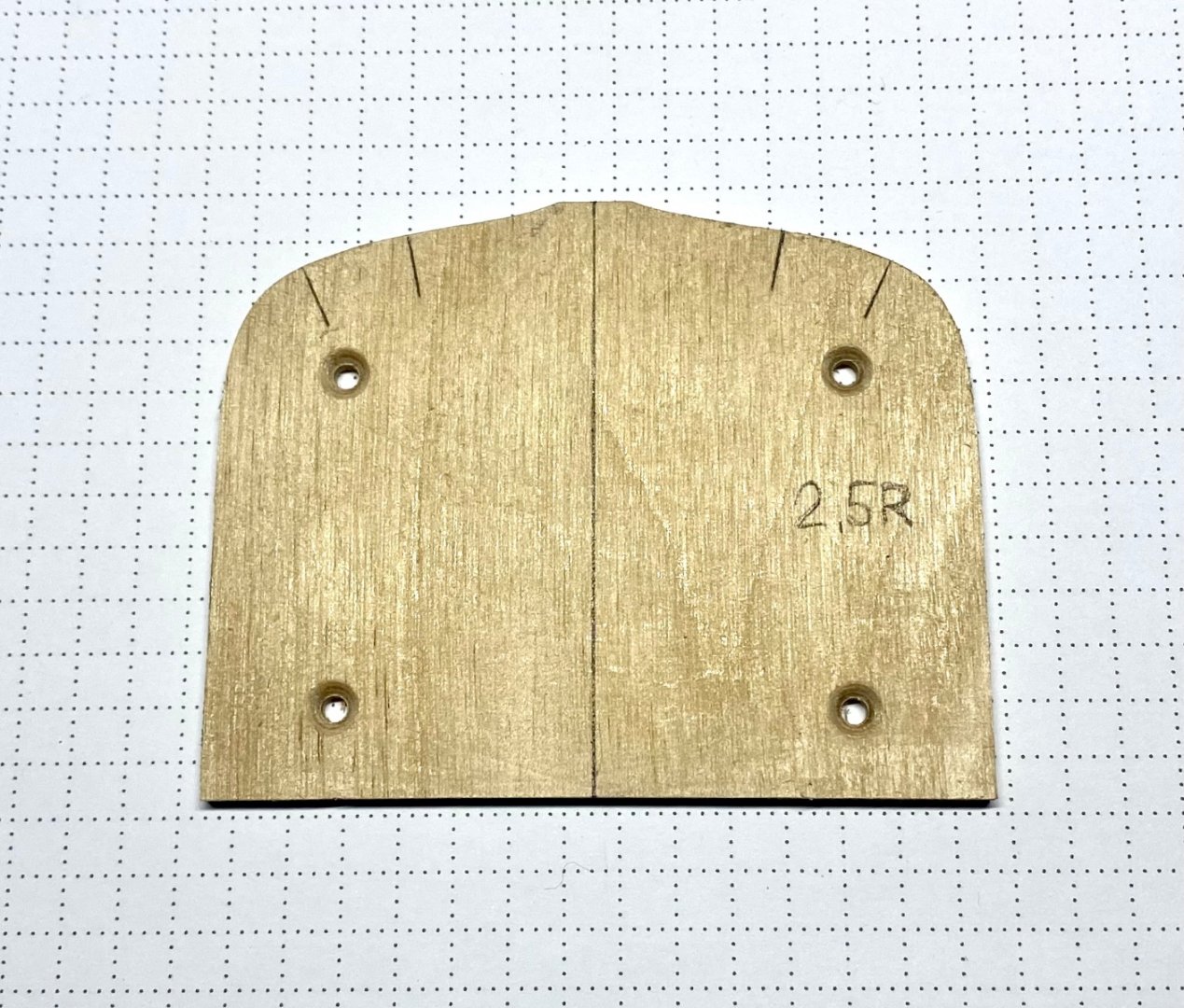
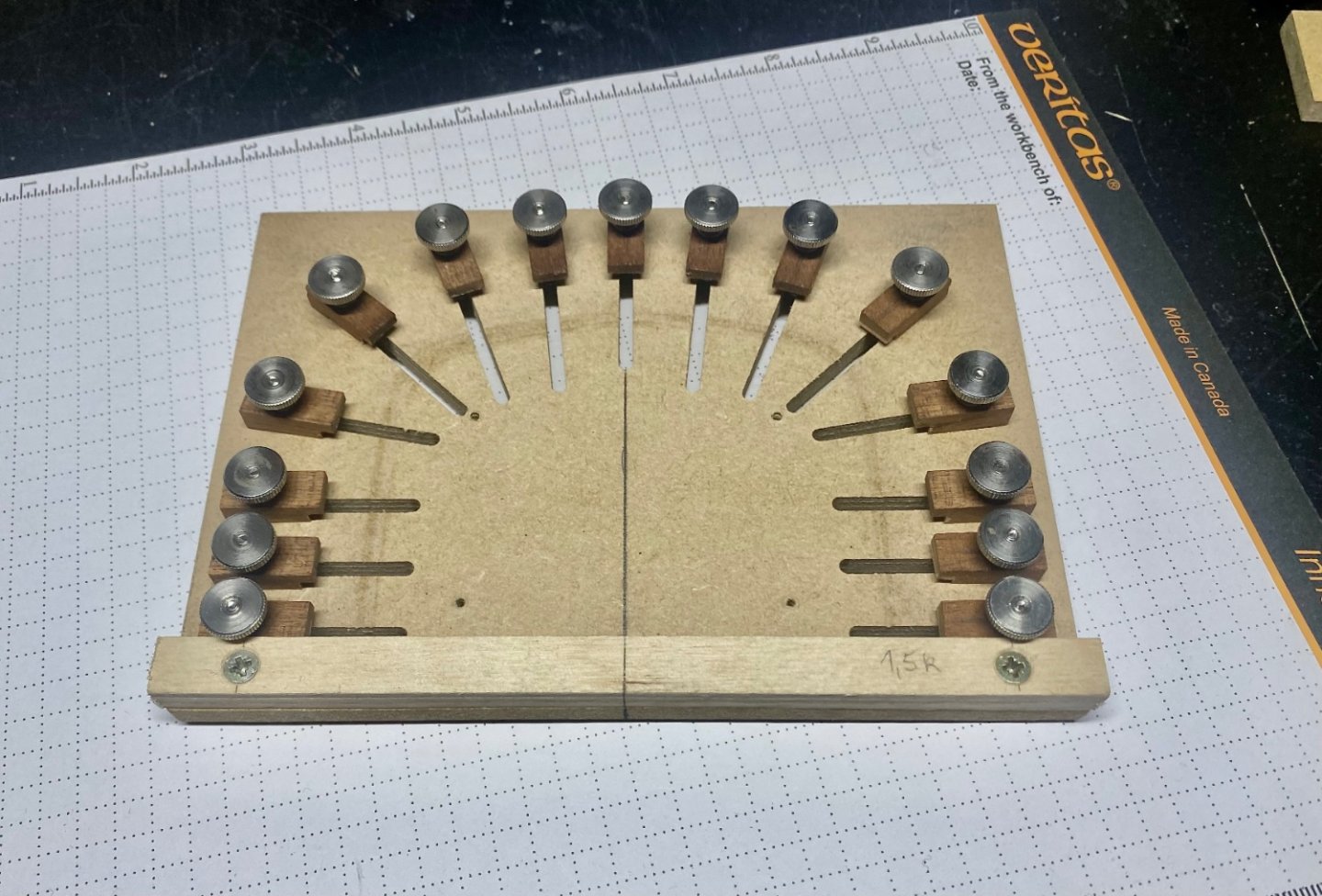
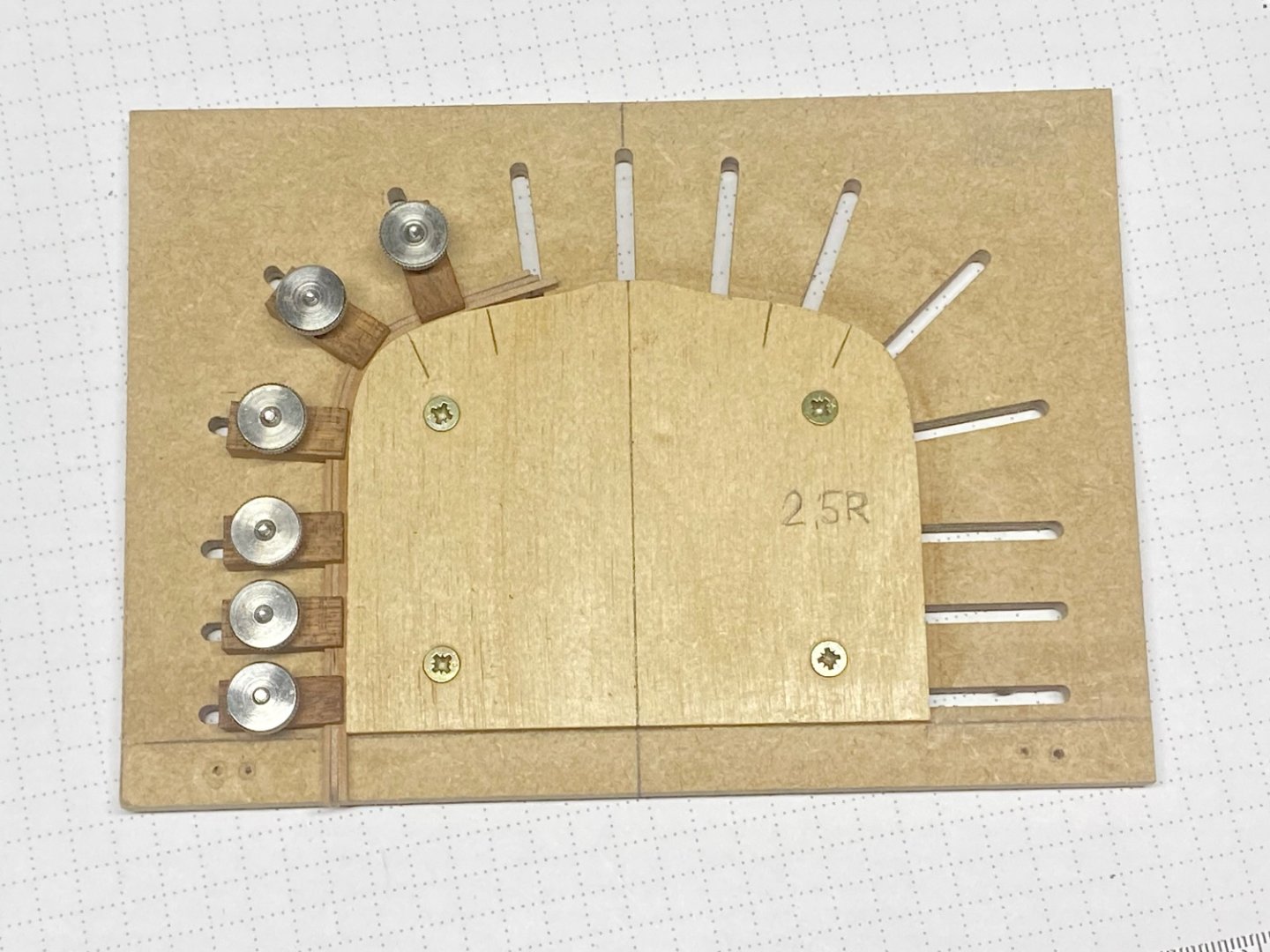
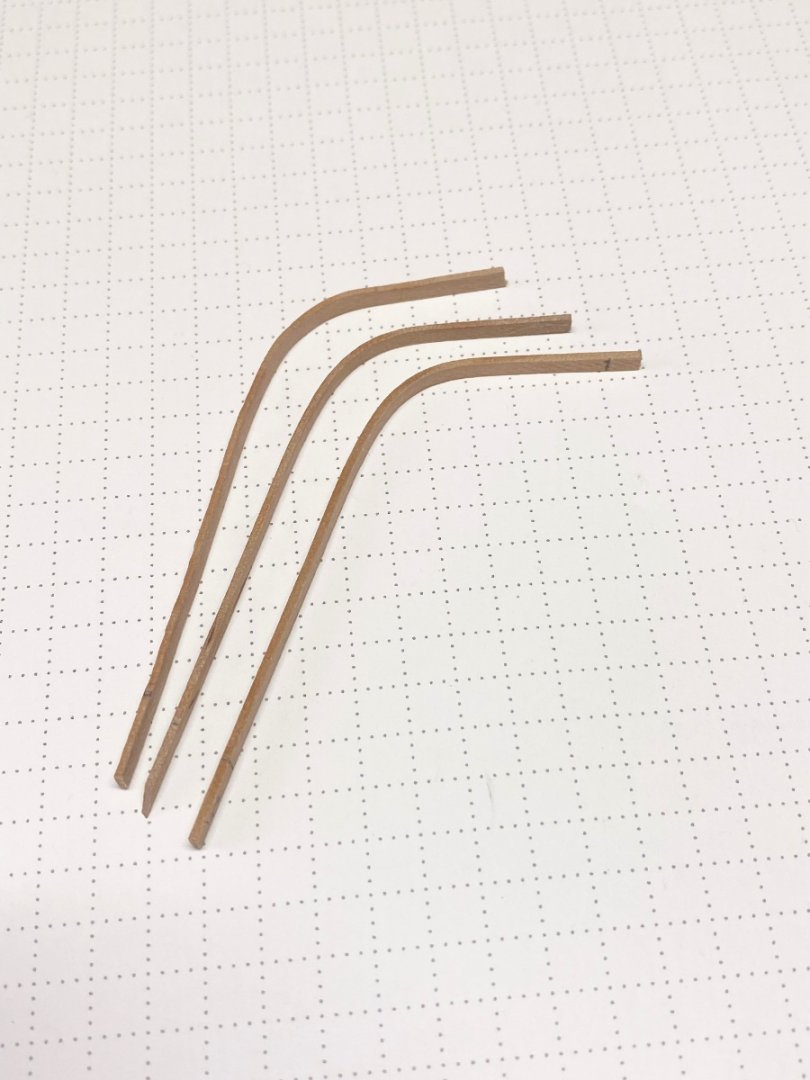
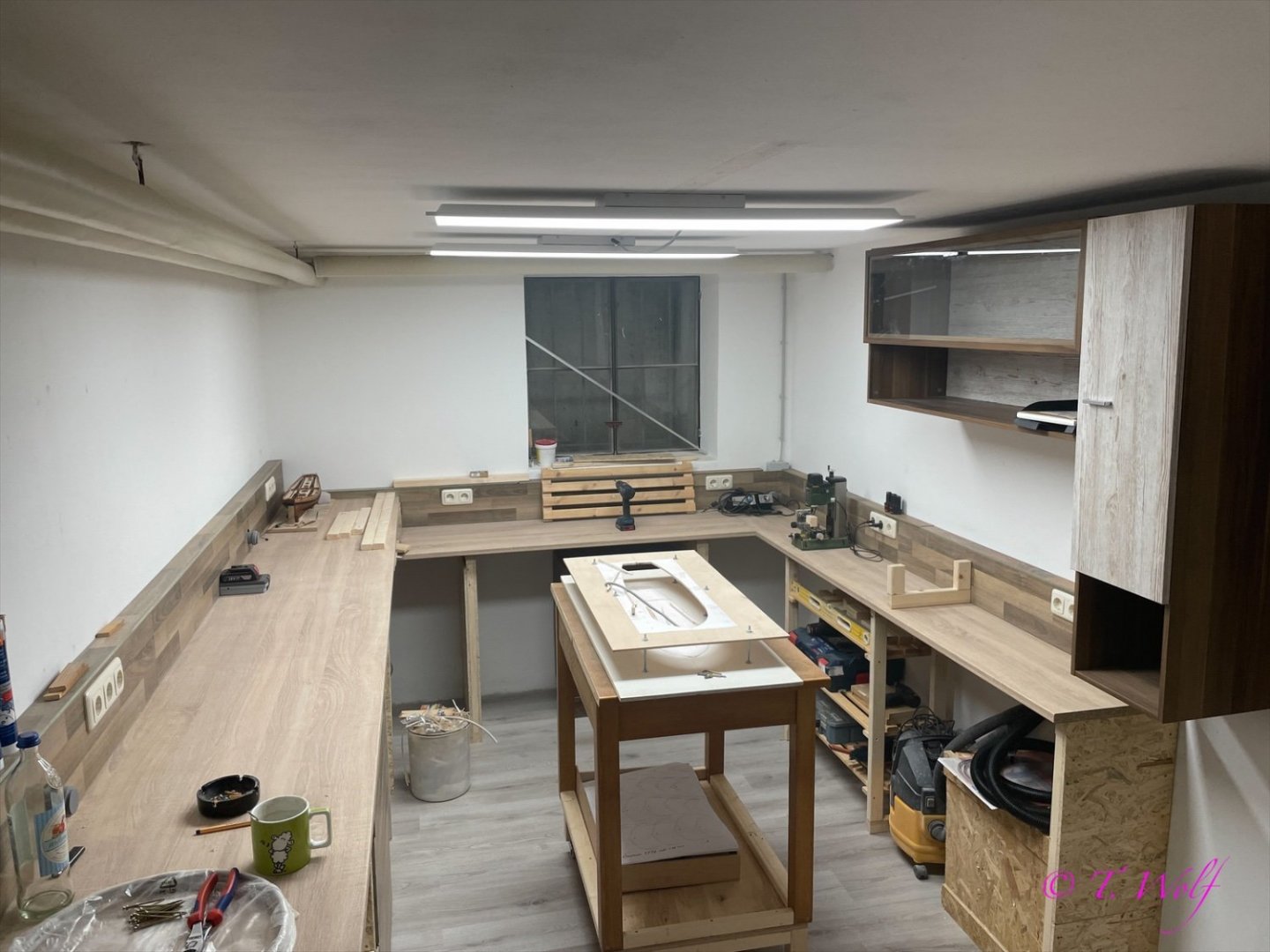
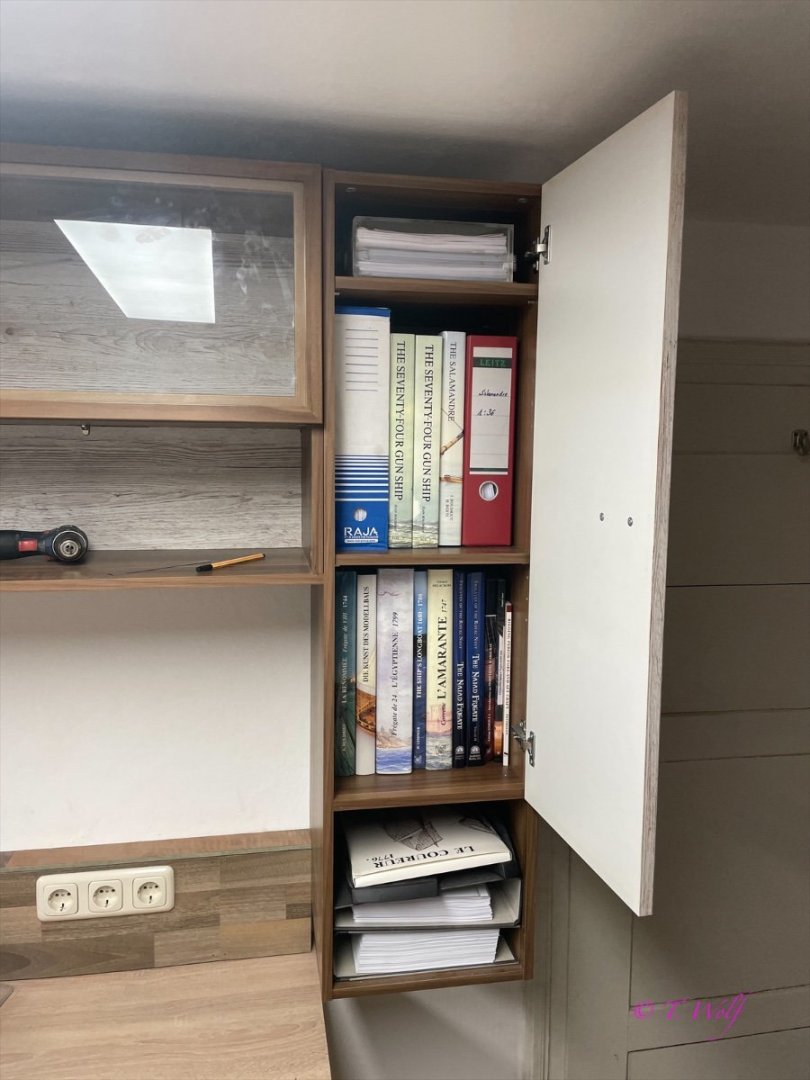
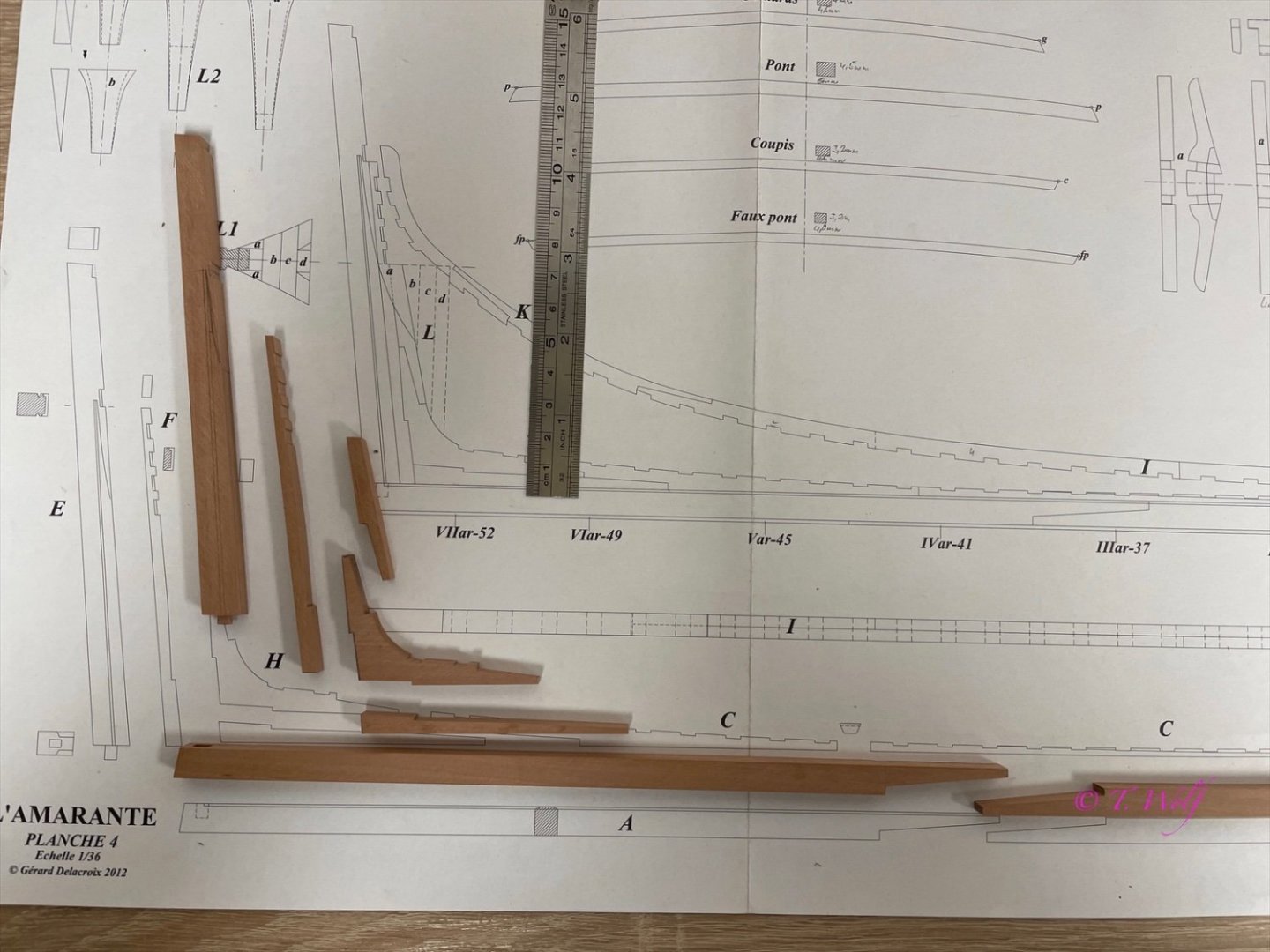
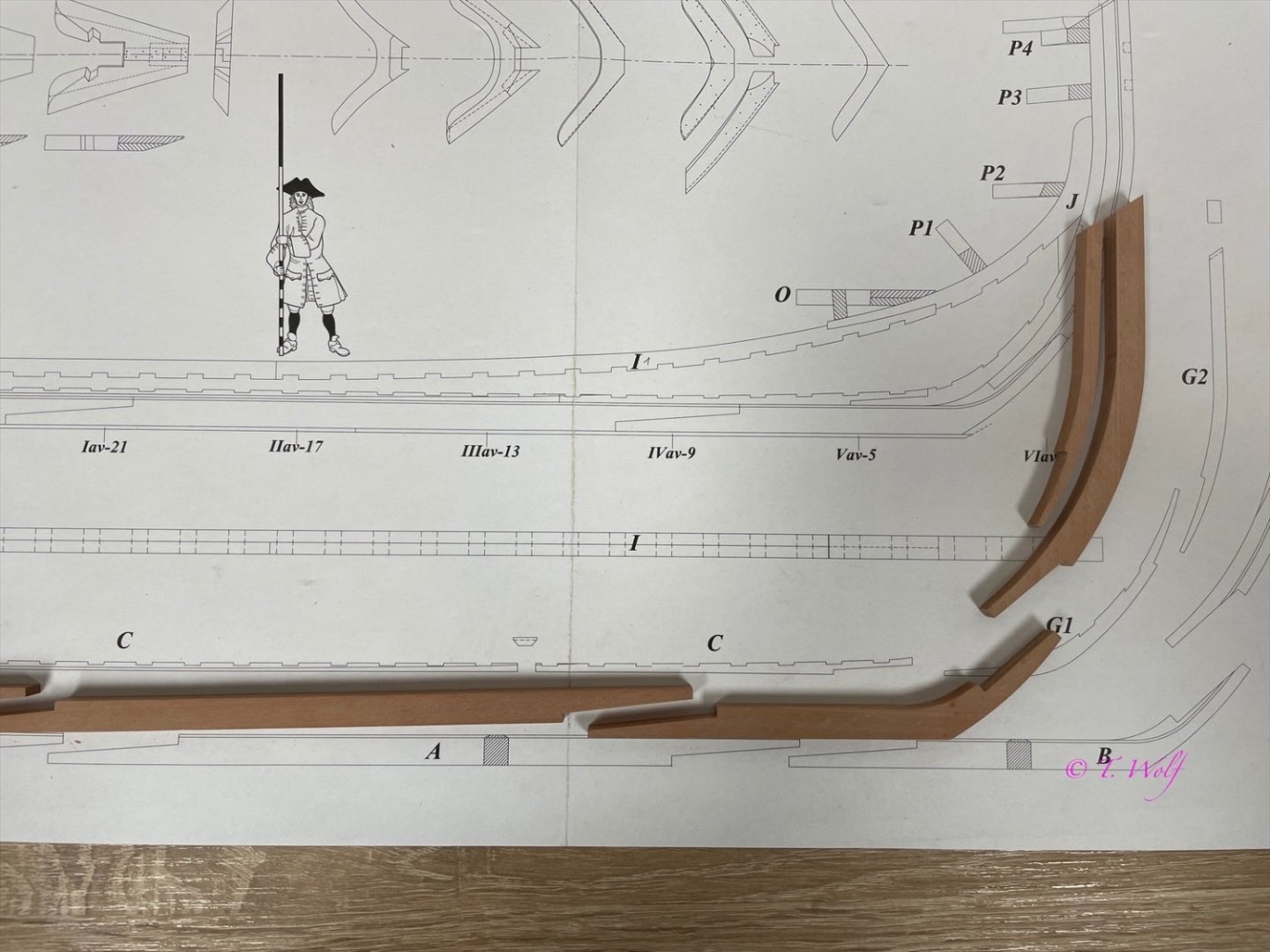
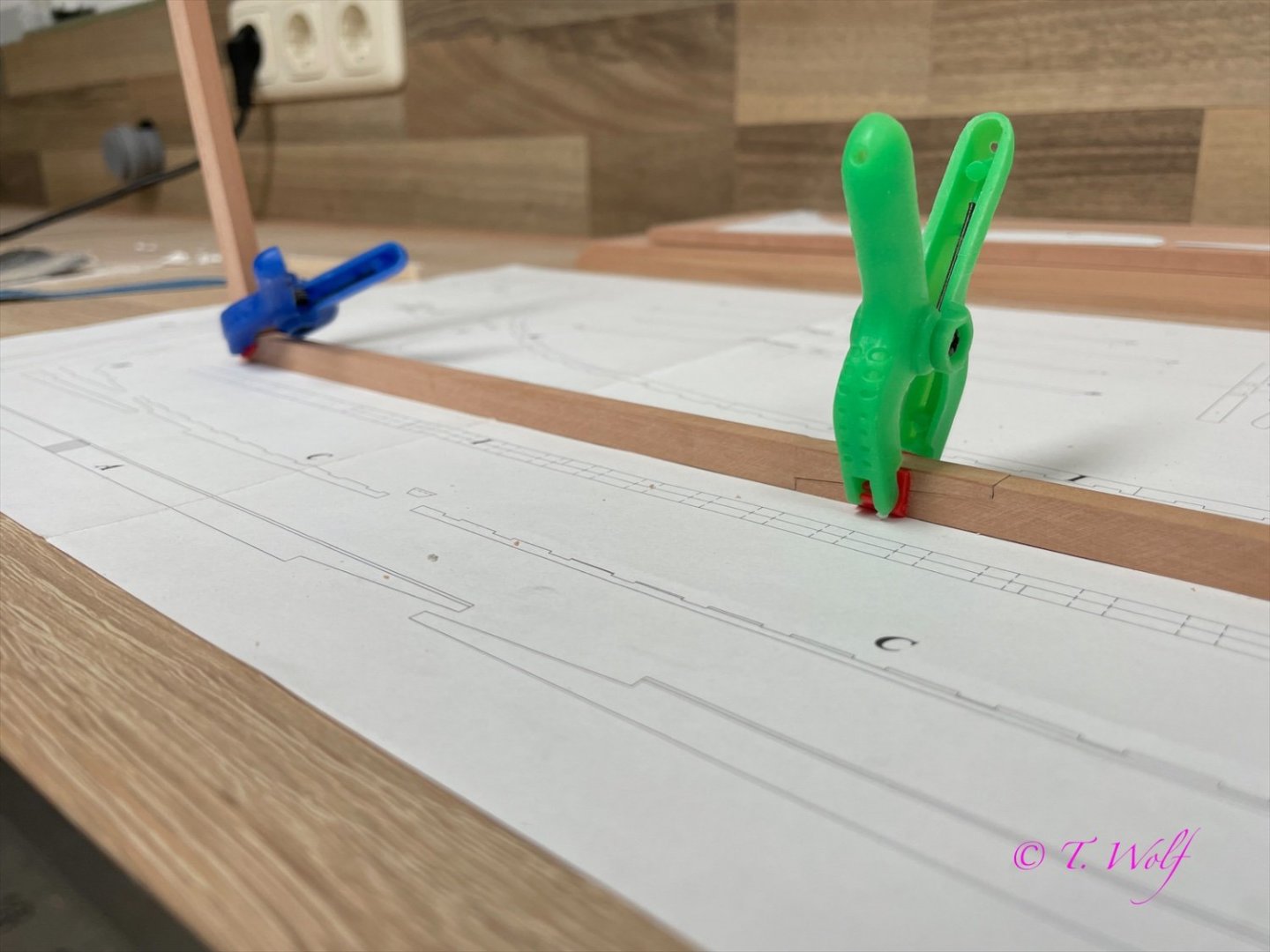
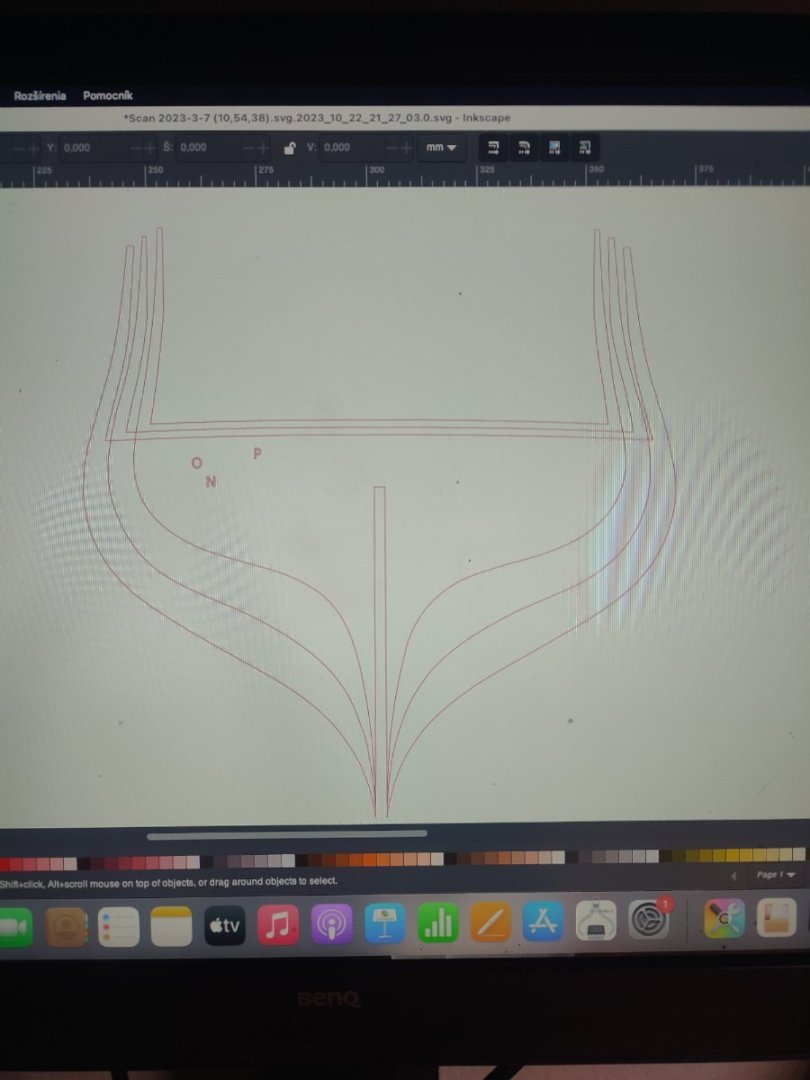
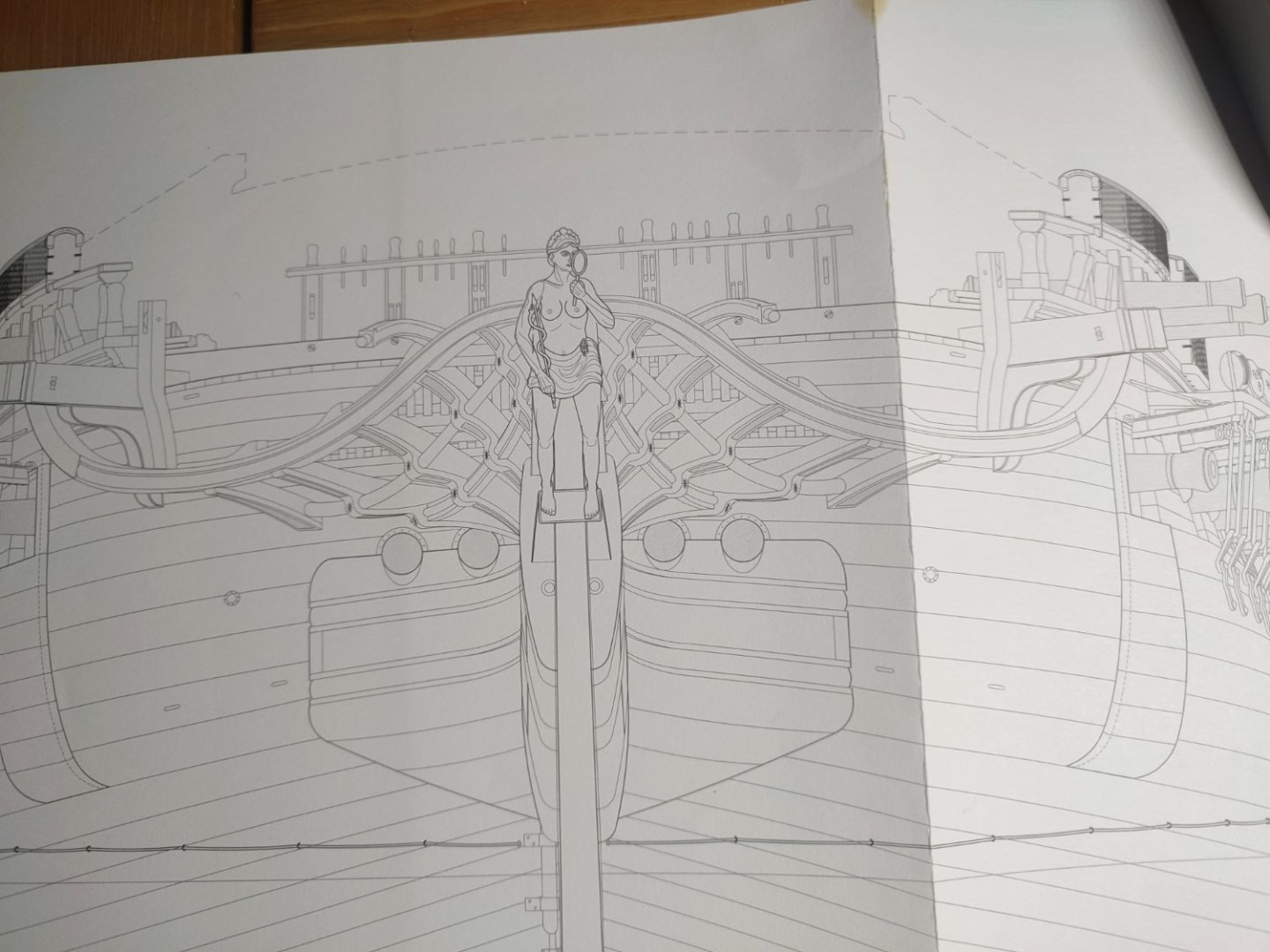
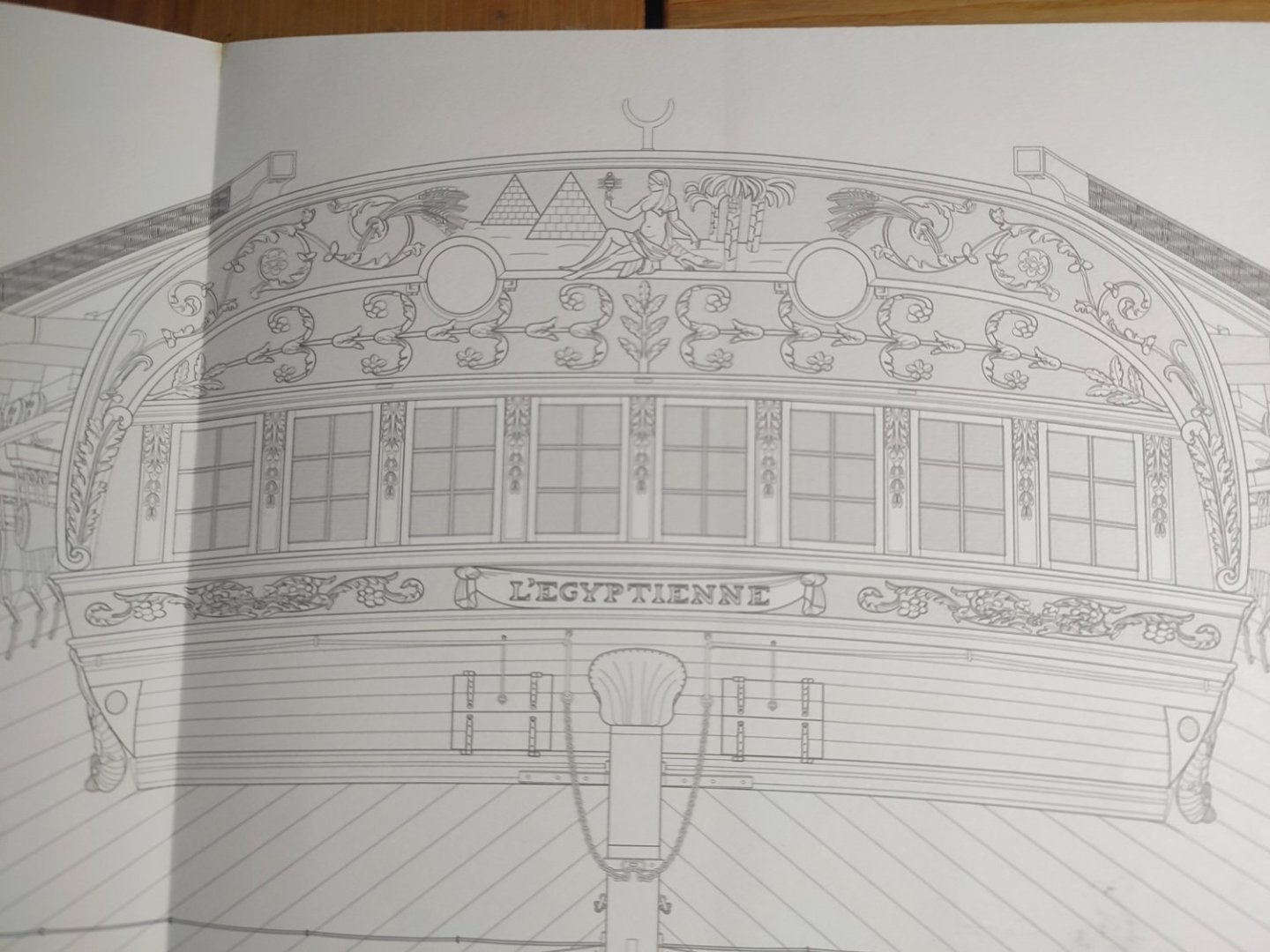
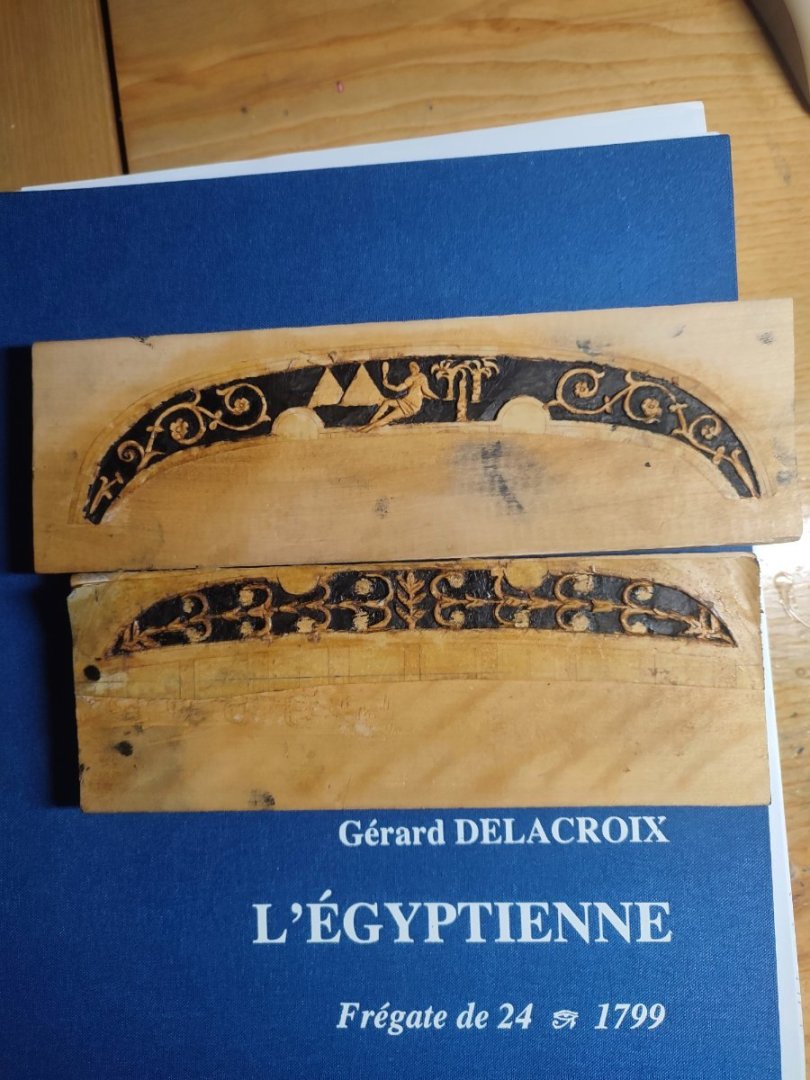
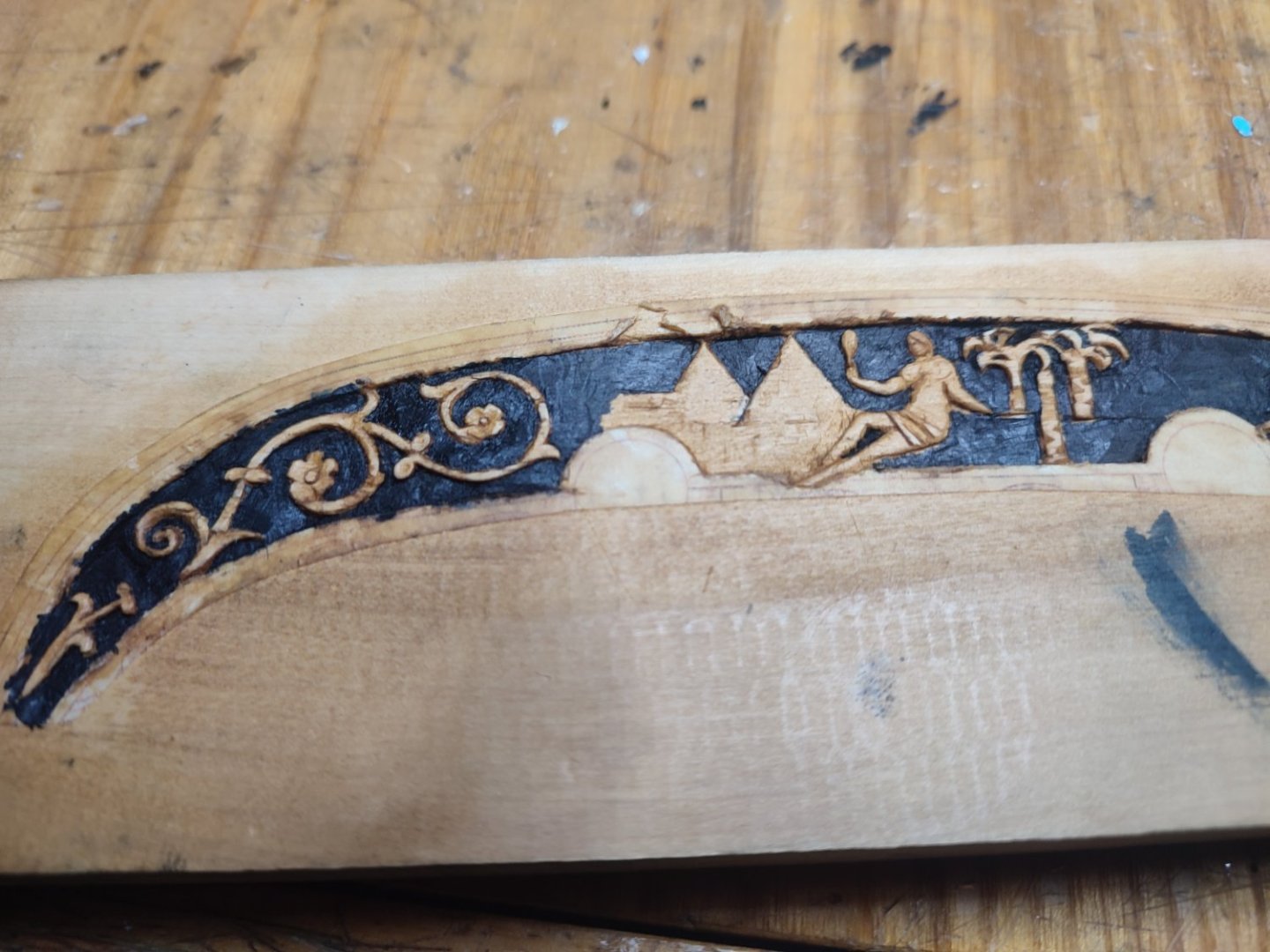
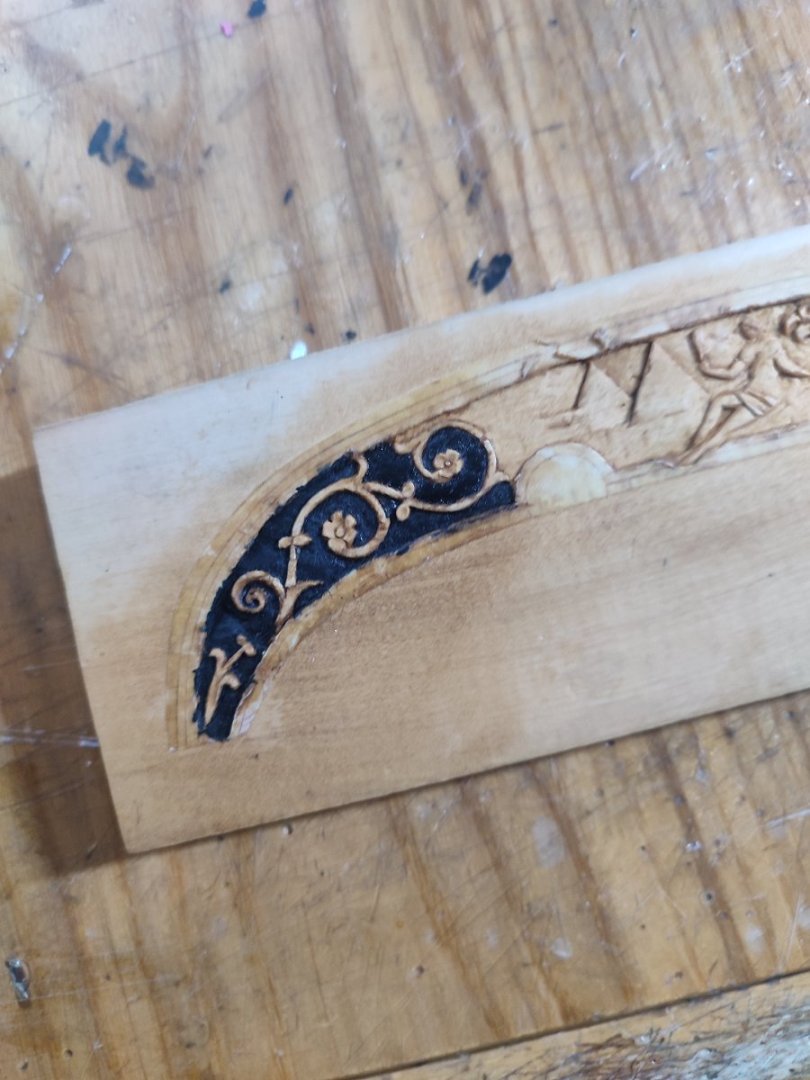

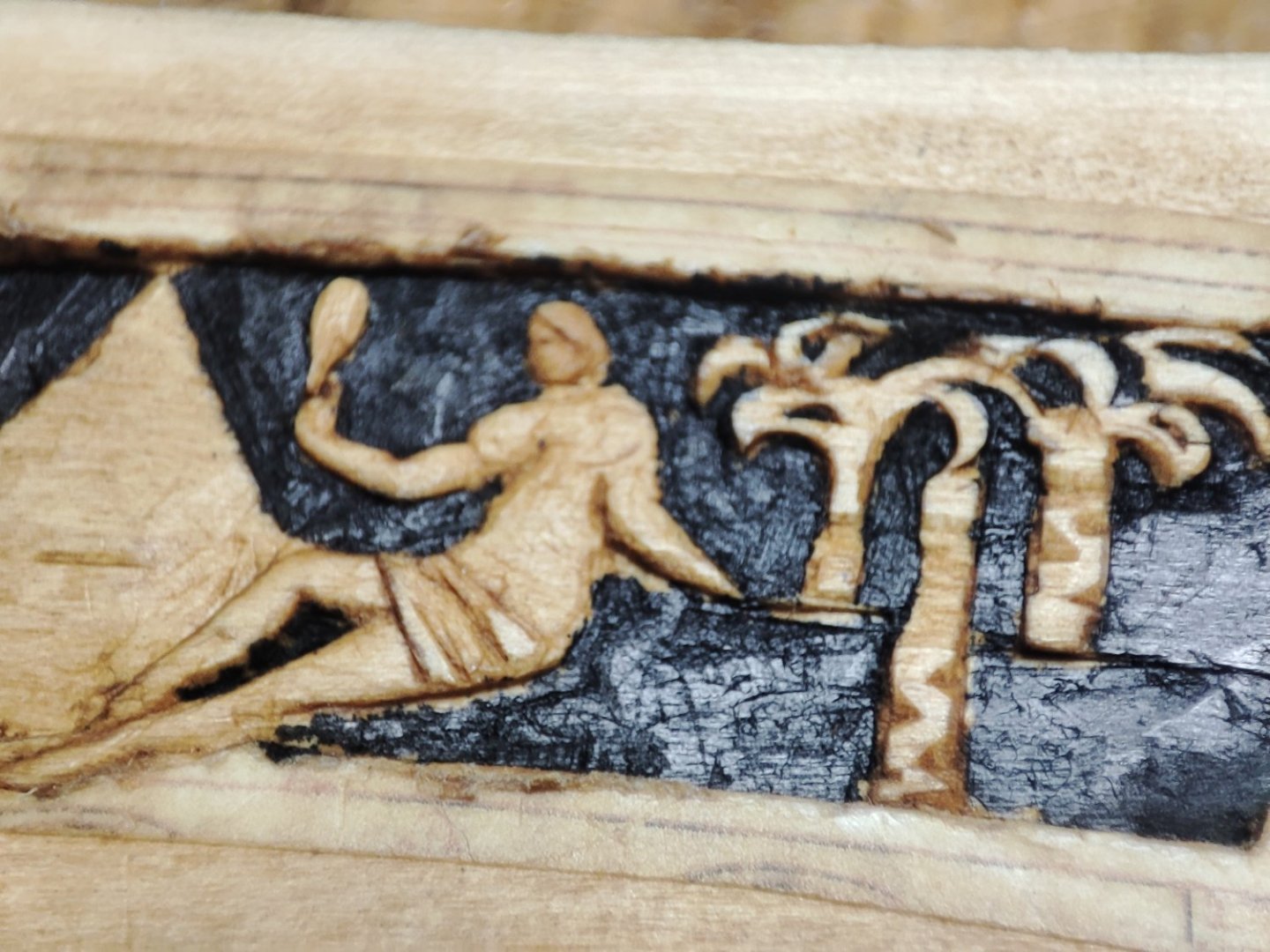

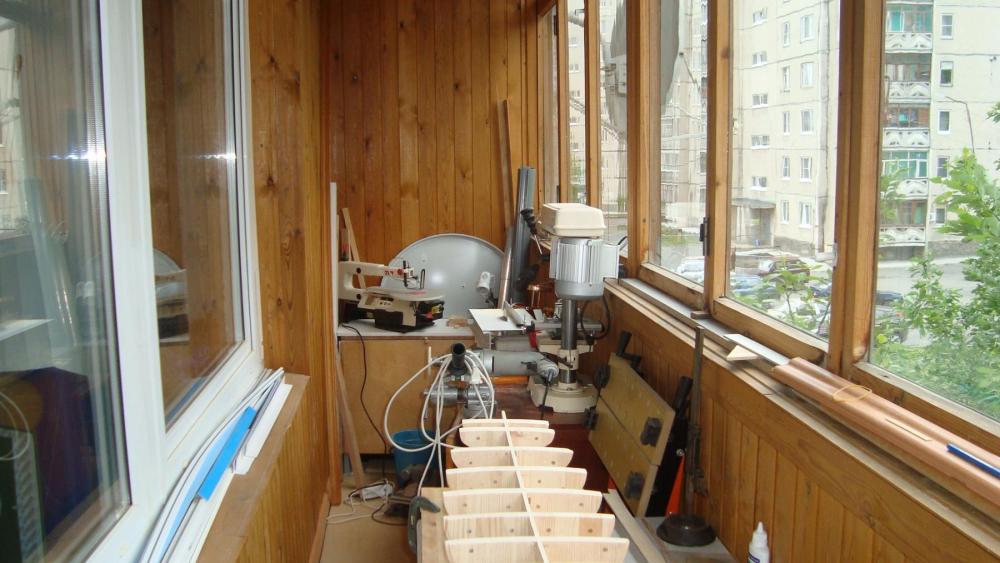
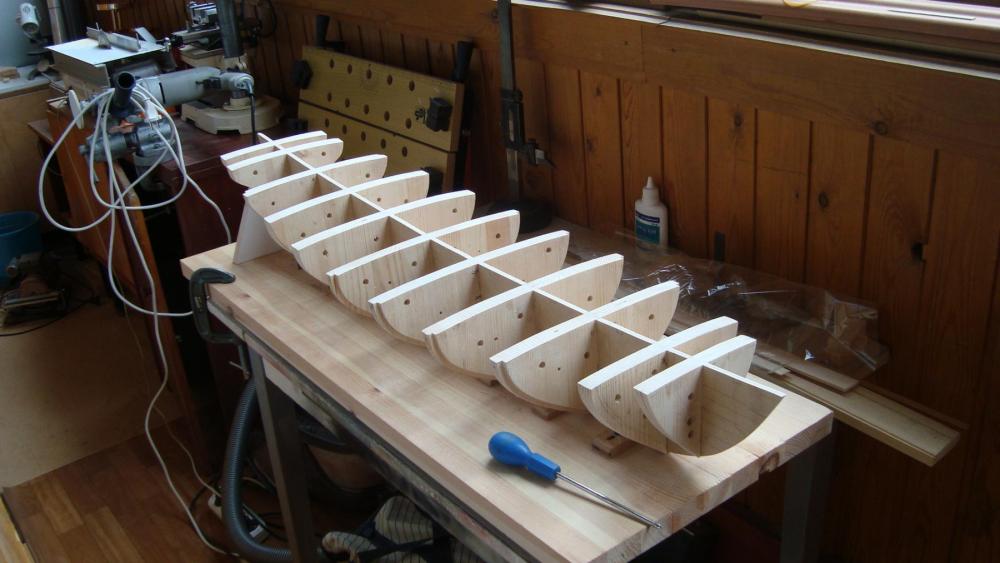
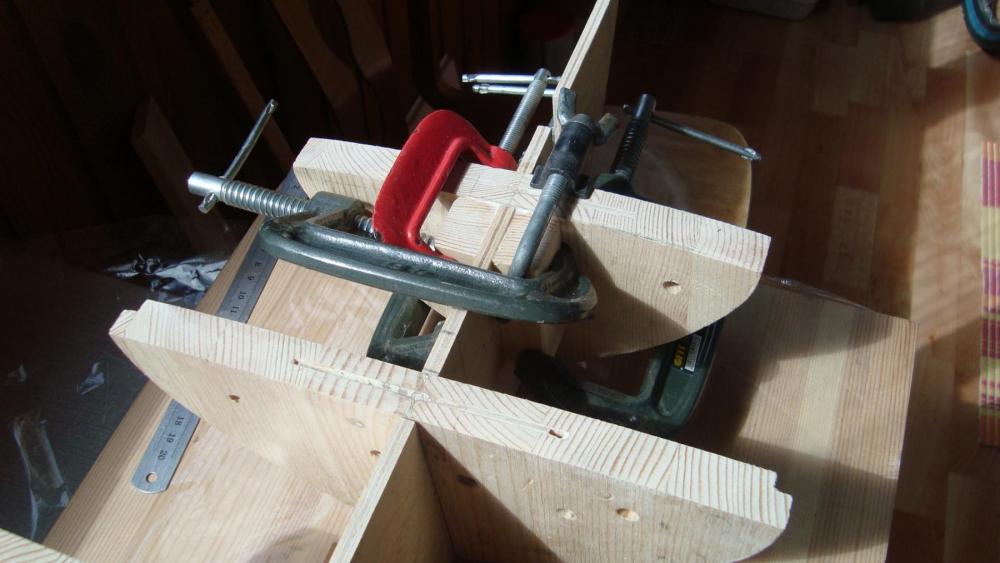
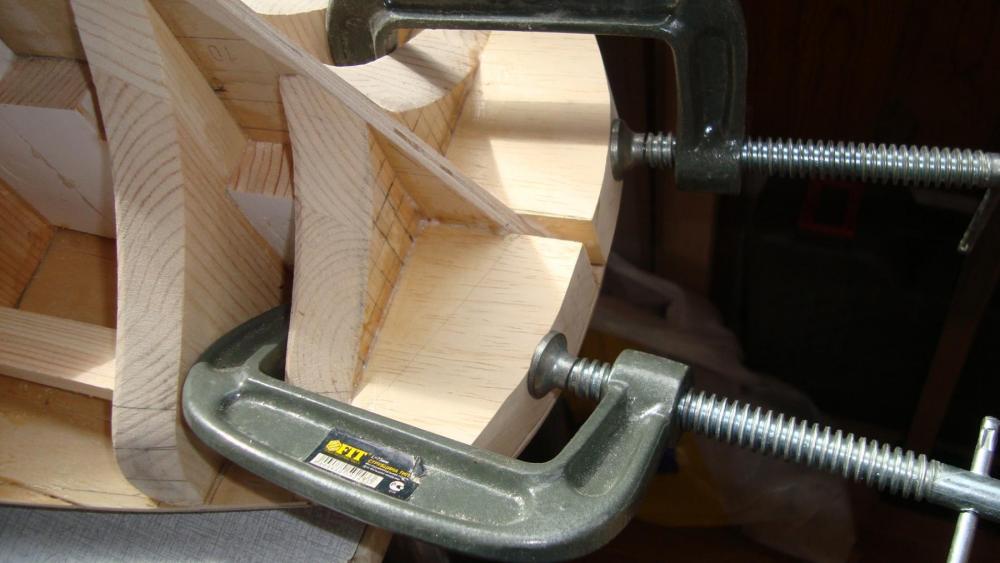
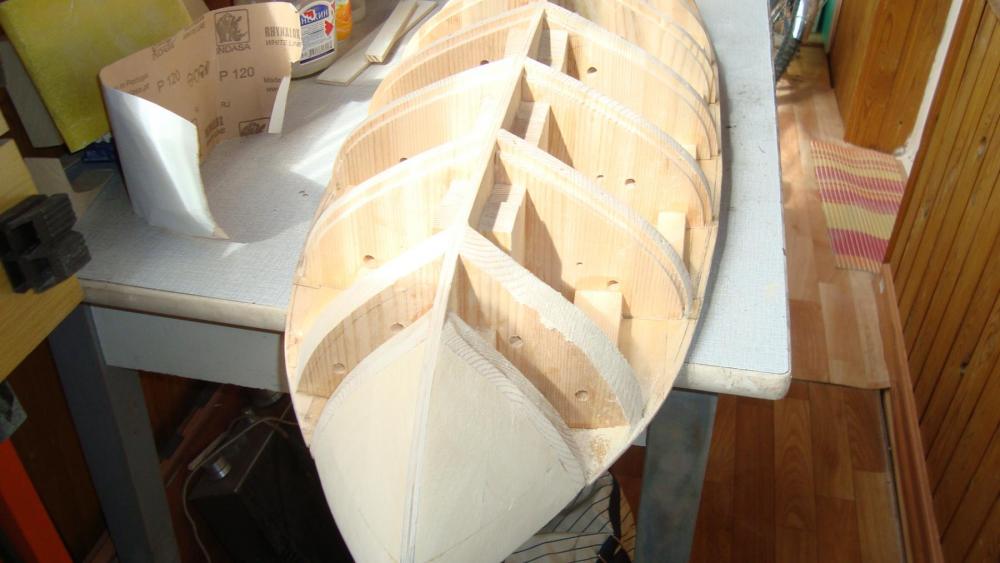
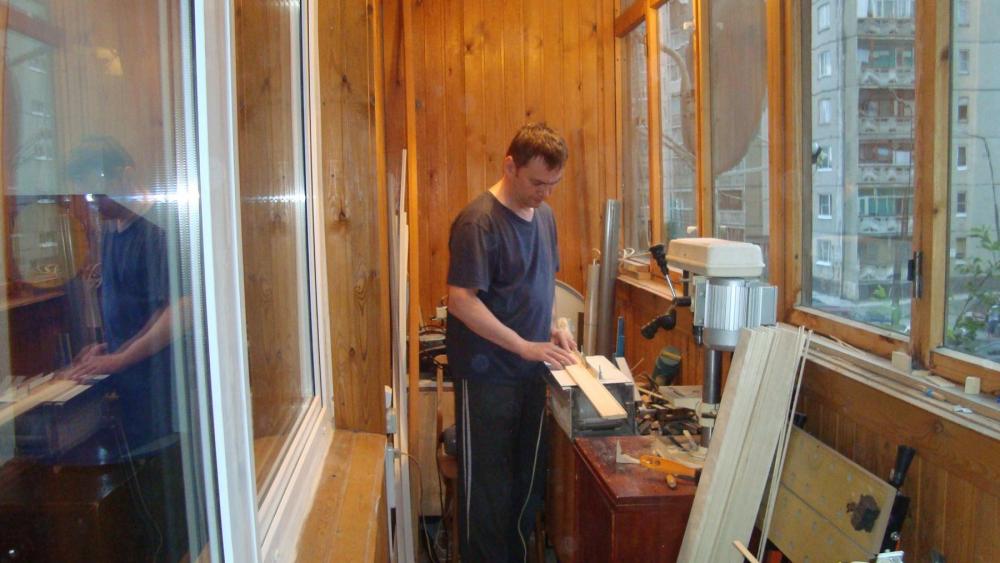
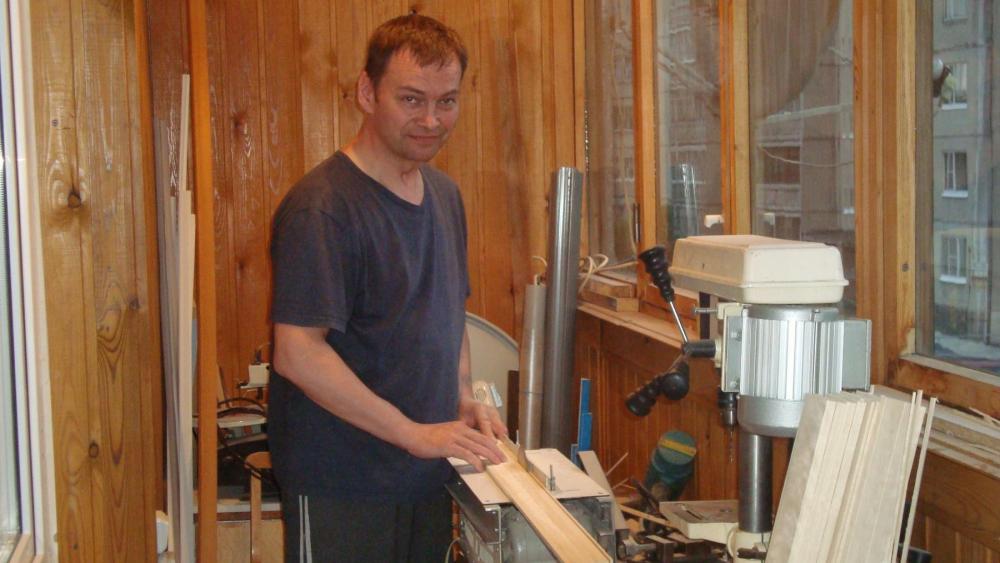
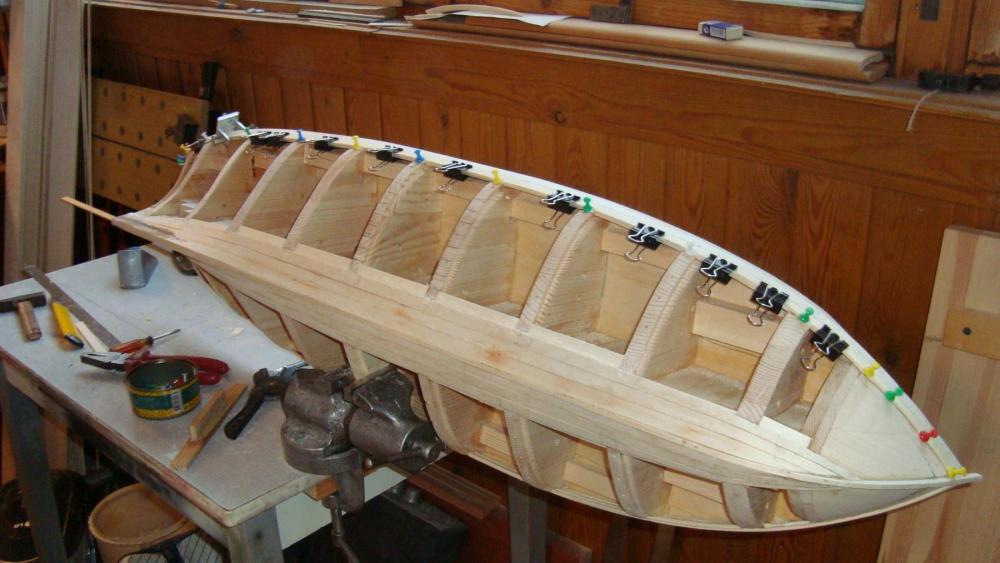
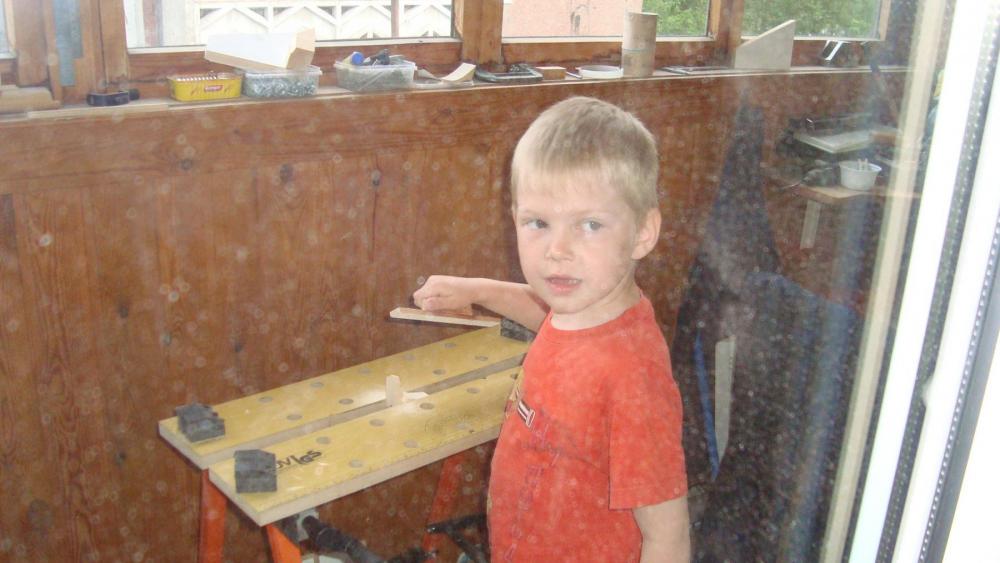
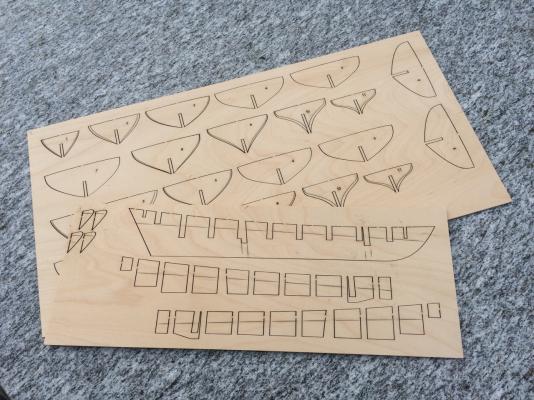
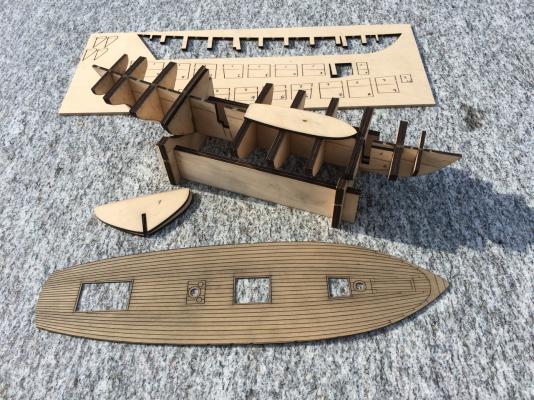

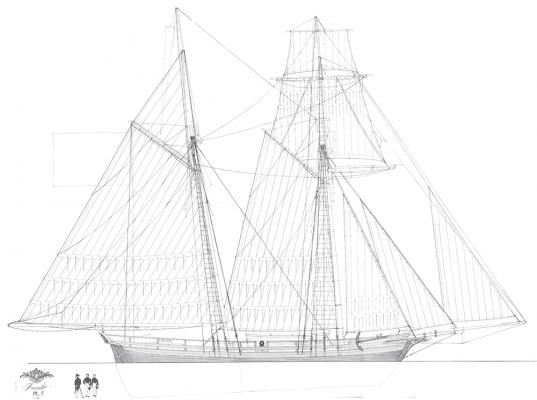
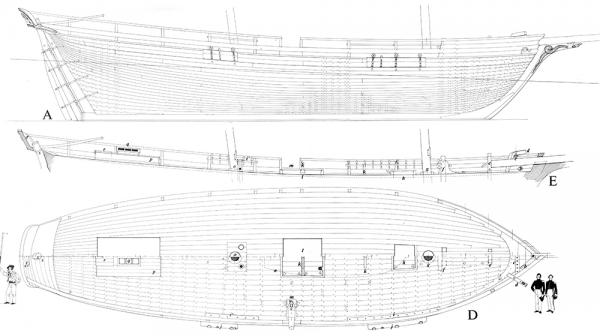
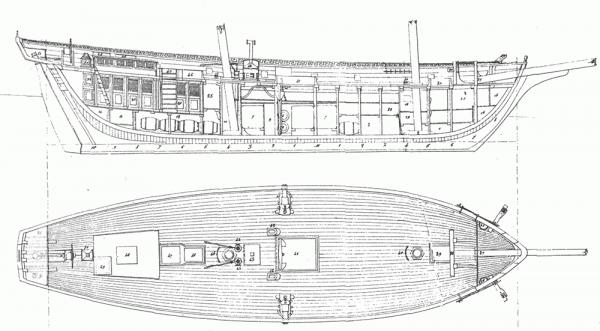

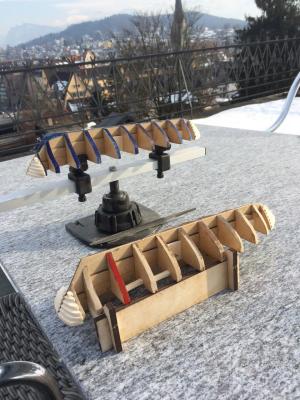
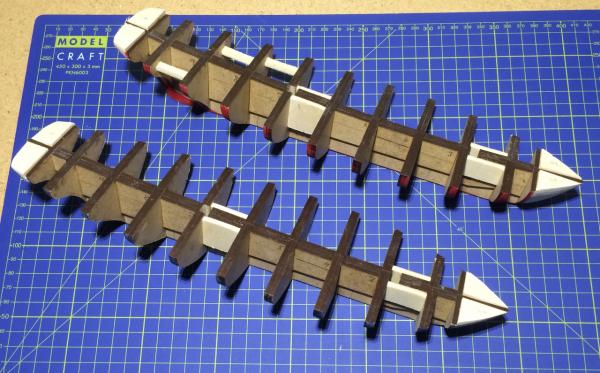
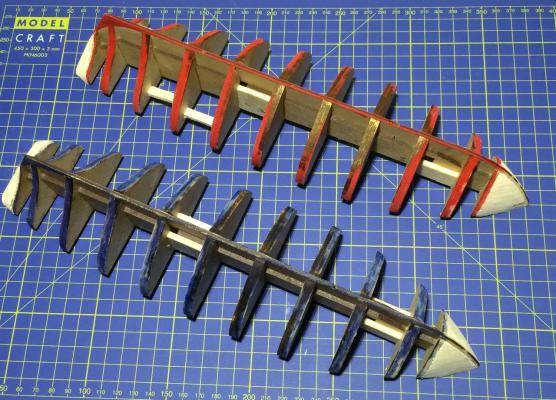
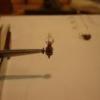
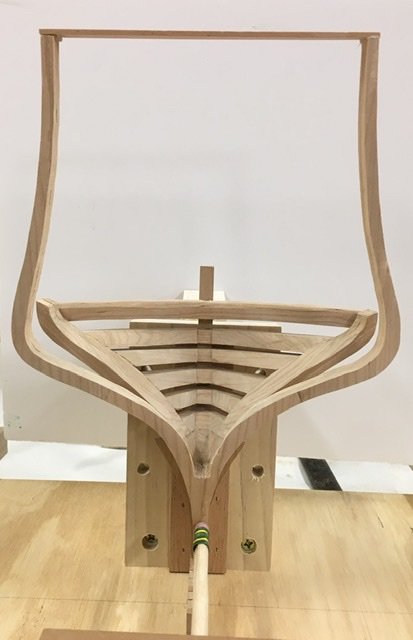
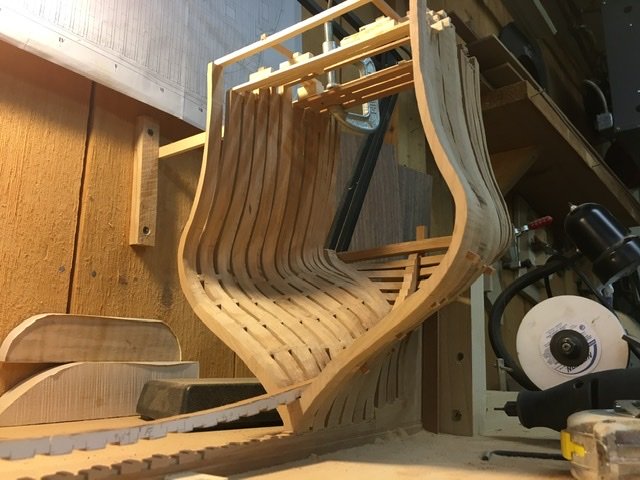
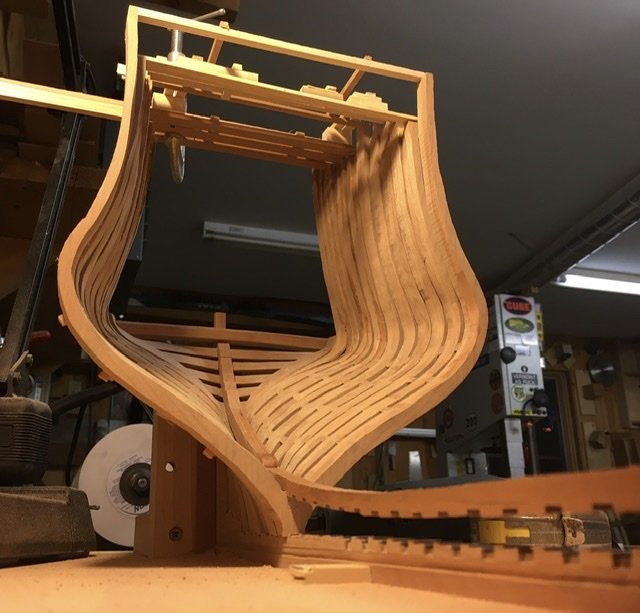
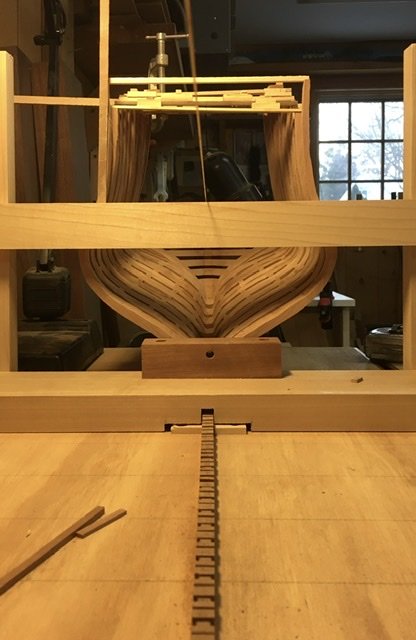
_LI.thumb.jpg.3148b90a17bf89739344f5ce9b14371b.jpg)
